CANADA (and U.S.) 2024
Contents
- Saturday 21st September - Corner Brook, Newfoundland
- Monday 23rd September - Saguenay, Quebec
- Tuesday 24th September - Québec City
- Saturday 28th September - Charlottetown, Prince Edward Island
- Sunday 29th September - Sydney, Nova Scotia
- Monday 30th September - Halifax, Nova Scotia
- Wednesday 2nd October - New York
- Friday 4th October - Newport, Rhode Island
- Saturday 5th October - Boston, Massachusetts
- Monday 7th October - Saint John, New Brunswick
- Monday 14th October - Brest, France
- Tuesday 15th October - Cherbourg, France
It's September 2024 and we have cruised across the Atlantic Ocean aboard the Sky Princess. Today we arrived at our first port of call which is Corner Brook in Newfoundland, Canada.
The area was surveyed by Captain James Cook in 1767 and the "Captain James Cook Historic Site" stands on Crow Hill overlooking the city.
We started the steep walk to the top of the hill but had only made it up about a third of the way when a local stopped by the side of us in his car and offered us a lift to the top which we gratefully accepted. A very kind gesture by him and a good advertisement for Canadian friendliness!!

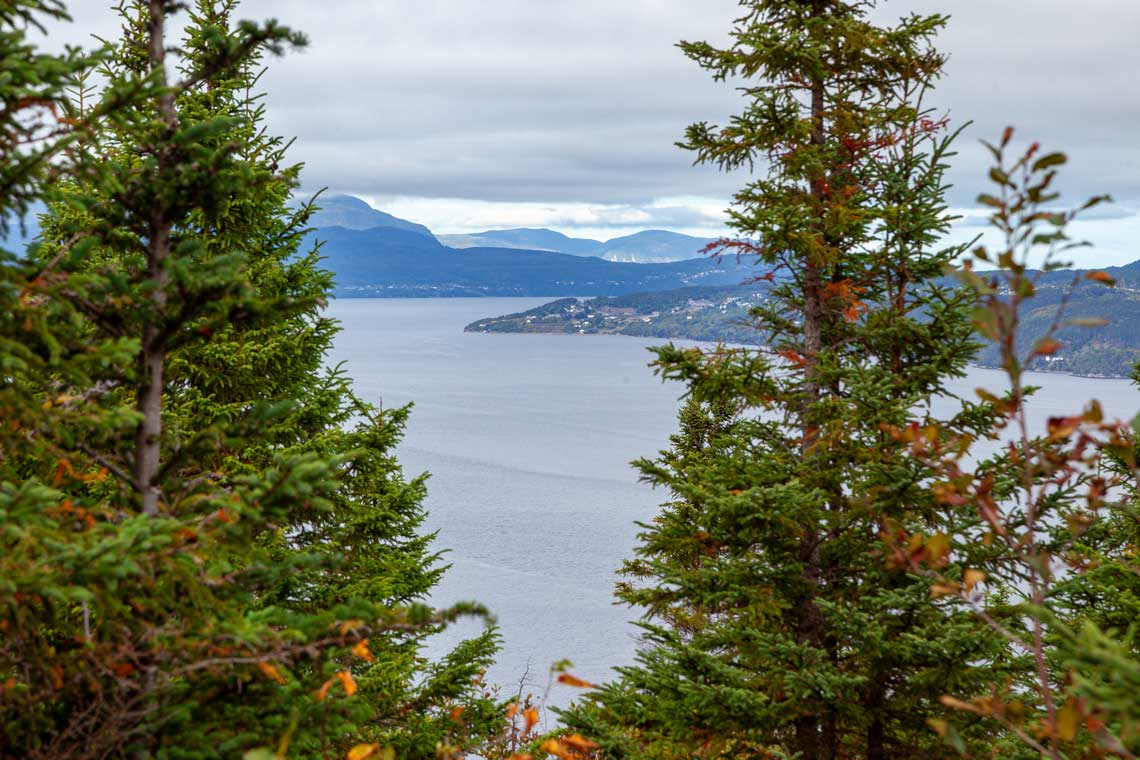
After walking down from the James Cook Monument (no locals to give us a lift down this time!), we walked through the centre of Corner Brook and onto the Corner Brook Steam Trail. This is a picturesque walk along the side of a river and lake which runs through land owned by Corner Brook Pulp and Paper Limited but which has been donated by that company for public use. It passes by the Glynnmill Inn on the way.

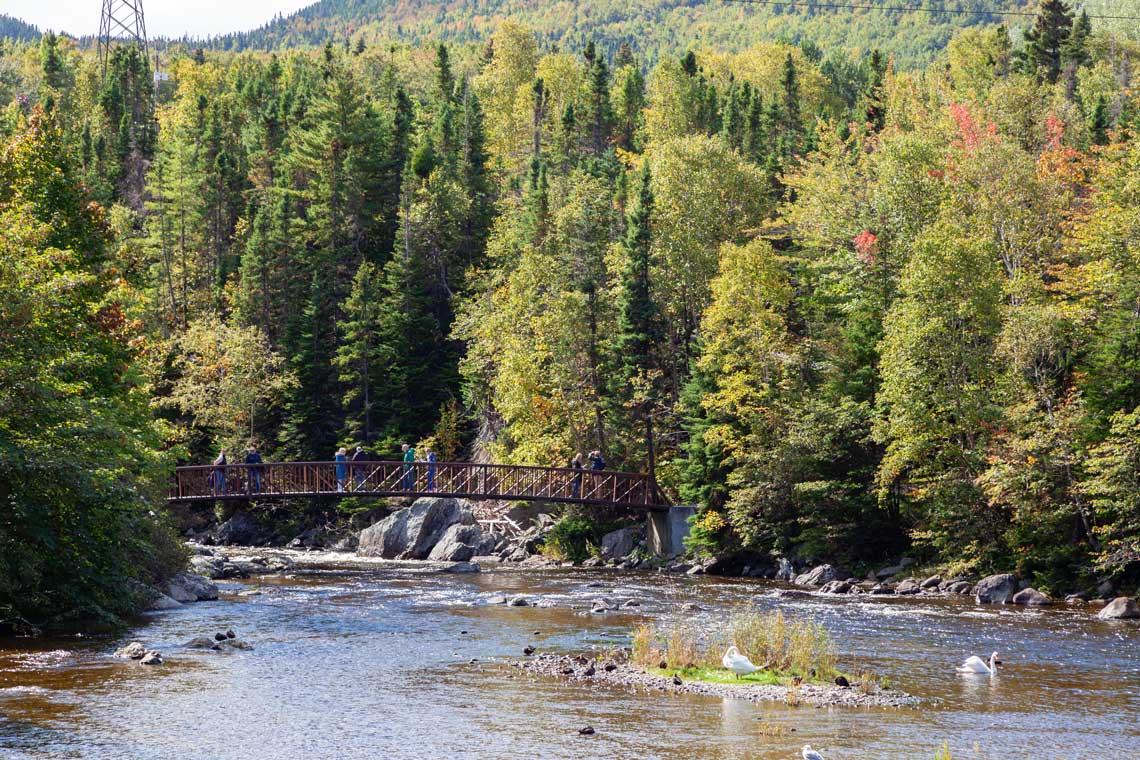
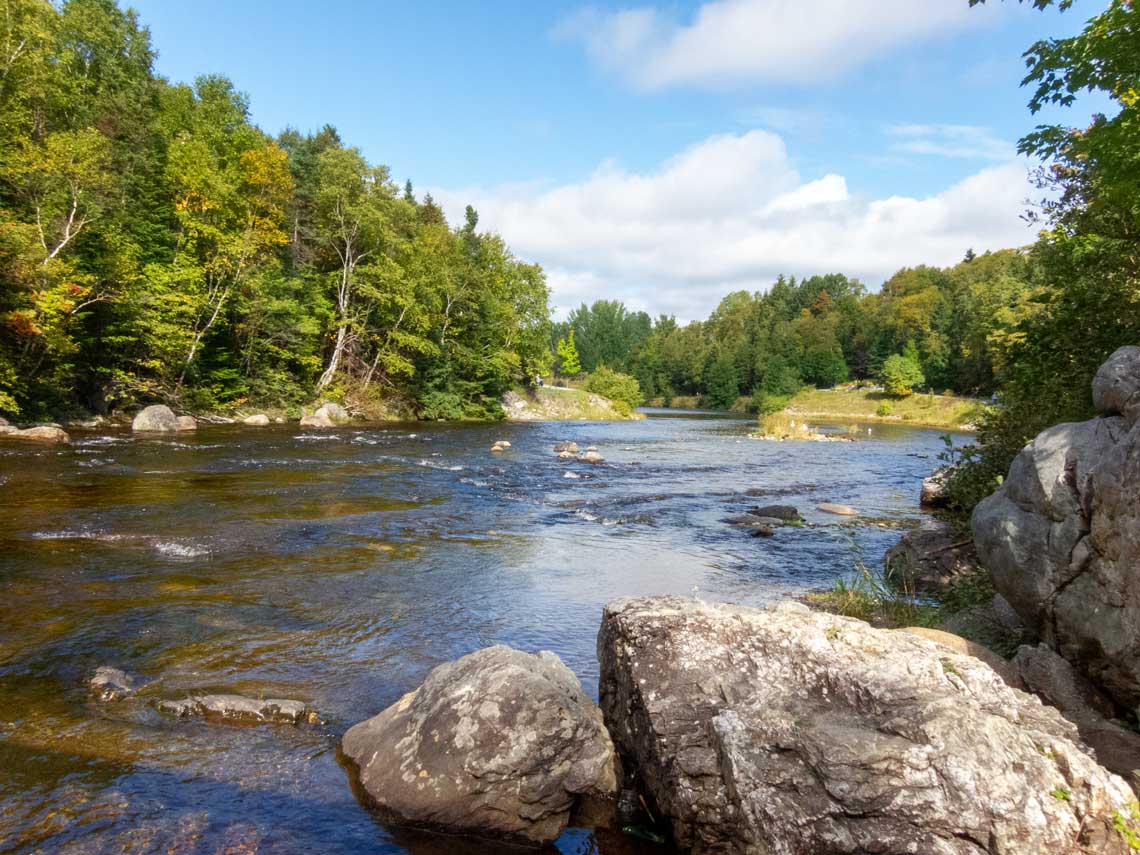
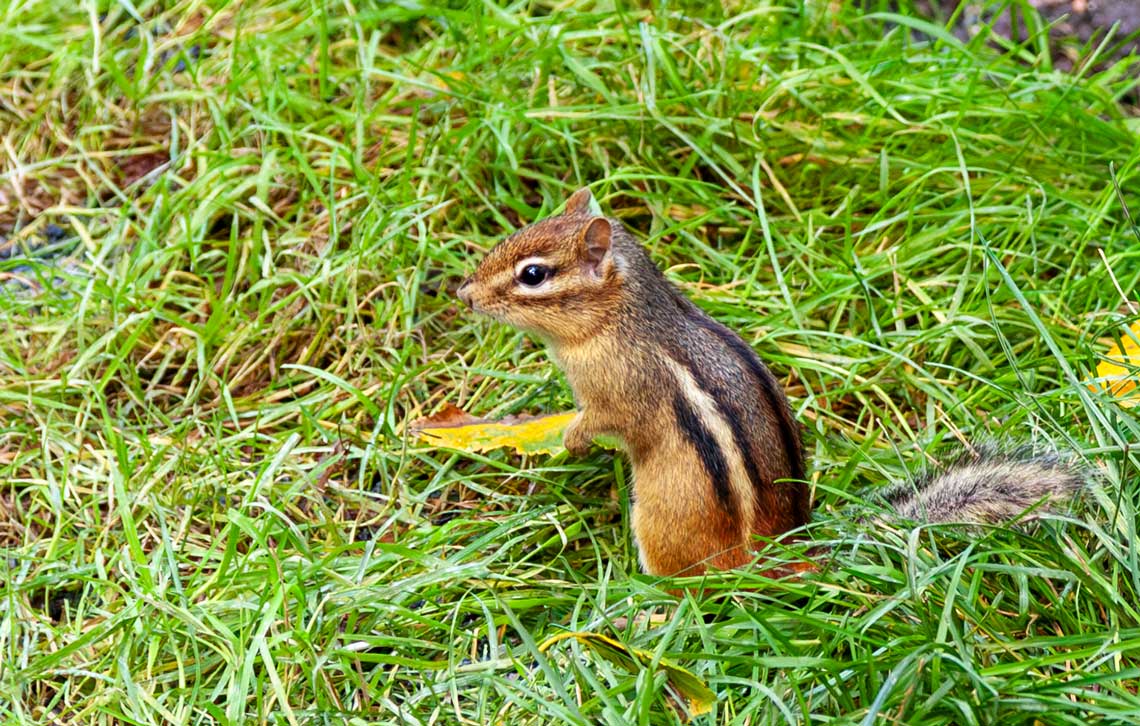
Following our walk around the trail, we carried on back into the town centre.

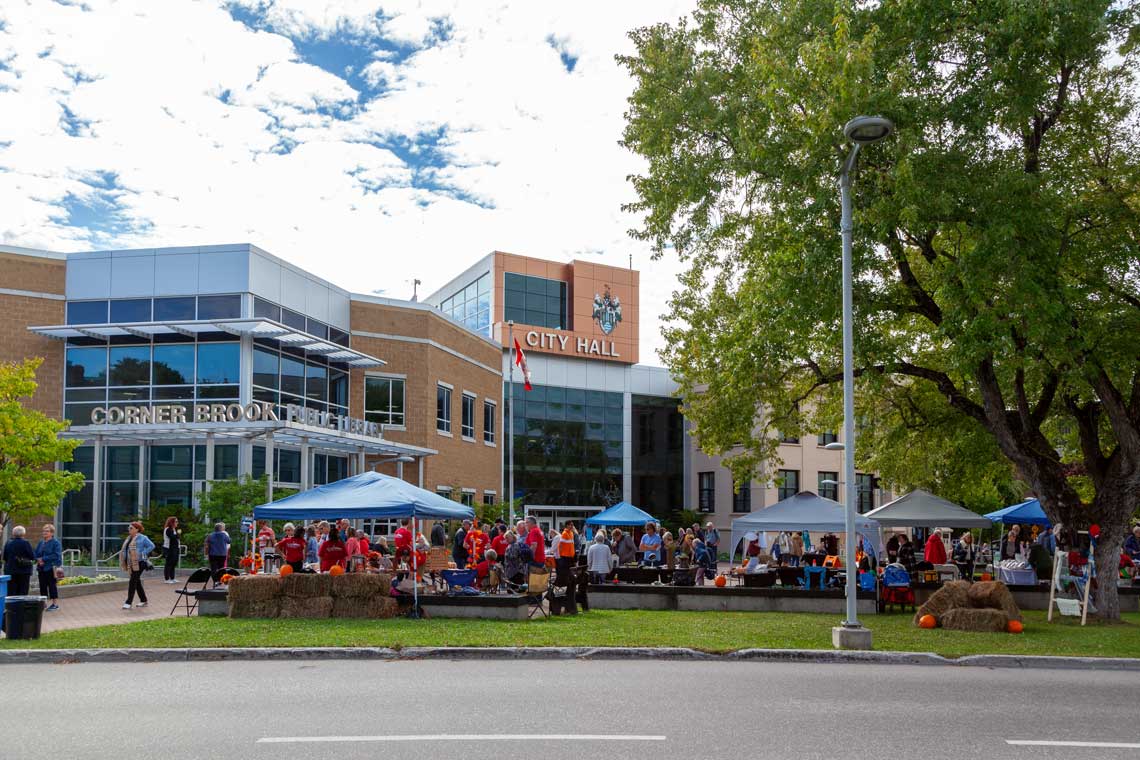
We walked a total of 9 miles today and I'm shattered!!
The city now known as Saguenay was created in 2002 by combining seven cities and municipalities. The main area is Chicoutimi which grew from a small hamlet until in the 19th century it became the world's pulp and paper captital.
Our ship actually docked in another municipality called "La Baie" which is renowned as the gateway to the magnificent Saguenay Fjord National Park.
The Saguenay Fjord is 65 miles in length and is the most southerly fjord in the Northern Hemisphere. It is home to 4 species of whales and 54 species of fish.
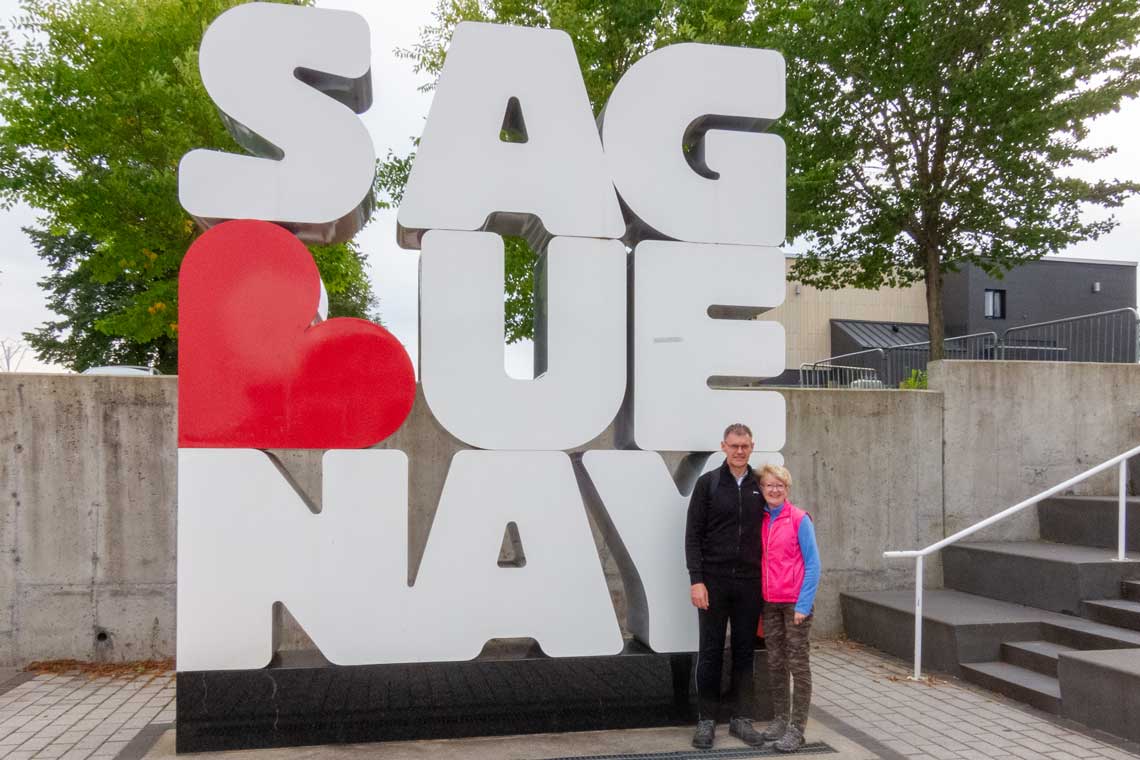
Before setting off on our cruise, we decided that we would hire bikes once we arrived at Saguenay as I'd found a bike shop on the internet that didn't seem too far from where our ship was going to anchor. However, when we arrived, it was a very windy day and we very nearly took the hop-on-hop-off bus instead. We are glad that we decided to brave the weather as it was a great day out for us.
The shop I'd identified had a sign outside saying that there were bikes for hire but when we went inside the owner said that they didn't rent bikes! Maybe he meant something different because Saguenay is in the French speaking part of Canada and he didn't seem to be able to speak much English. He did however direct us to "the small brown house" where we could rent bikes
It turned out that what he meant by "the smail brown house" was a kiosk that was right alongside the terminal building. Once there we hired two bikes for four hours.
They took a few minutes to get used to as they were electric-powered and they were "beasts" (huge tyres and very heavy!!) They had a twist grip much like a motorbike which increased the power instantly if needed.
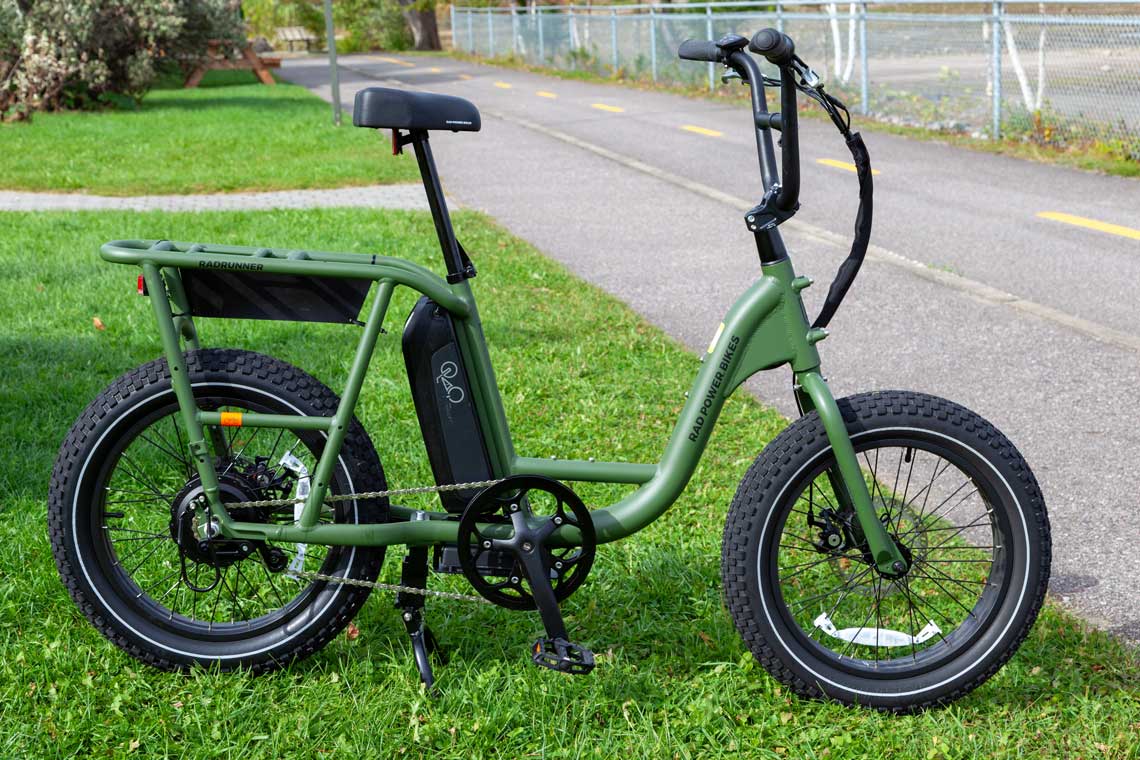
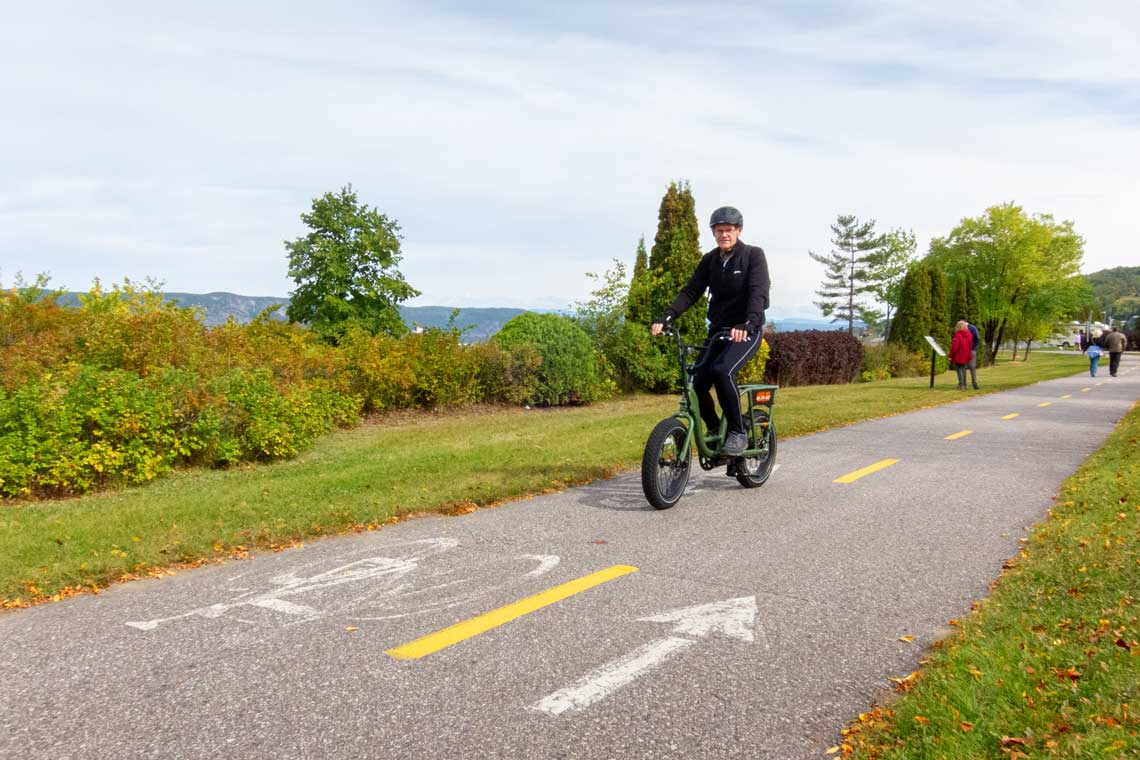

We rode a few miles around the coast in a southerly direction and then went a few miles round the coast north of La Baie
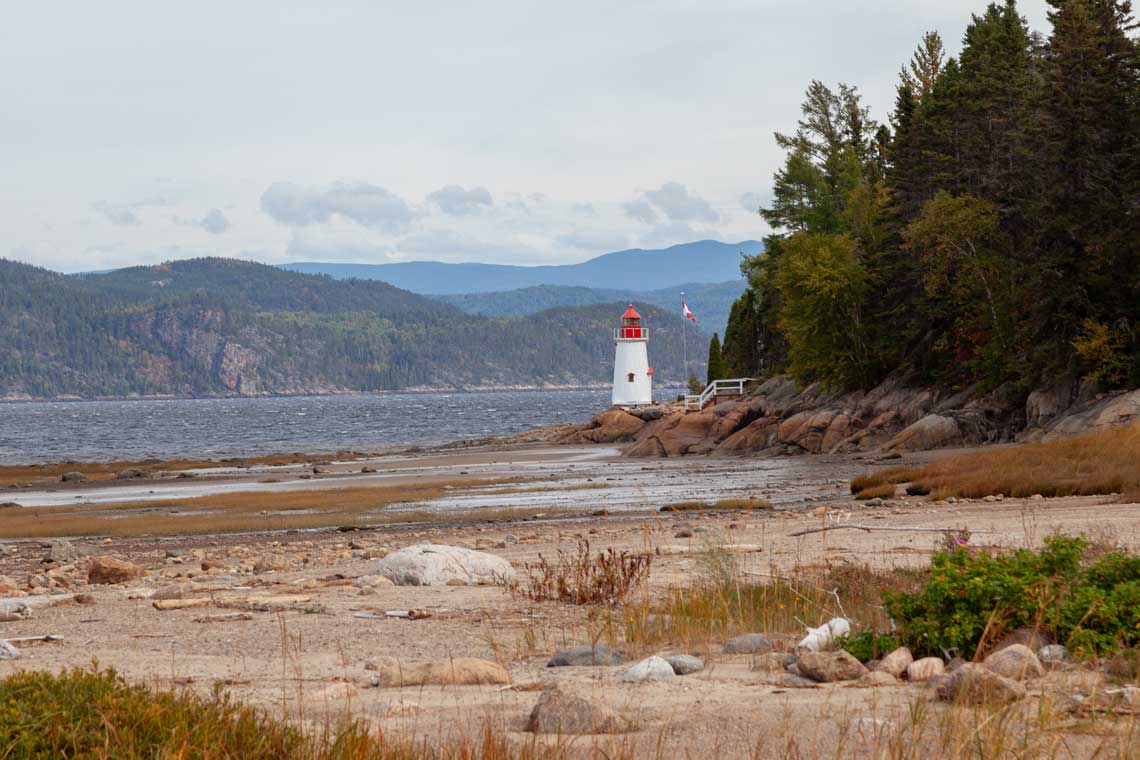
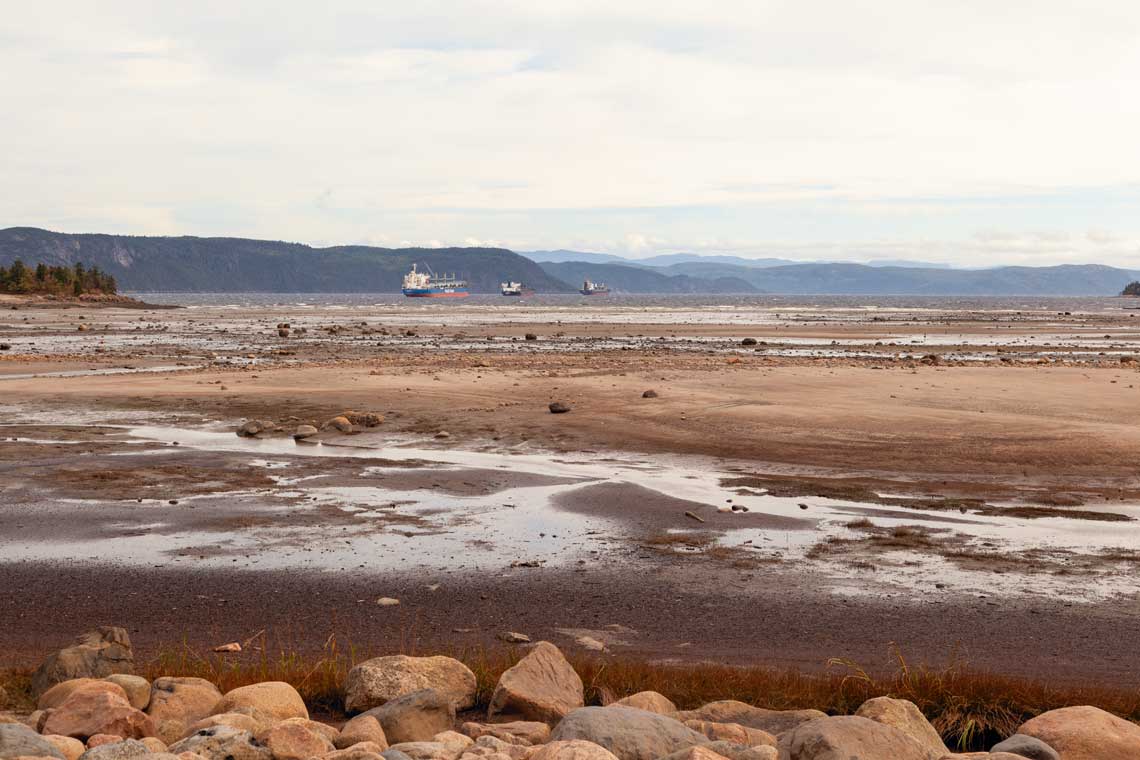
On our way back to the ship, we stopped to look at "La Pyramide Des Ha! Ha!" which was erected in the year 2000 to commemorate a catastrophic flood that had englufed Saguenay in 1996.
It is made out of 3024 traffic signs (red triangular warning signs as you can see in the photo below)

Our next port of call was Québec City.
French explorer Jacques Cartier found a small Iroquois village perched on the shores of the St Lawrence River when he sailed there in 1535, but it wasn't until 73 years later that Samuel de Champlain established the first French settlement and called it "Kébec" (an Algonquin word meaning "where the river narrows").
Québec city then fell in and out of France's hands until 1763 when the English conquered it for good. Nevertheless, it remains distinctly French in character.
Our ship docked close to the centre of the old town and from the deck we had a good view of Château Frontenac. It looks very much like an old French château but in reality it is nothing more than a hotel.

We spent two days in the city of Québec. On our first day we walked to La Gare du Palais from where we caught the number 800 bus to Montmorency Falls which lie by the St. Lawrence River a little north of the city. The bus journey took around 25 minutes.
The falls are higher than Niagara but very much narrower. We walked all the way around the falls and down to the bottom of them before catching a cable car back up to the top.
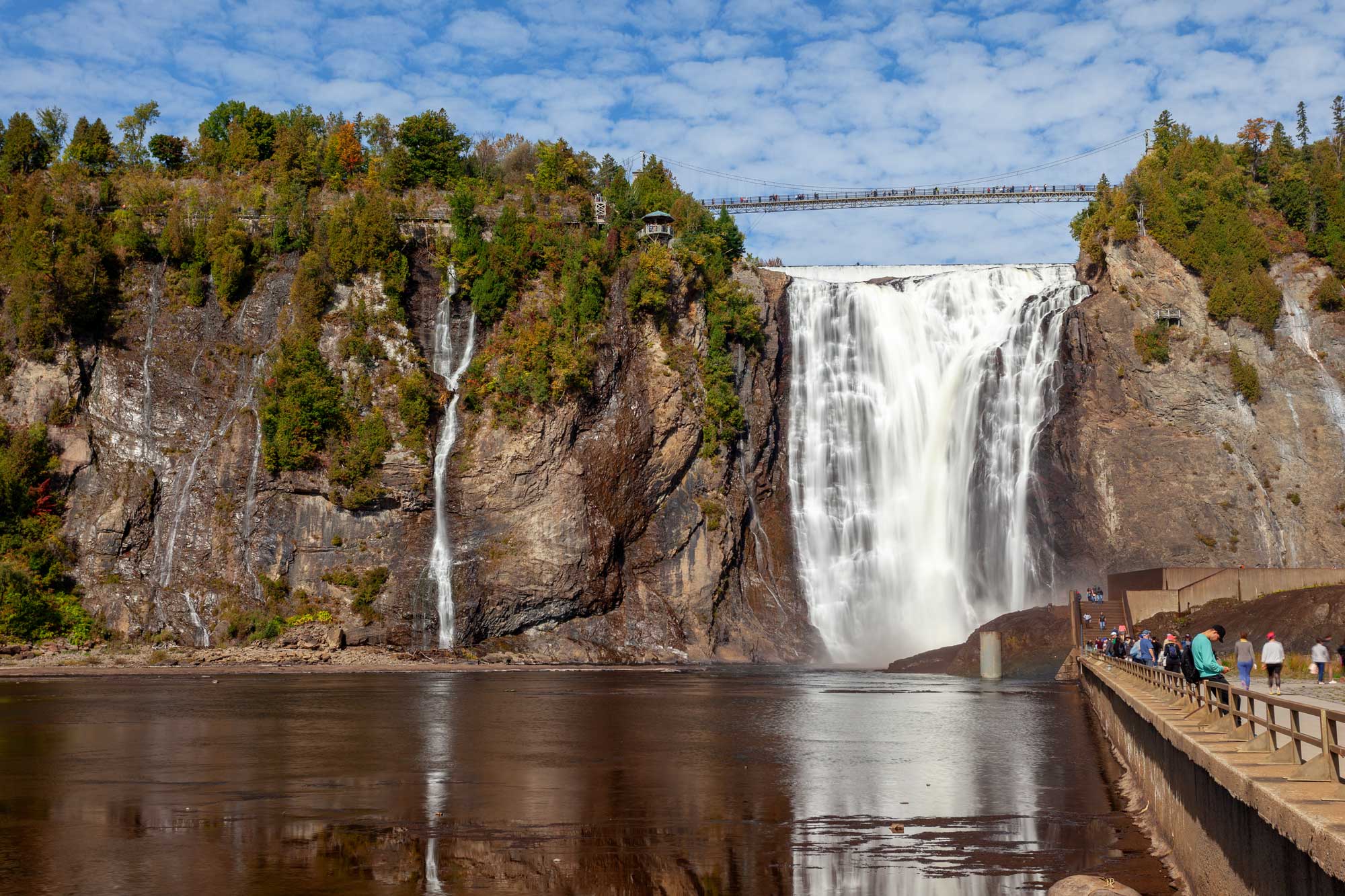
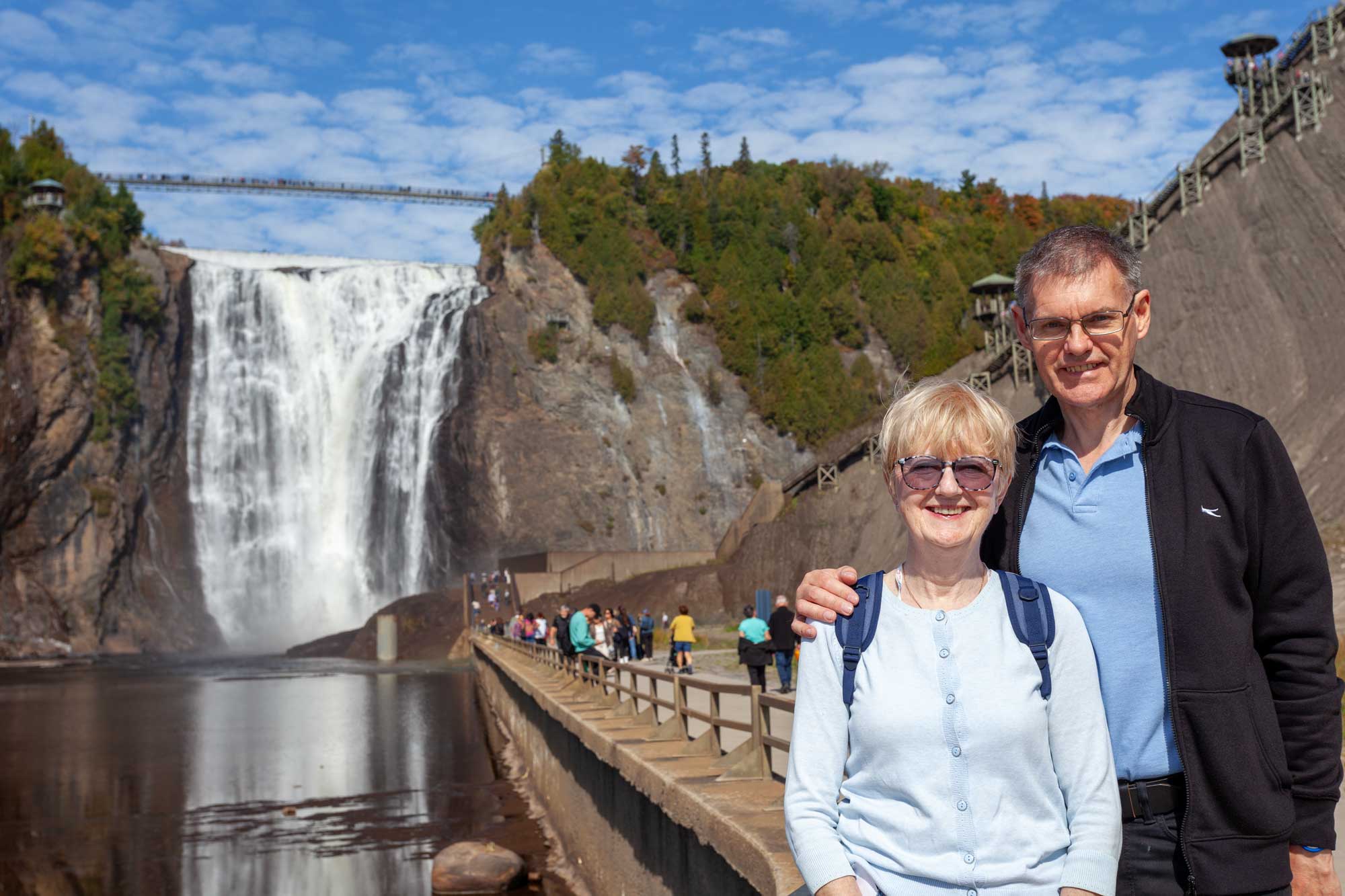
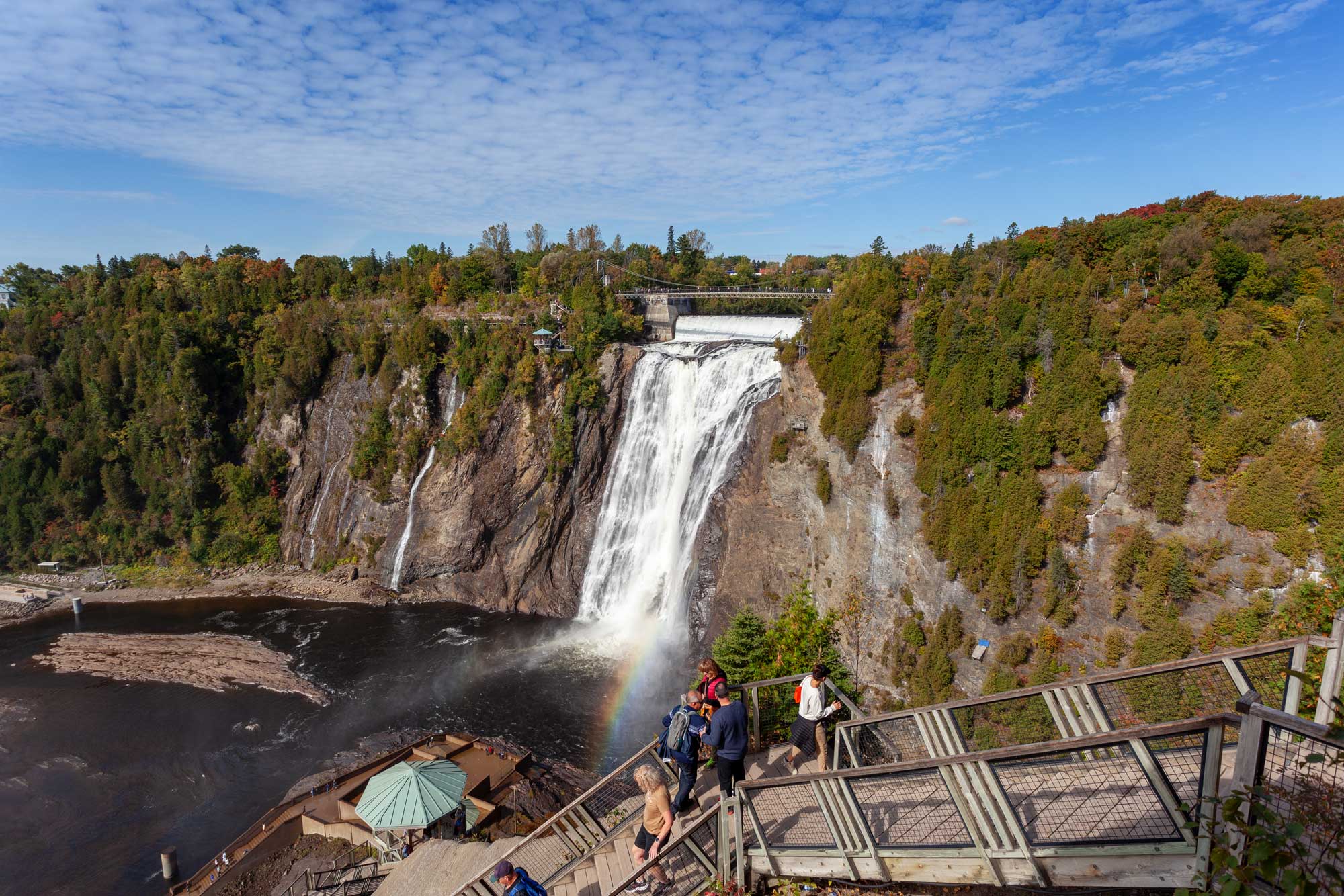
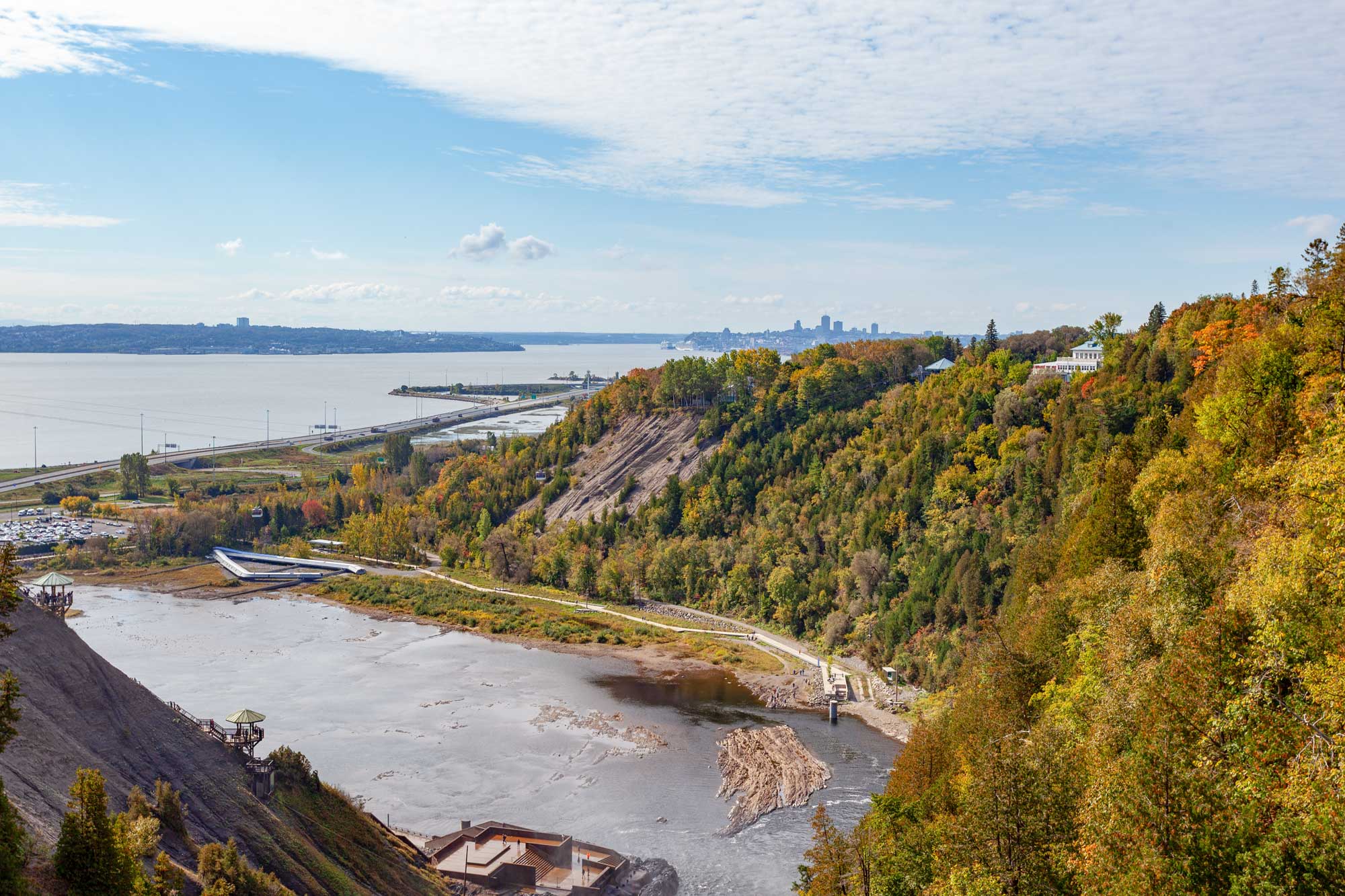
On our second day in Québec we went for a walk around the old town to take in the nice shops and vistas that were on offer.
We started by walking up to Château Frontenac and then went along the Terrasse Dufferin to the Citadelle. From here there is a view over the so-called "Plains of Abraham" which you can see in the first photo below.
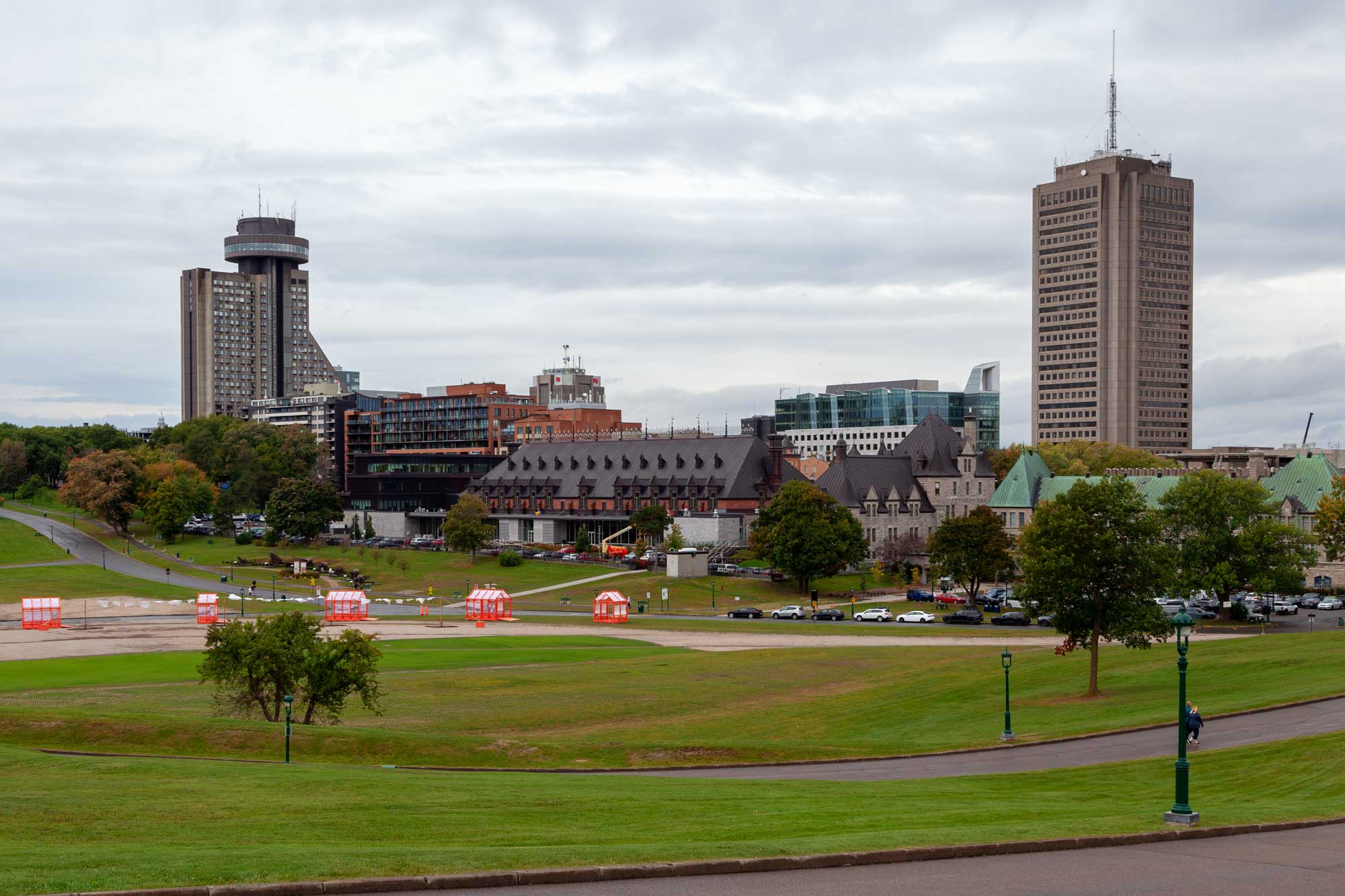
The Terrasse Dufferin is a wooden promenade that runs infront of Château Frontenac to the Citadelle.
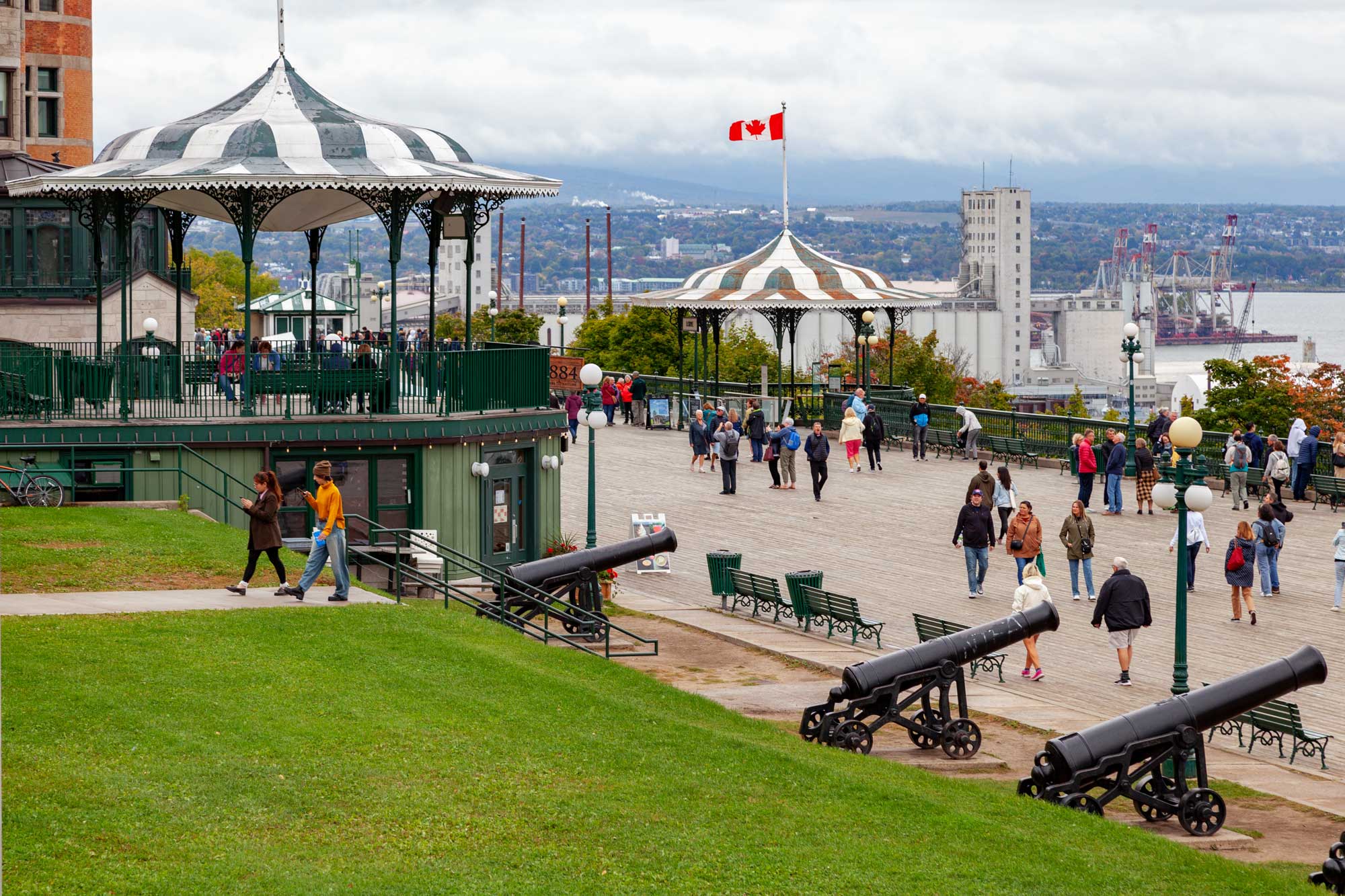
Having made our way back down to the old town, we came across this rather nice sculpture that is based on a verse in the Bible:
As you approach the scultpure you see what looks like a man resting from his travels and begging:

But when you walk past and look back, you see that it was an angel.
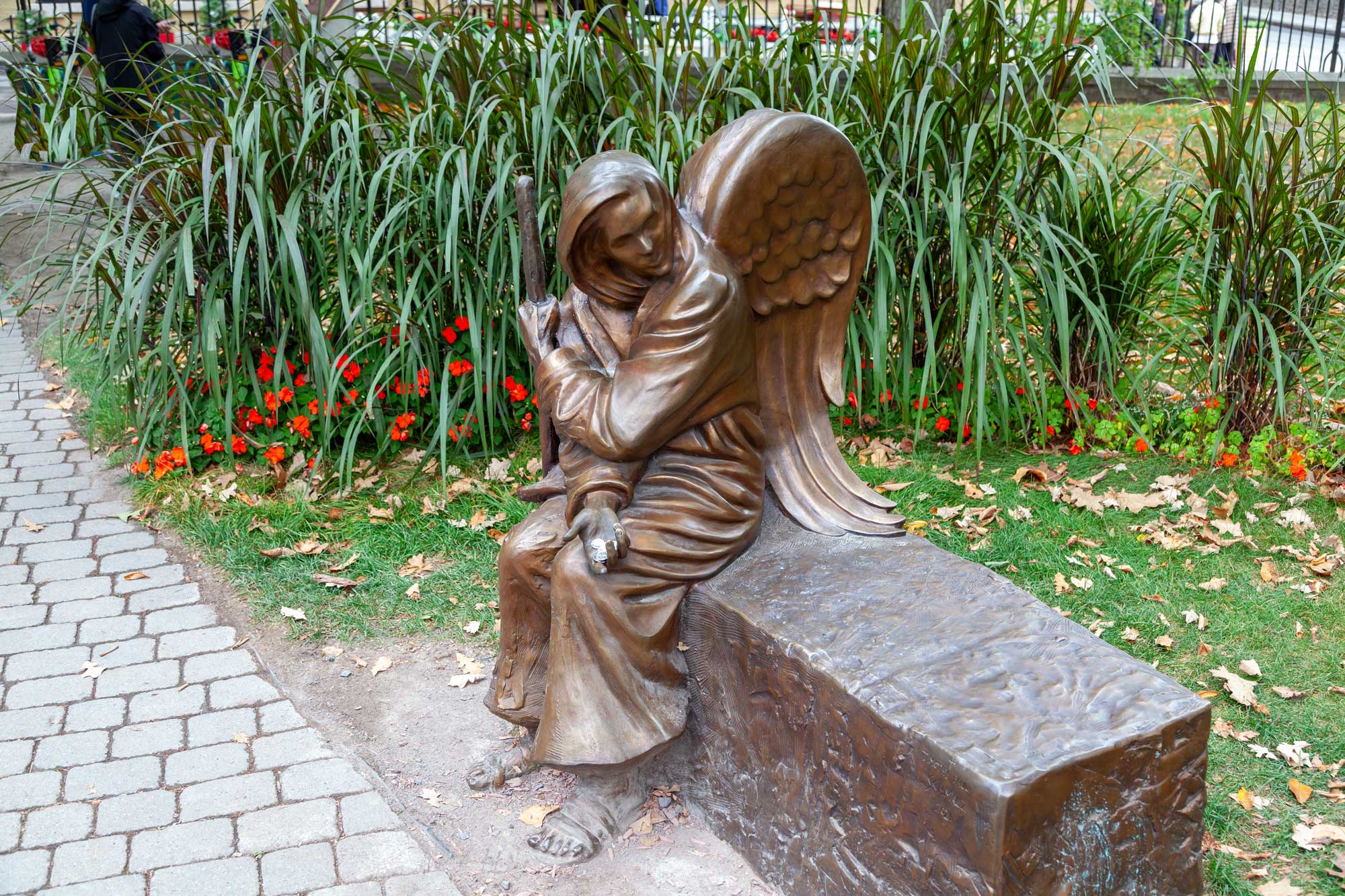
At various places in the city centre were these curious pink jelly bean men. We found out later that they were something to do with cancer ... maybe to raise awareness or something like that.
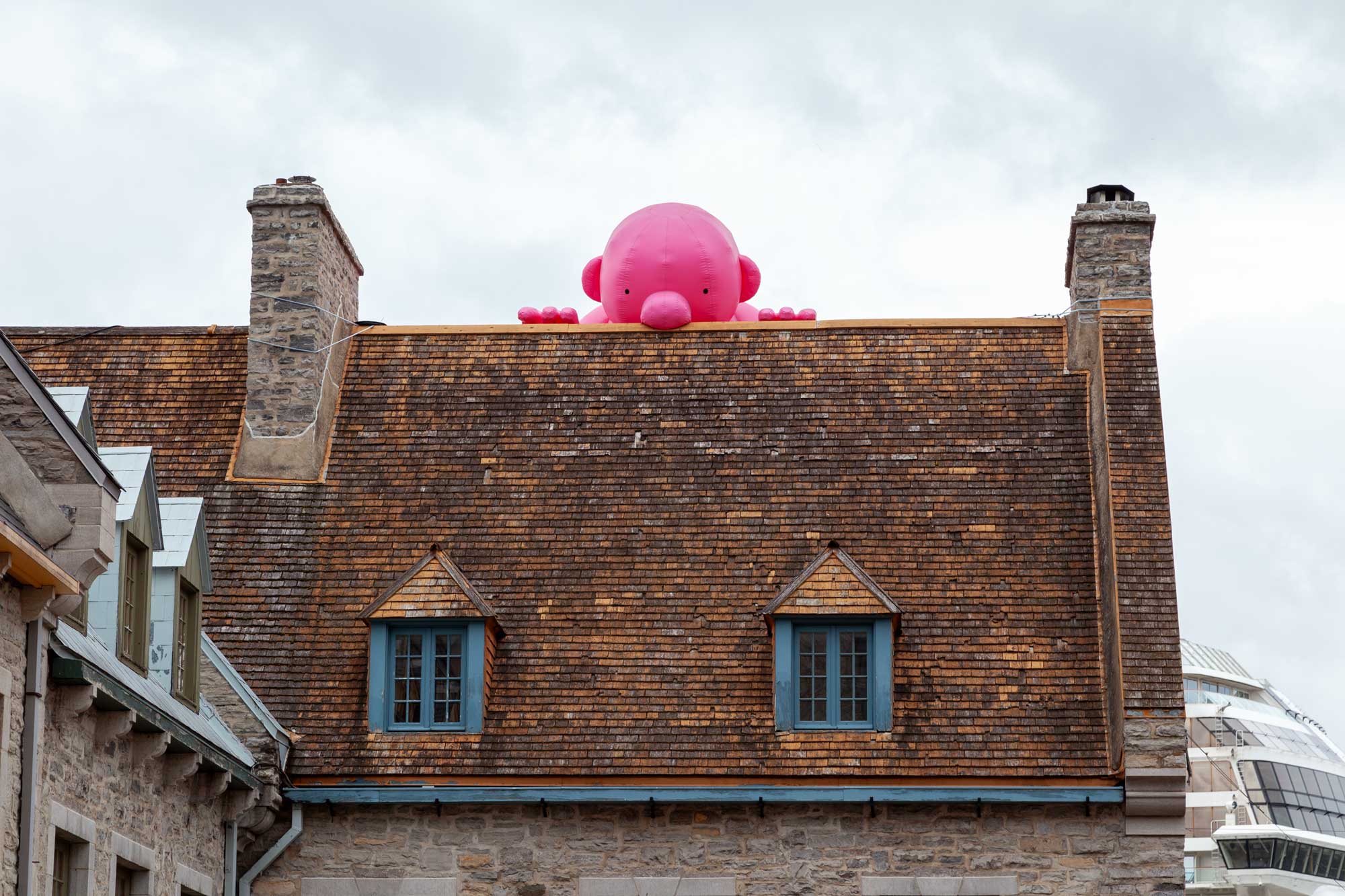
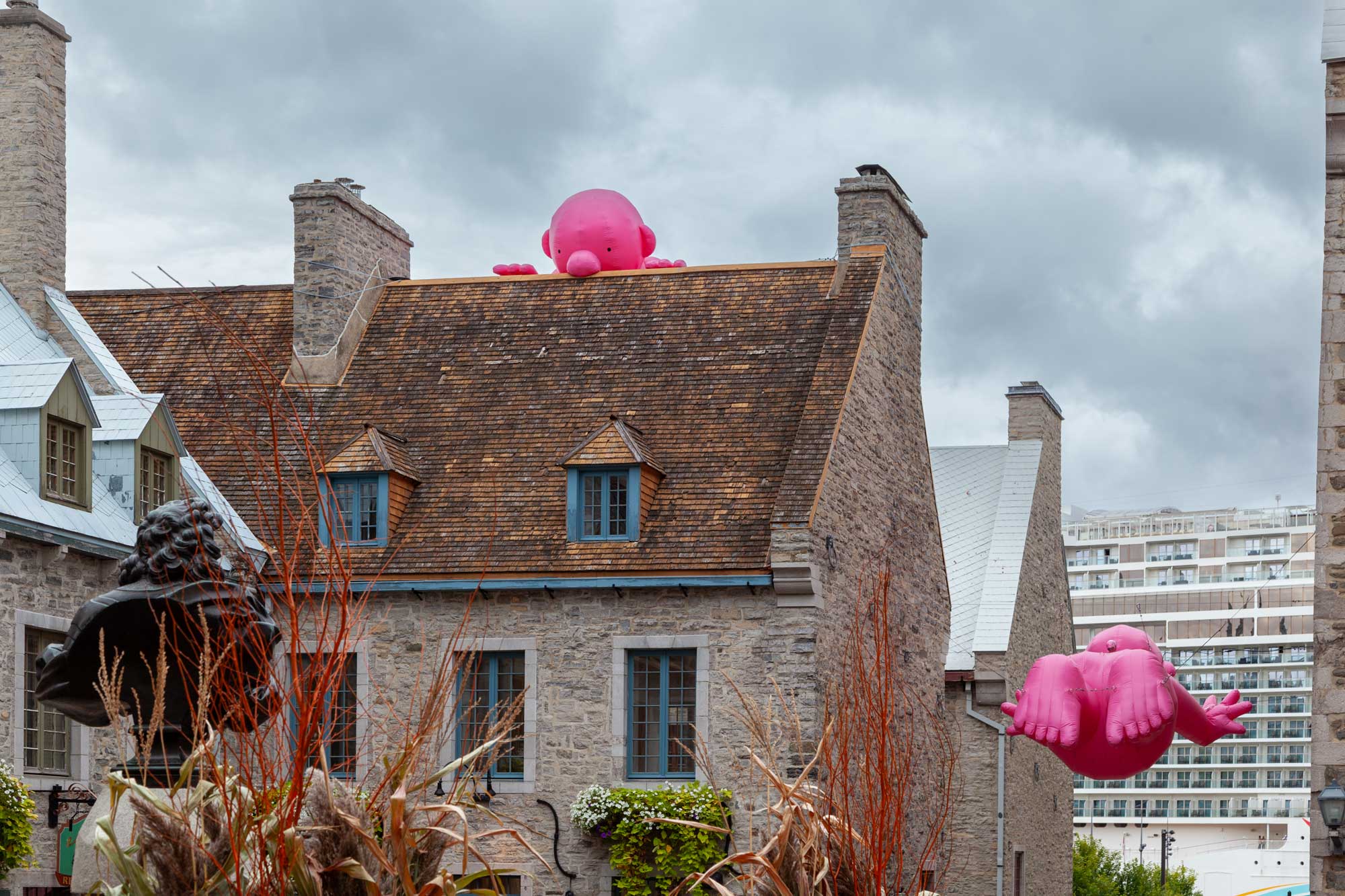
This one was certainly very curious!!
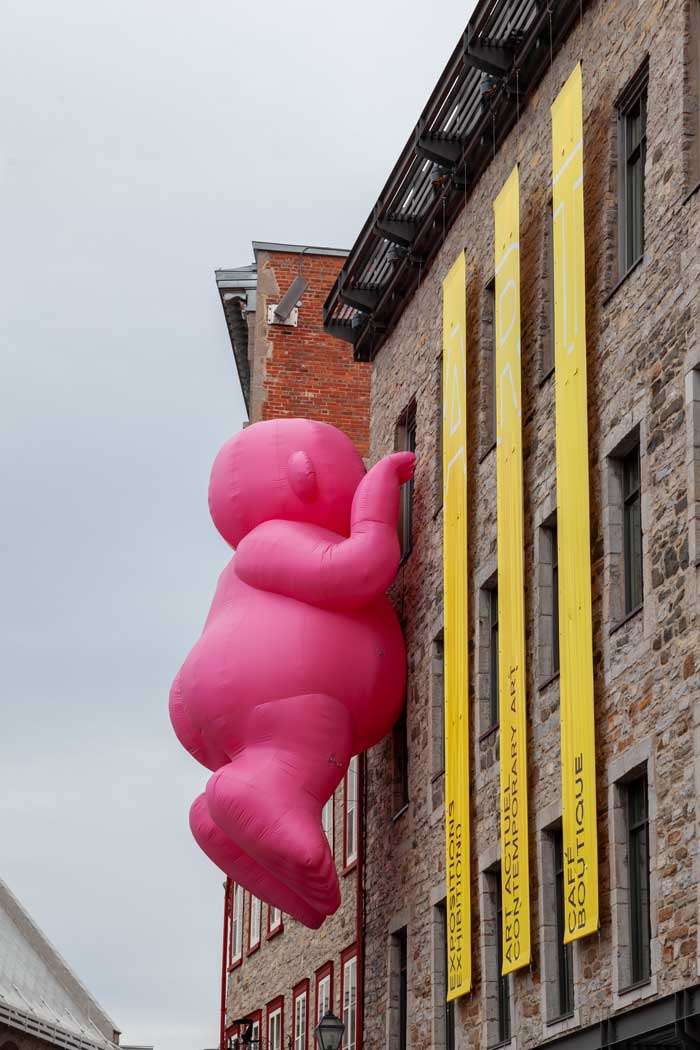
The mural on the side of this building was also very effective and attracted a lot of attention from passers-by such as ourselves.
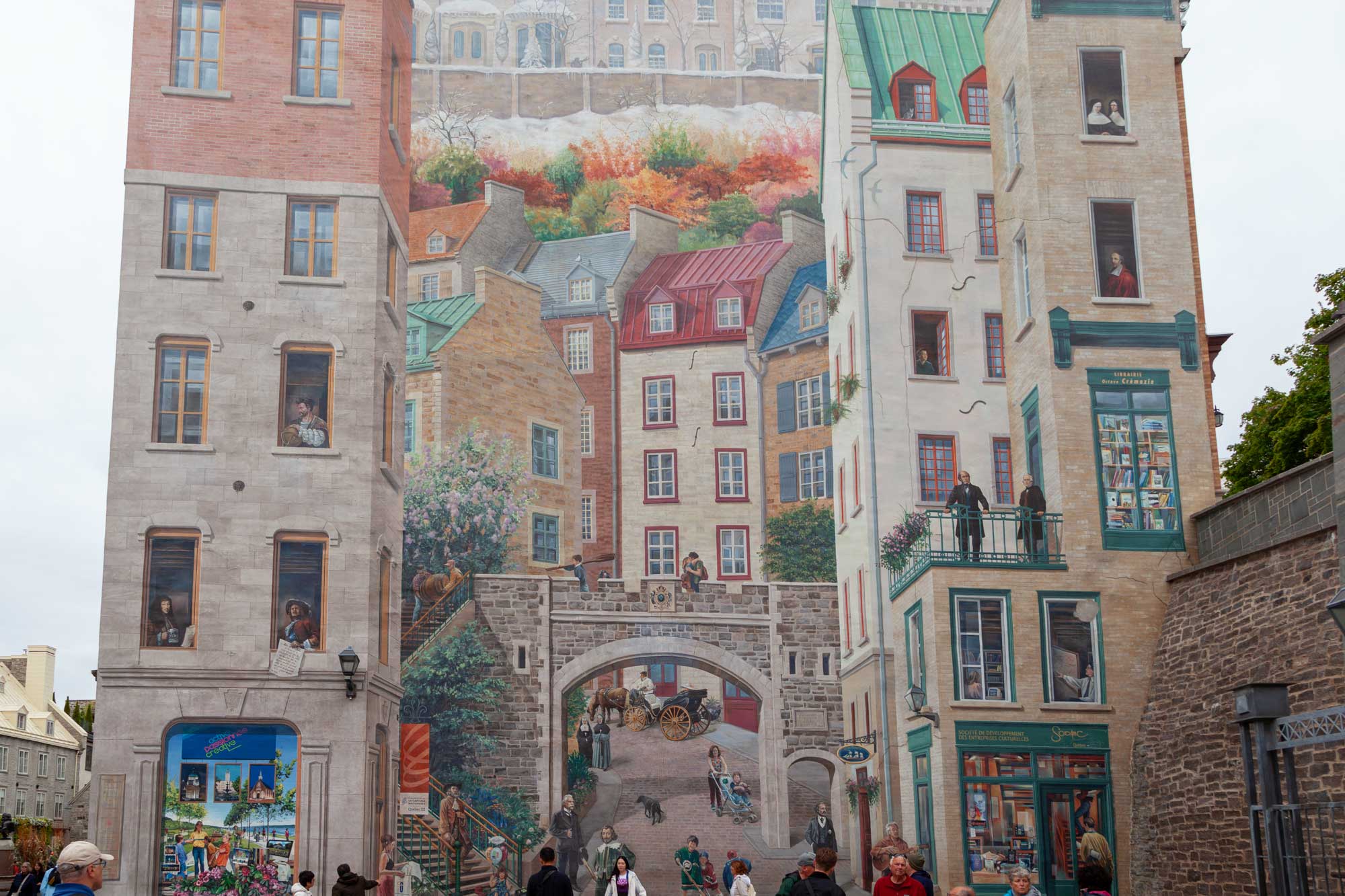
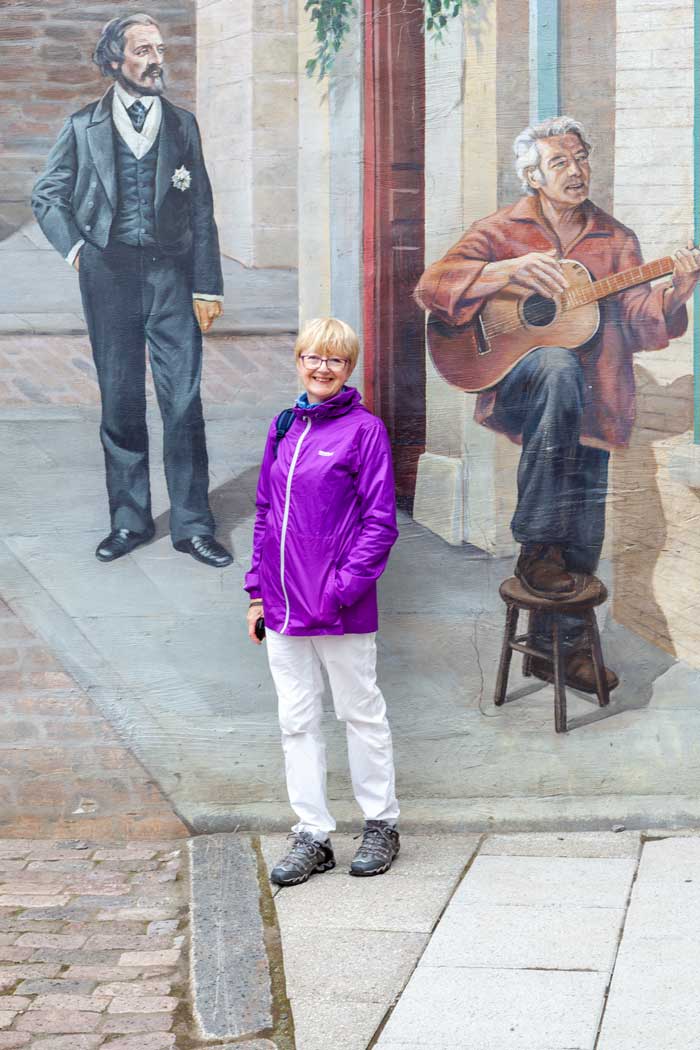
And finally some general photos of the city centre


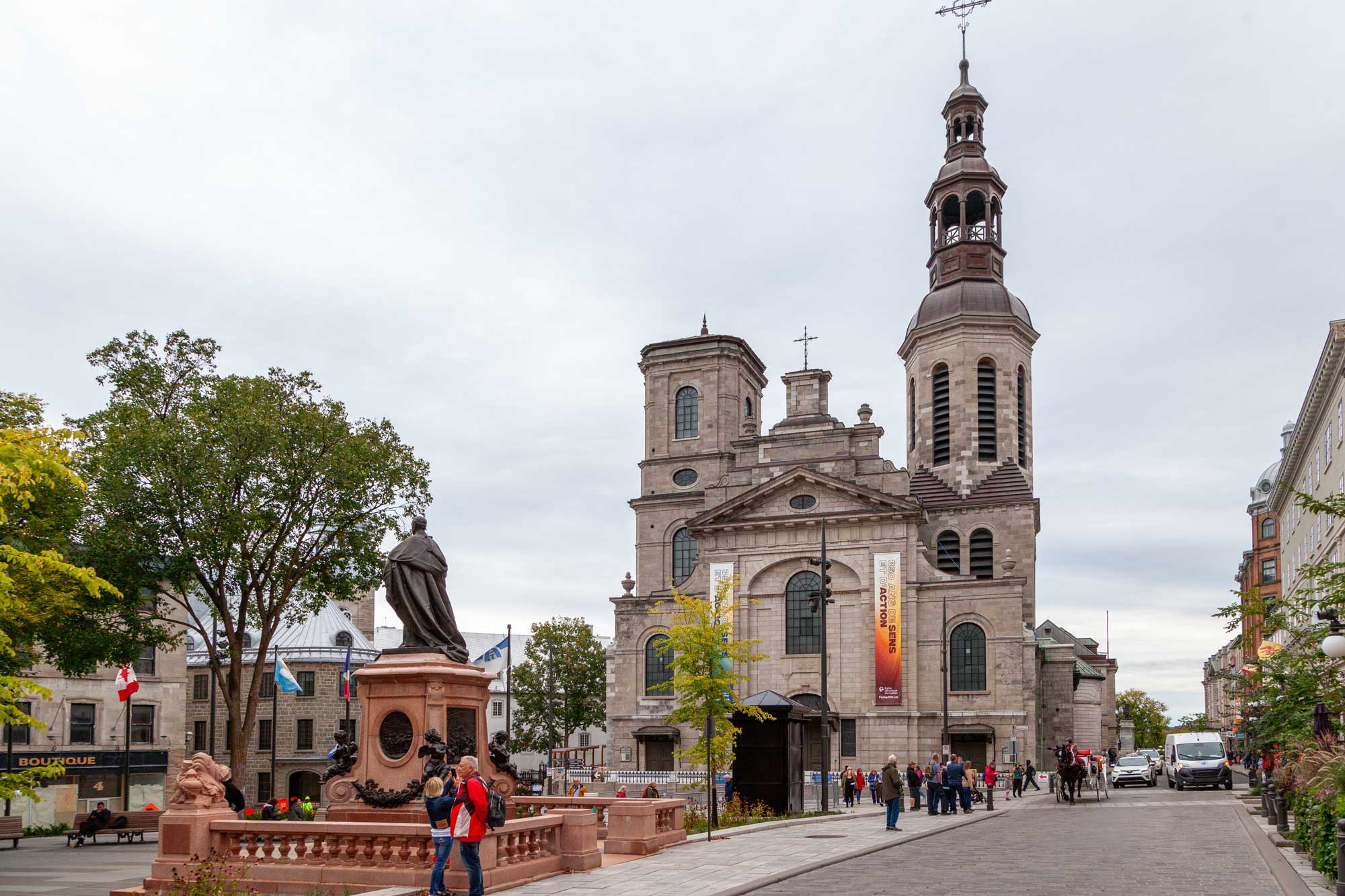
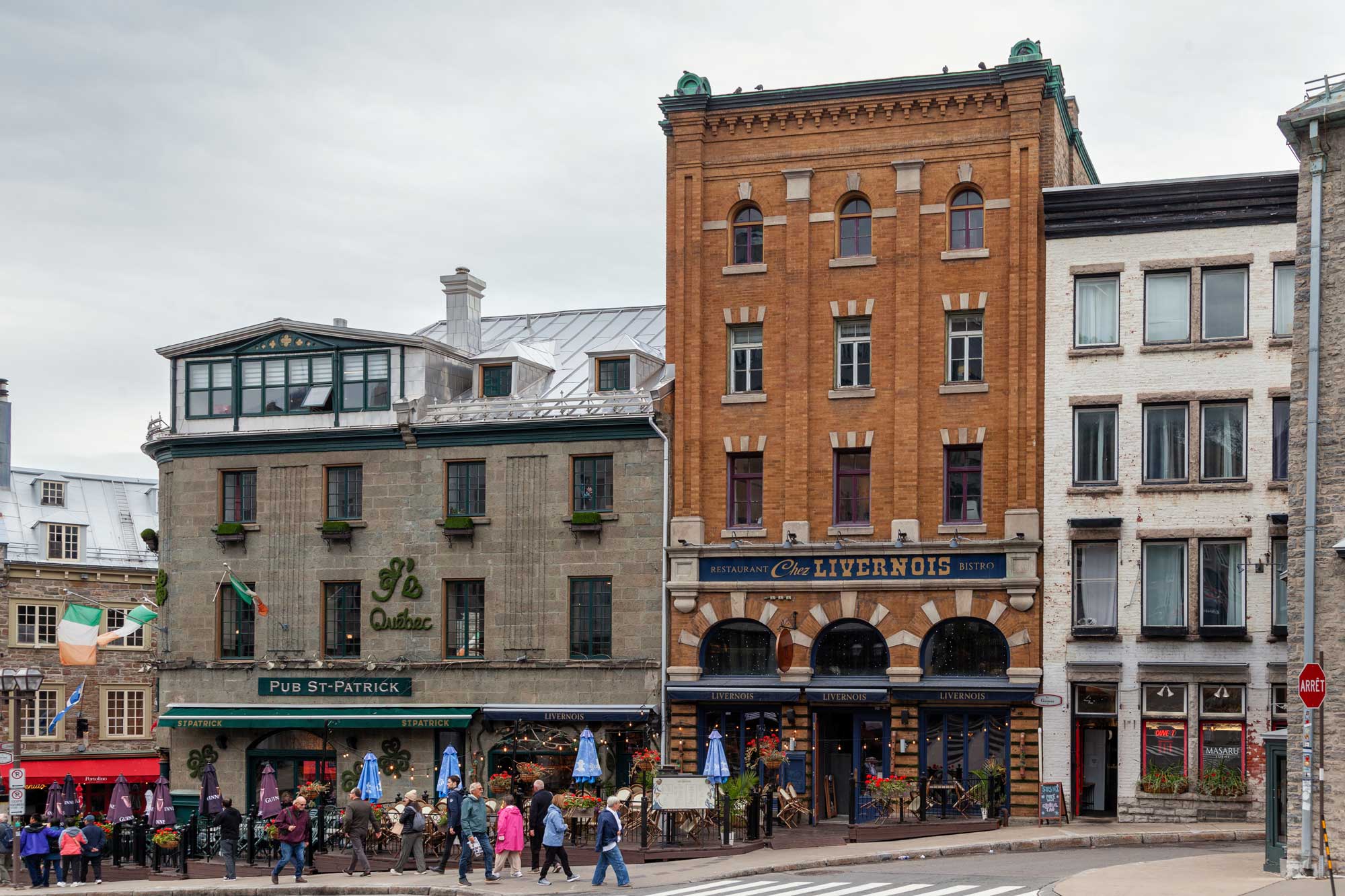
Charlottetown is the largest city on Prince Edward Island. I was looking forward to going there as Lucy Maud Montgomery, the author of the series of books about Anne of Green Gables (the title of the first novel in the series), set the stories on Prince Edward Island and Charlottetown is one of the places that Anne visits quite regularly.
Jacques Cartier discovered the island in 1534 and proclaimed it as "the finest land 'tis possible to see. Full of fine meadows and trees".
The Treaty of Paris 1763 led to the subsequent British acquisition of Prince Edward Island and the town took the name "Charlottetown" in honour of Queen Charlotte who was the wife of George III.
Charlottetown is the founding city of Canada as it was here that the convention was held that led to the unification of the Canadian States and the founding of Canada as a country.
We both enjoyed this city very much and both opined that it was a place where we could imagine living quite happily. The area had a feeling of the times of Anne of Green Gables with old wooden buildings and lots of greenery between each of the large wooden houses. One could also easily imagine that the whole place was crime-free although I guess that really would be a figment of our imaginations!
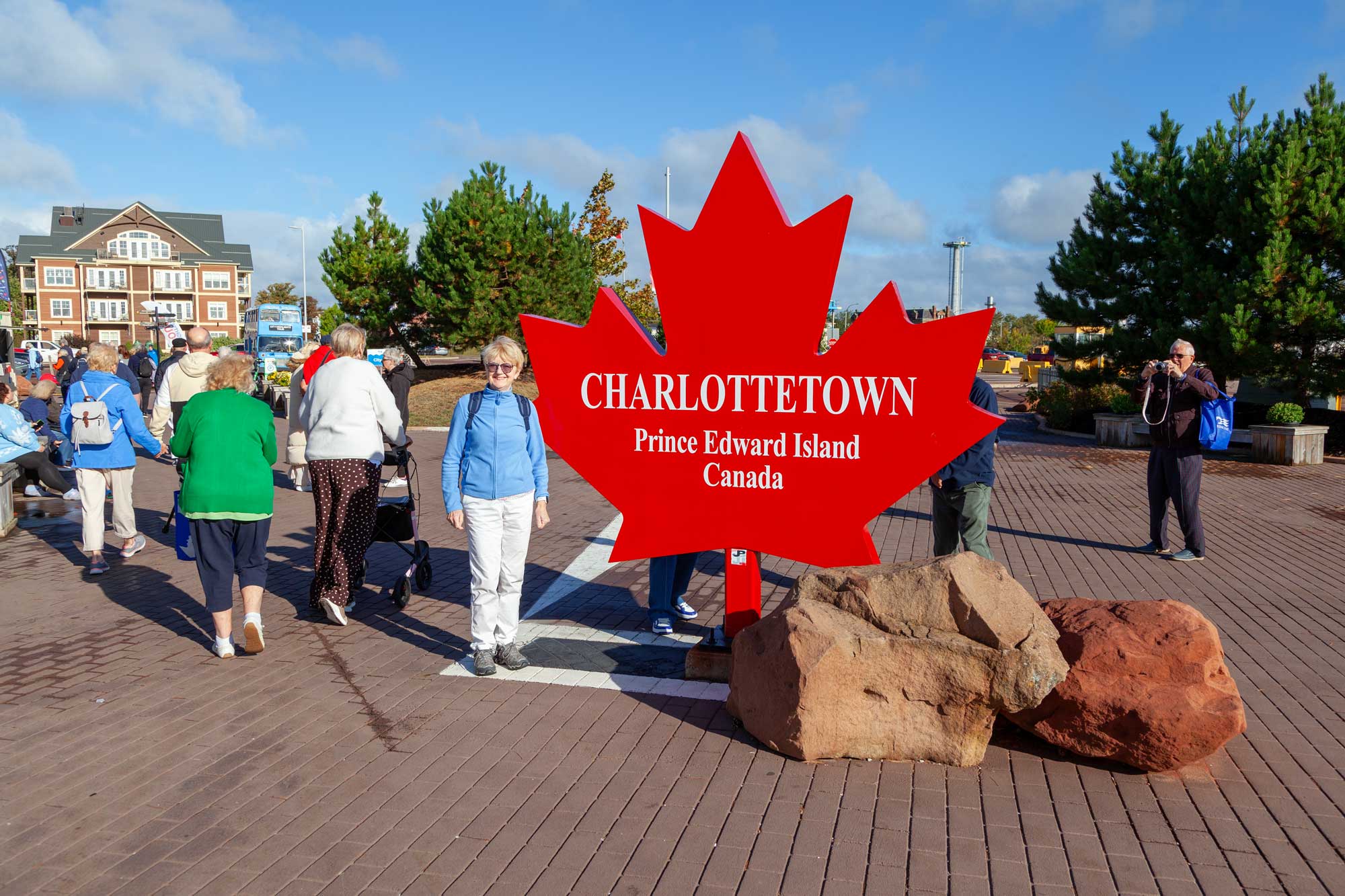
If you've ever read Anne of Green Gables, you will already know that the ground on Prince Edward Island has a strange reddy-brown colour. It's caused as a result of the very high iron content in the soil/rocks. The islanders have taken advantage of this by not only being able to grow crops such as potatoes, but by producing their own unique t-shirts which they colour by rubbing them into the ground to pick up the soil. So they are actually "dirt" t-shirts. The only problem is that you need to avoid washing them! We didn't buy any!!

Here are some general photos:
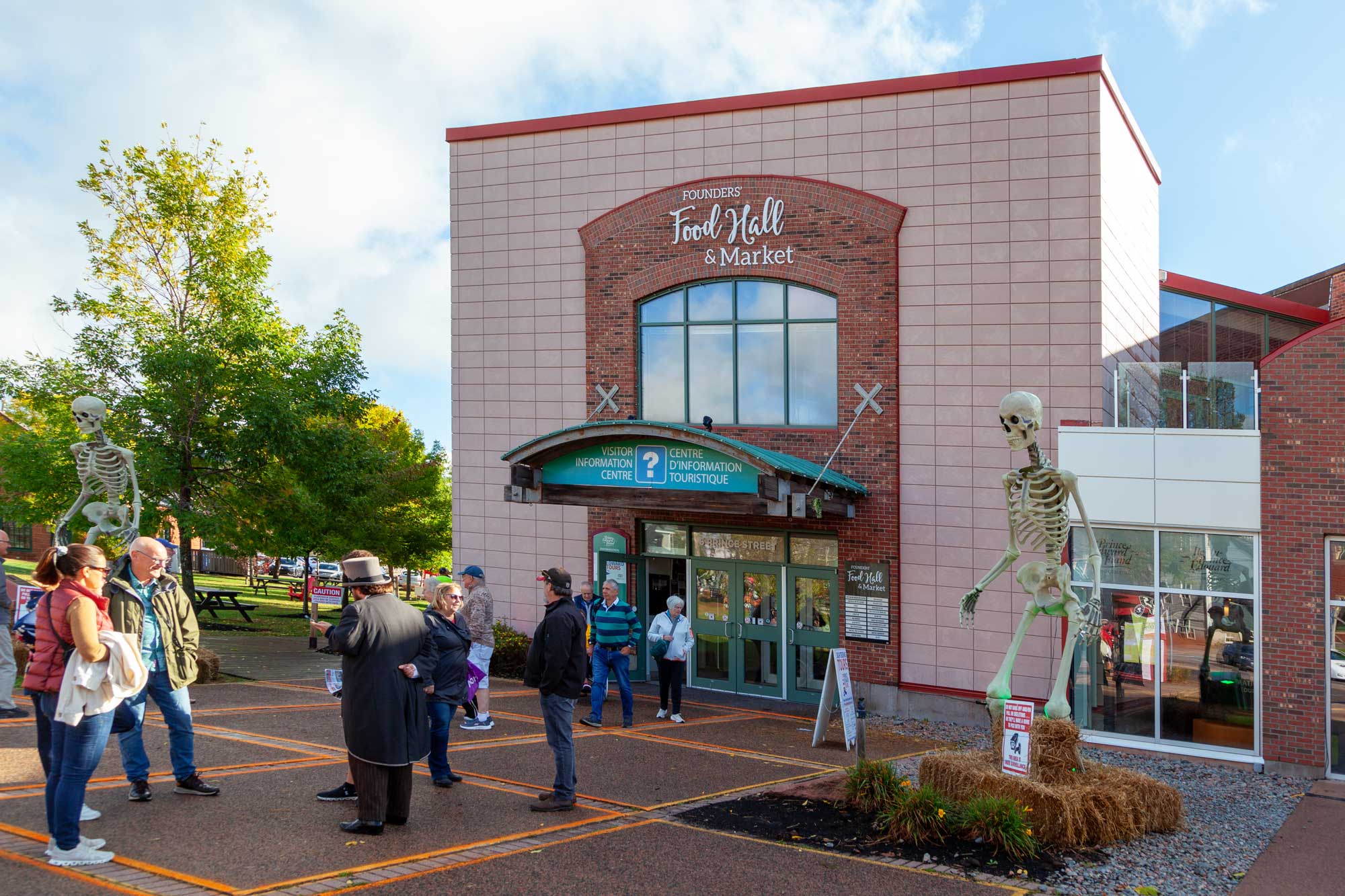

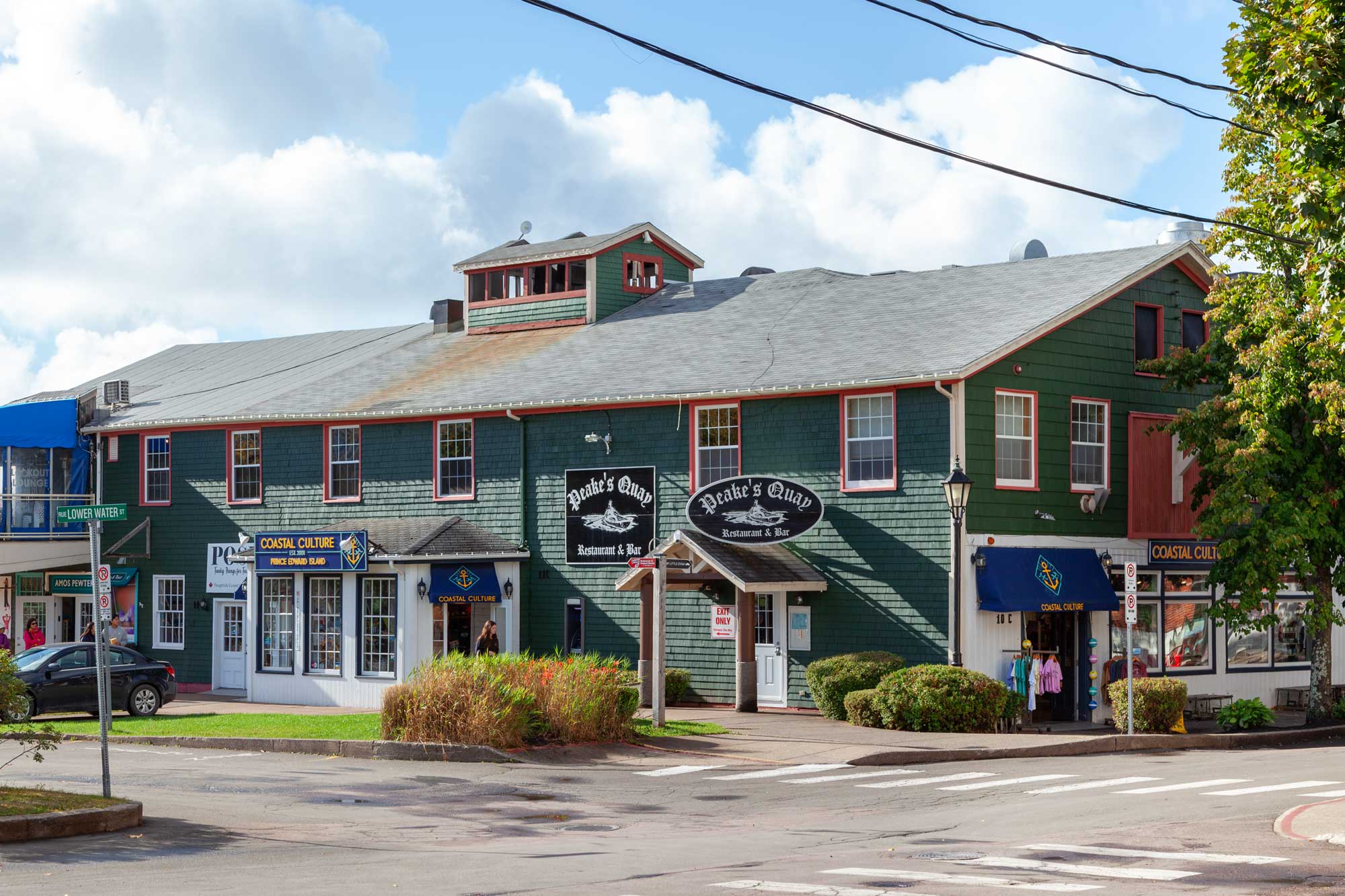
You can't come to this part of the world without trying some Cow's ice-cream - it is the best in Canada!
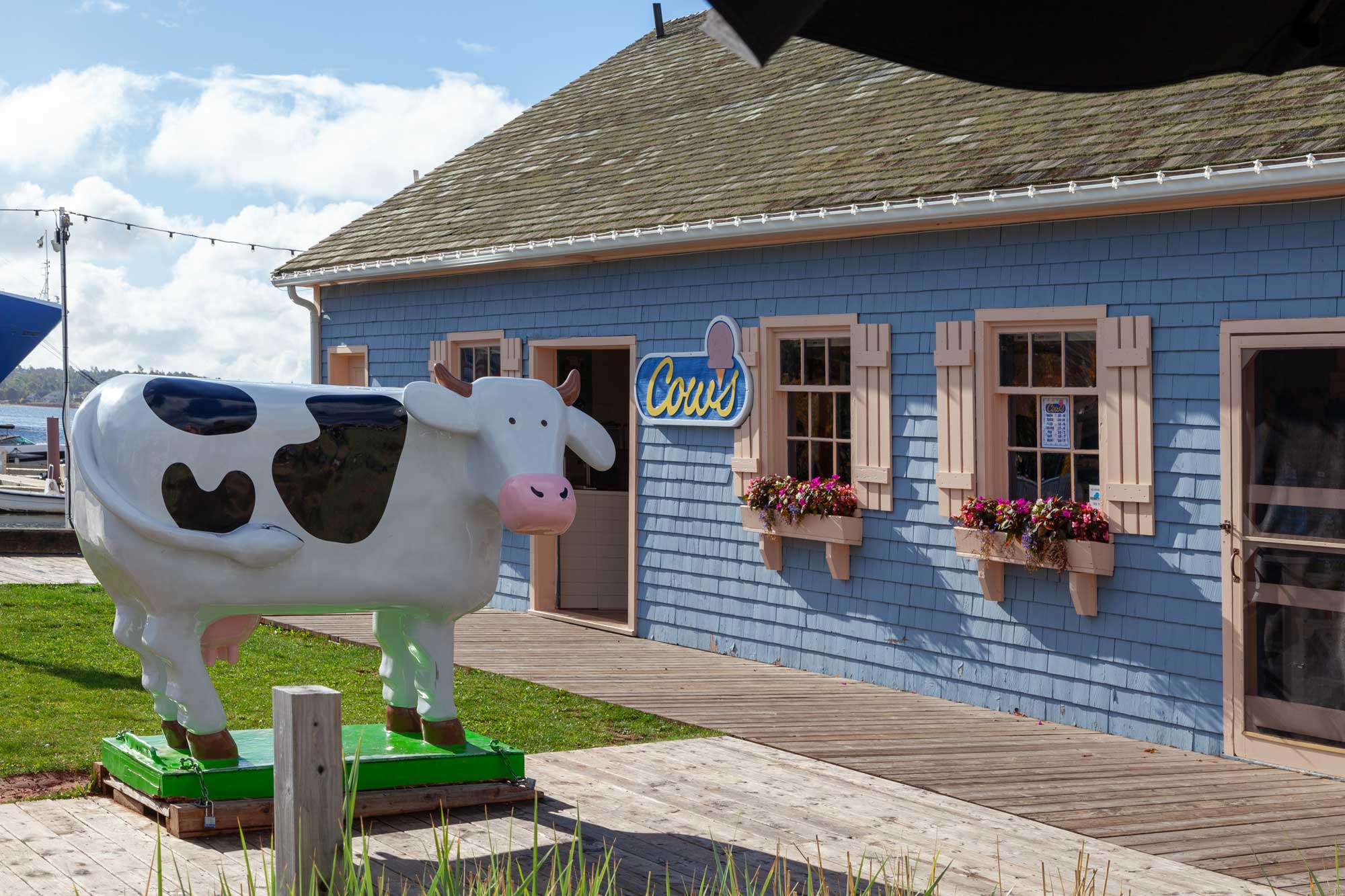
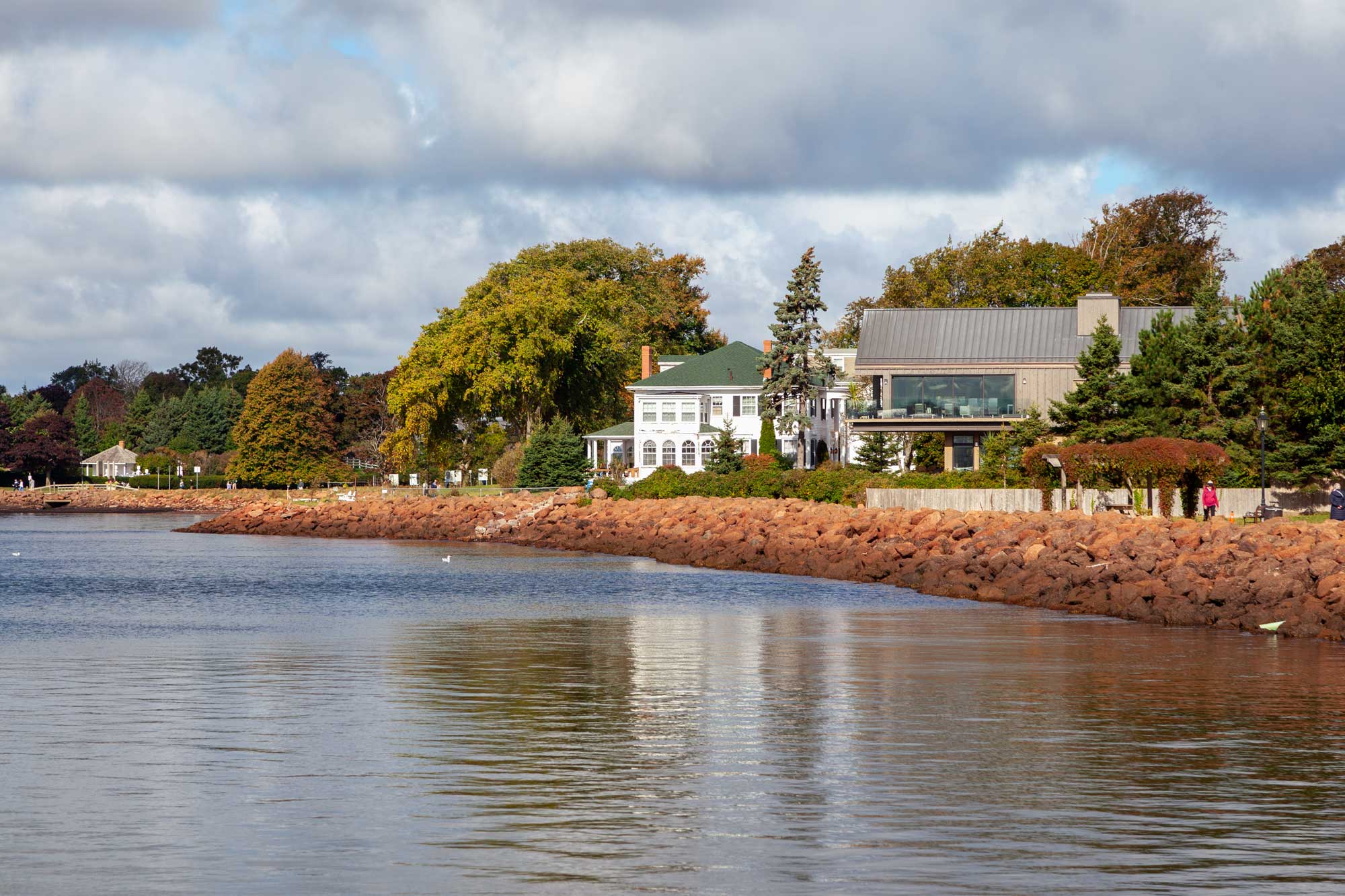
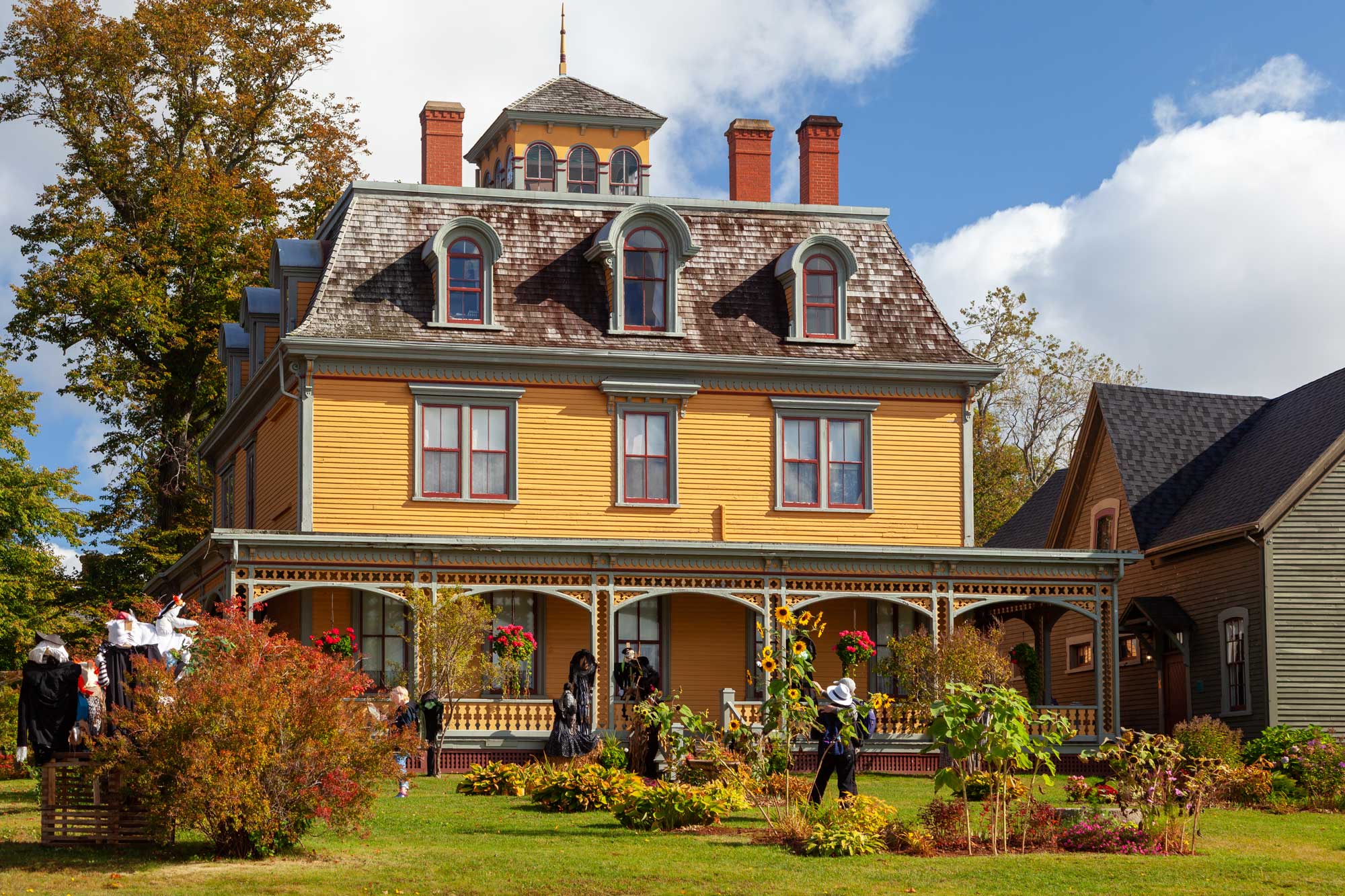
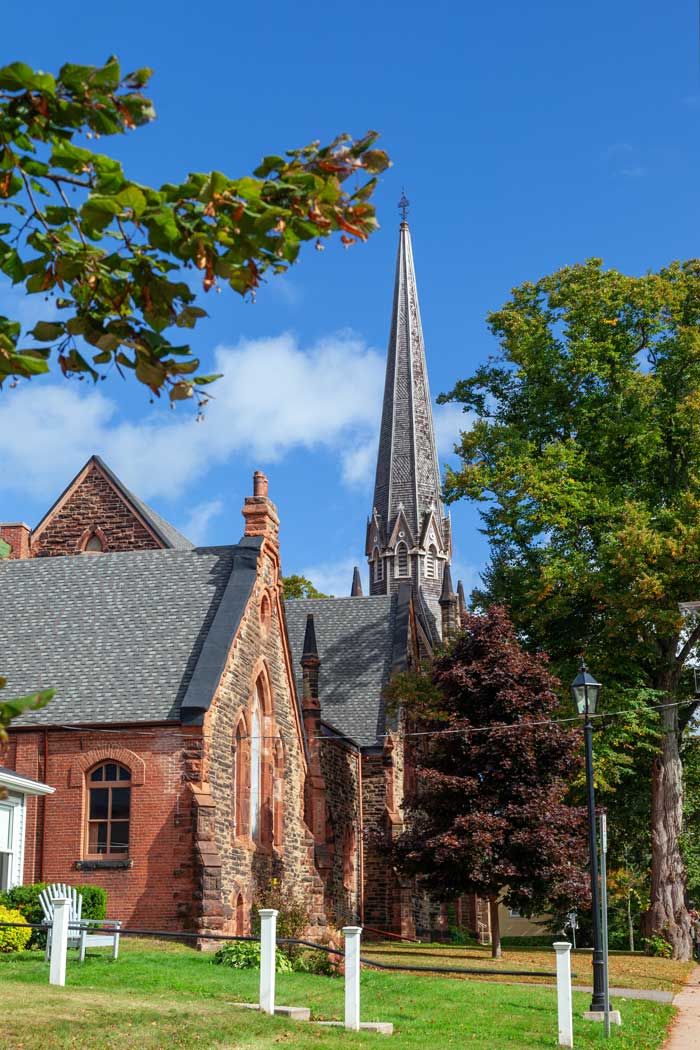
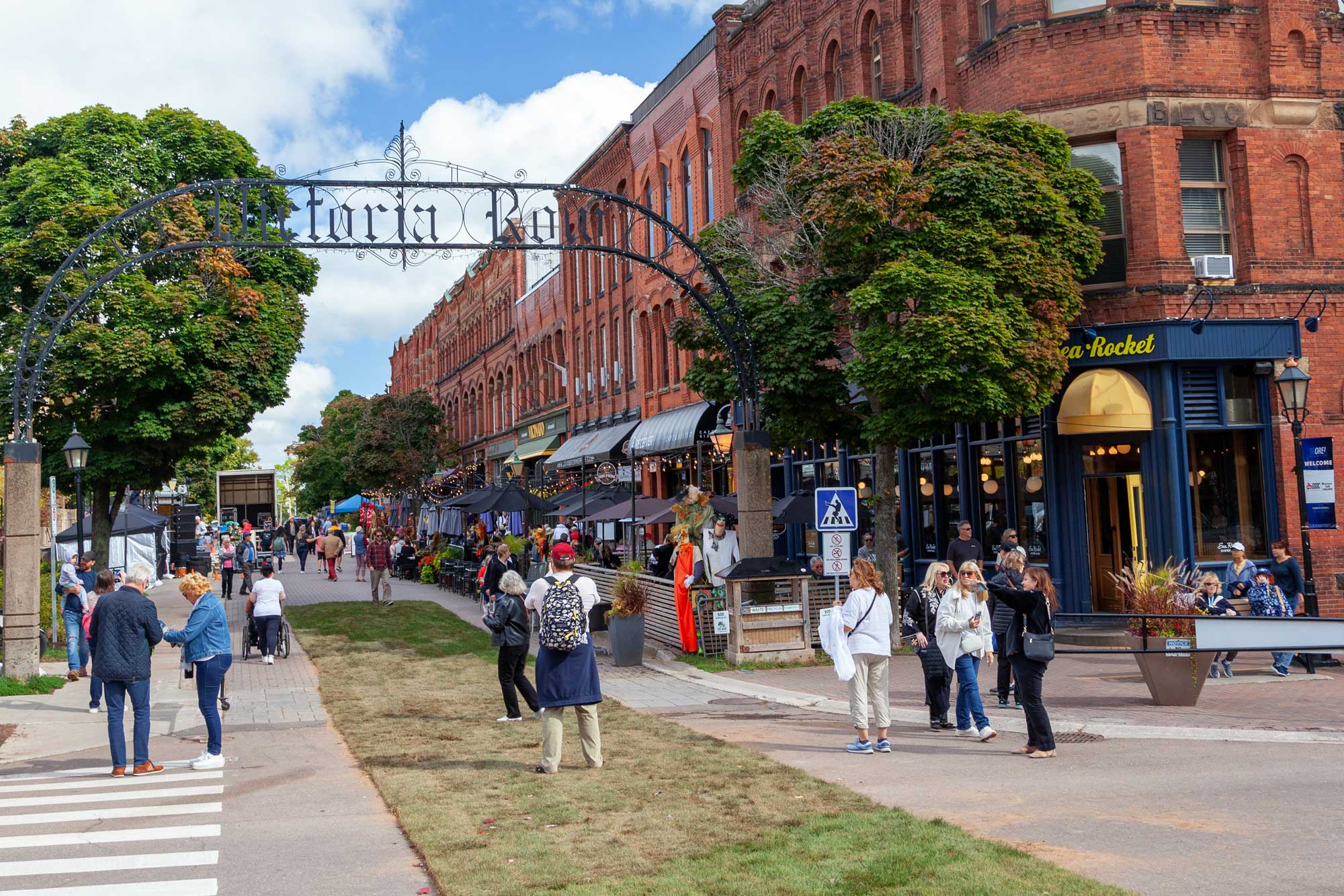
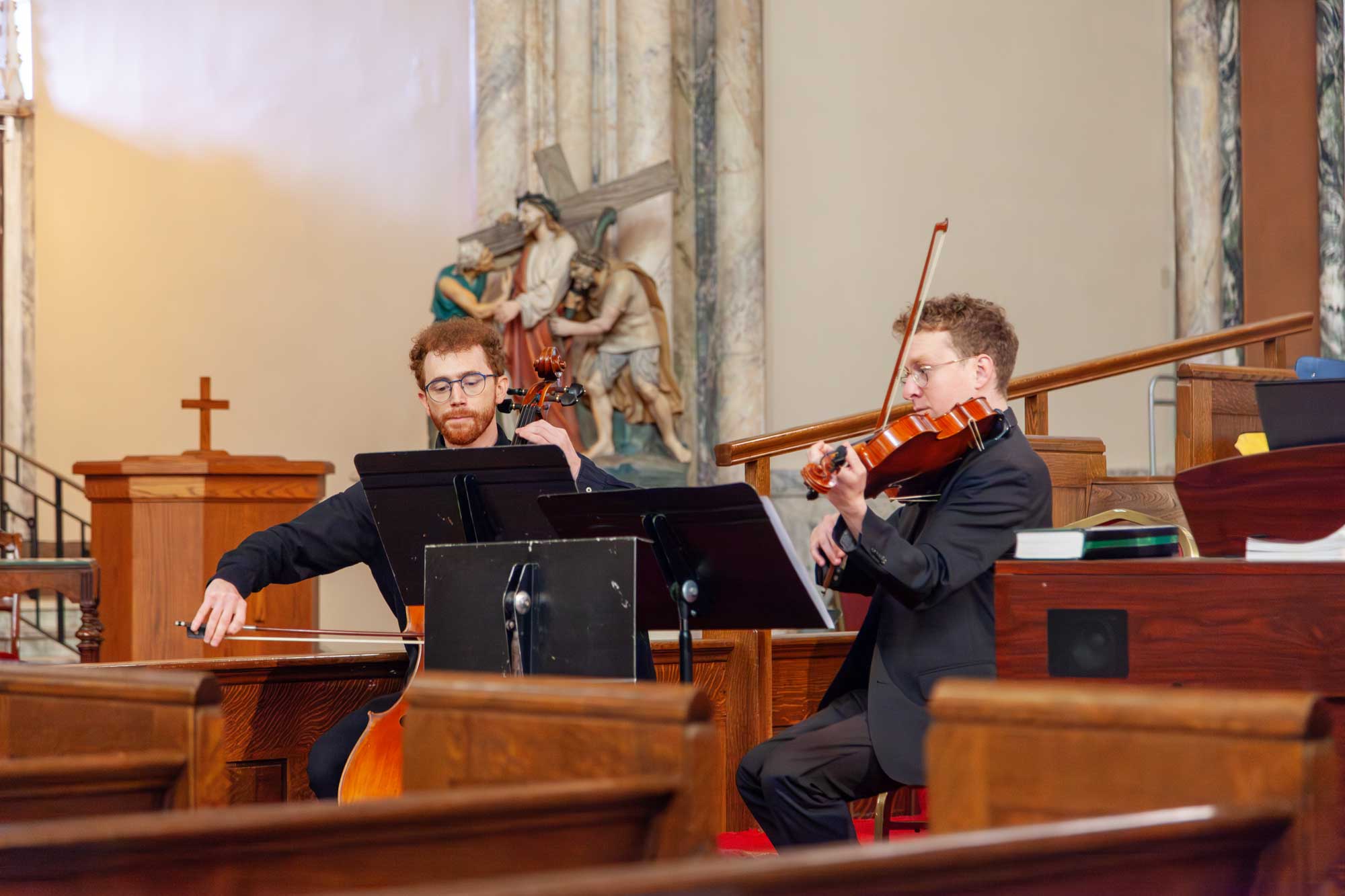
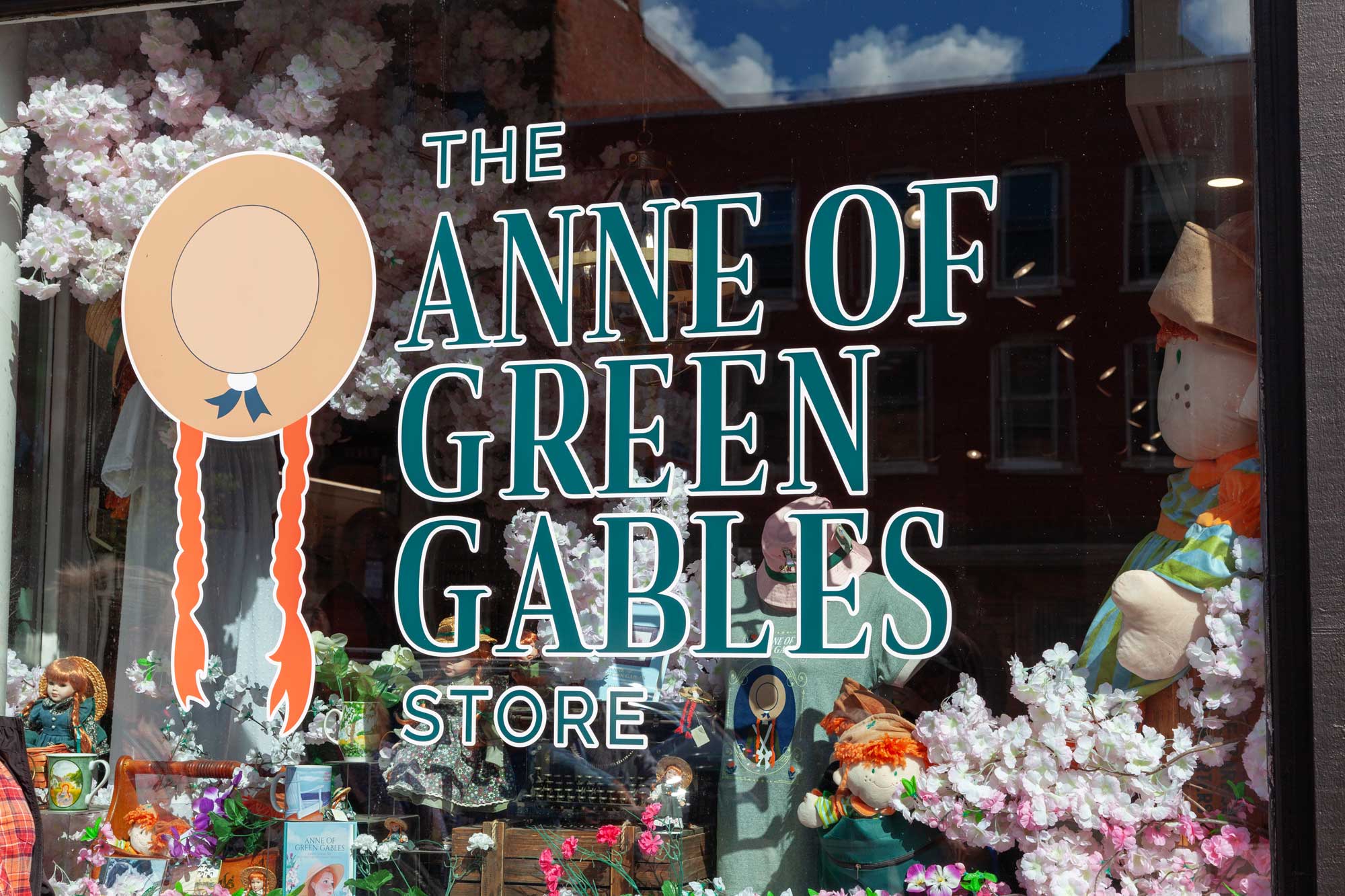
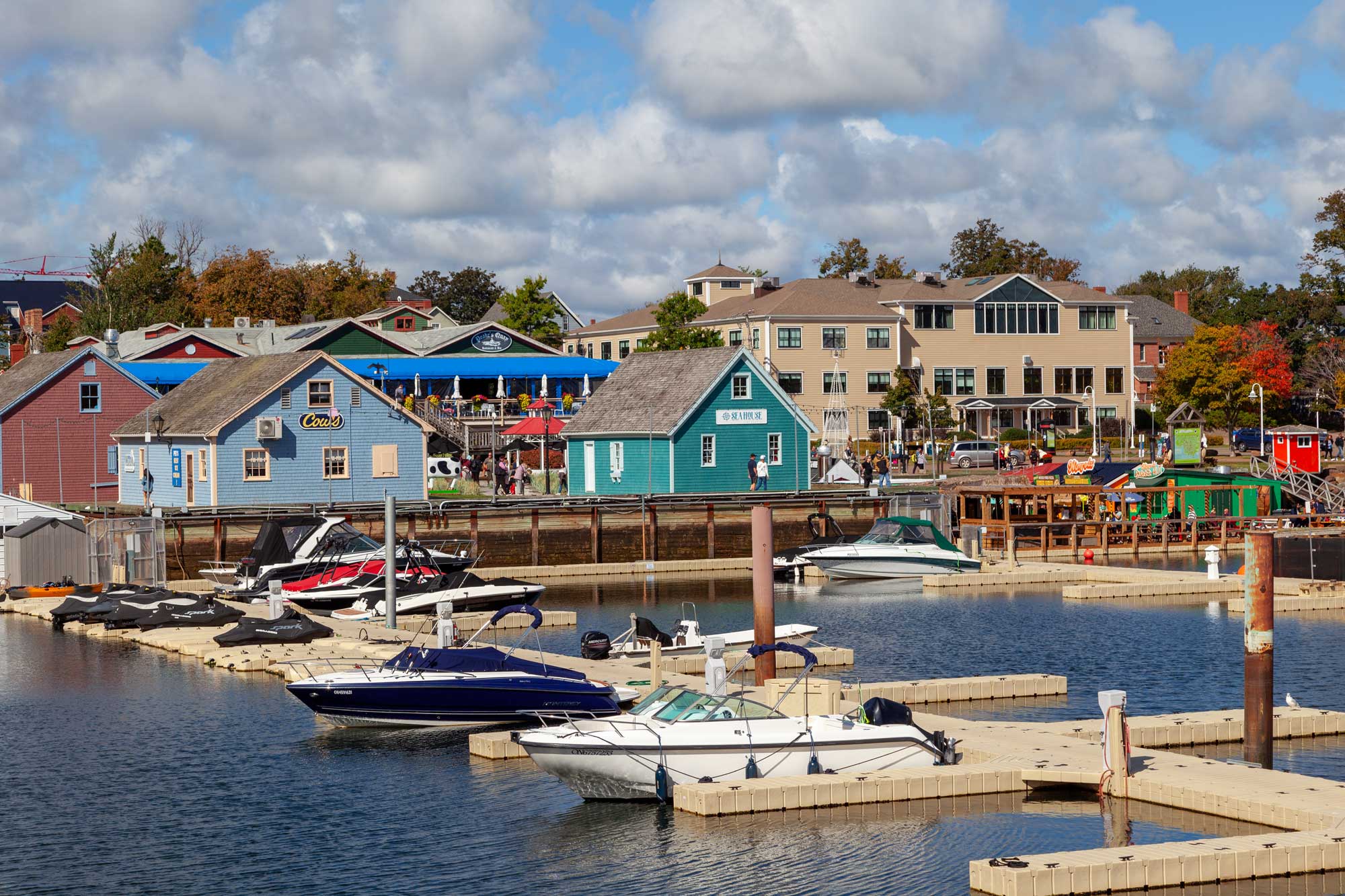
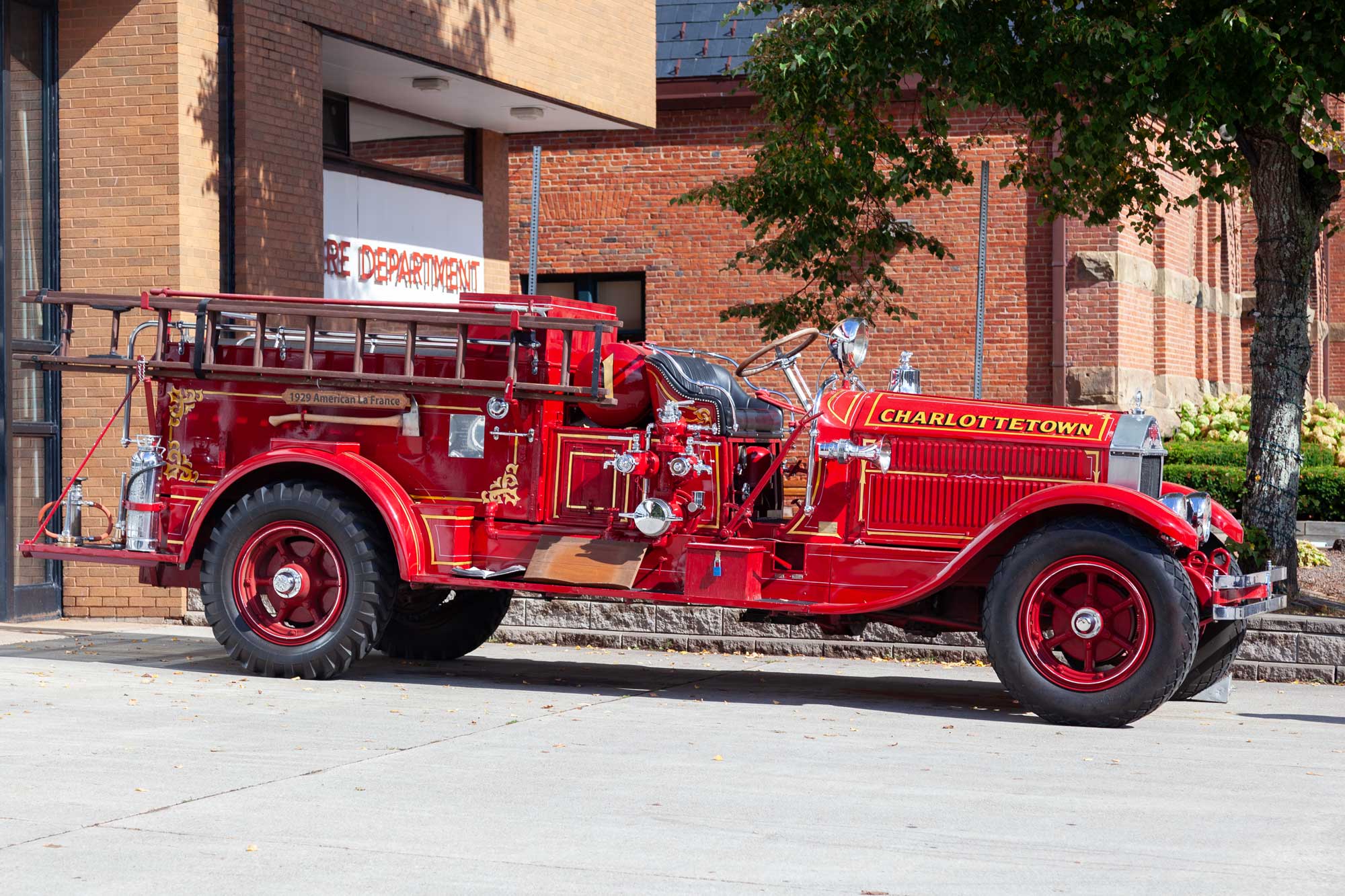
Turtle Cheesecake in one of the restaurants in Victoria Row:
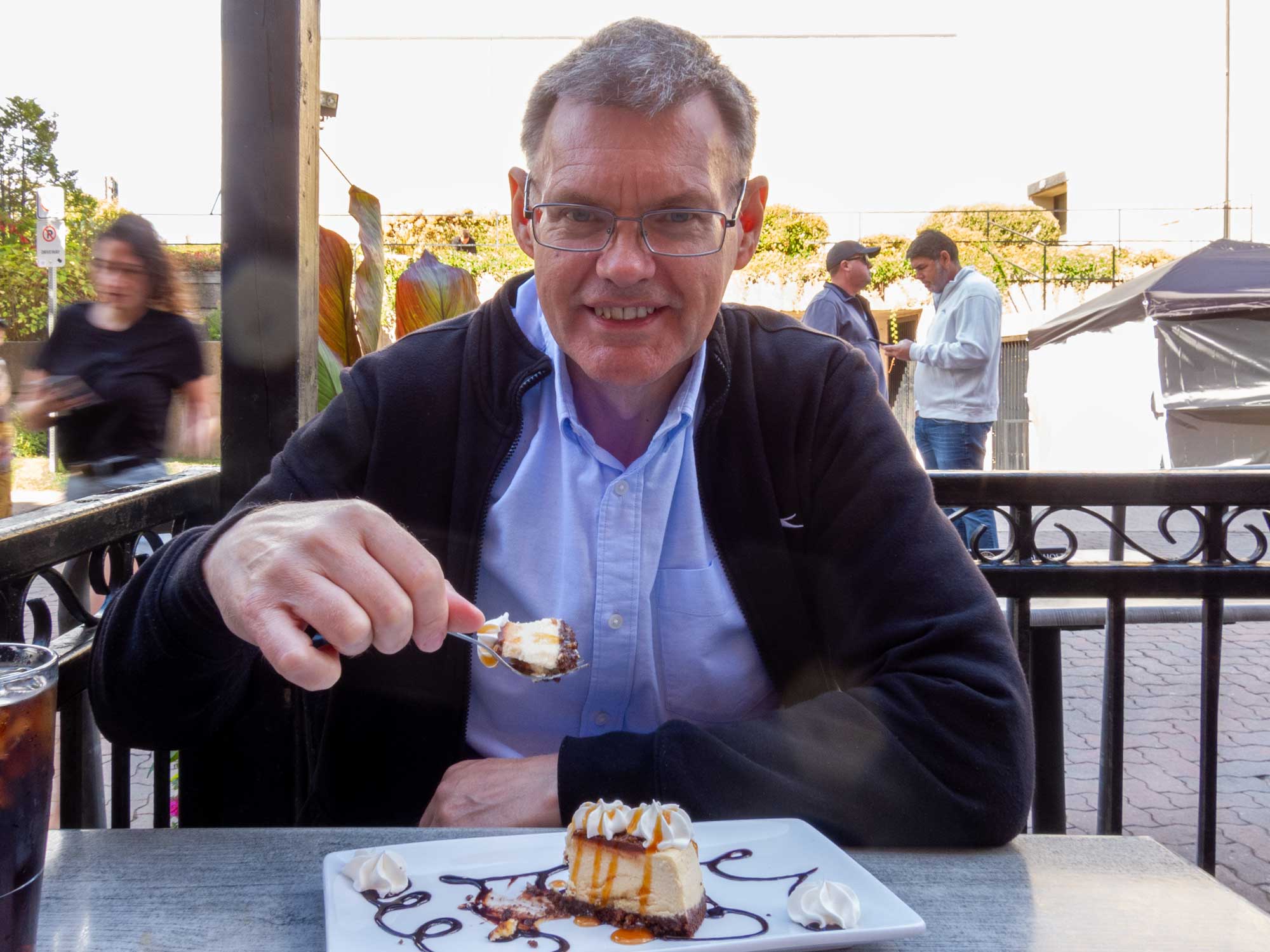
One of our favourite groups were centre stage in the theatre tonight - The Trawlermen
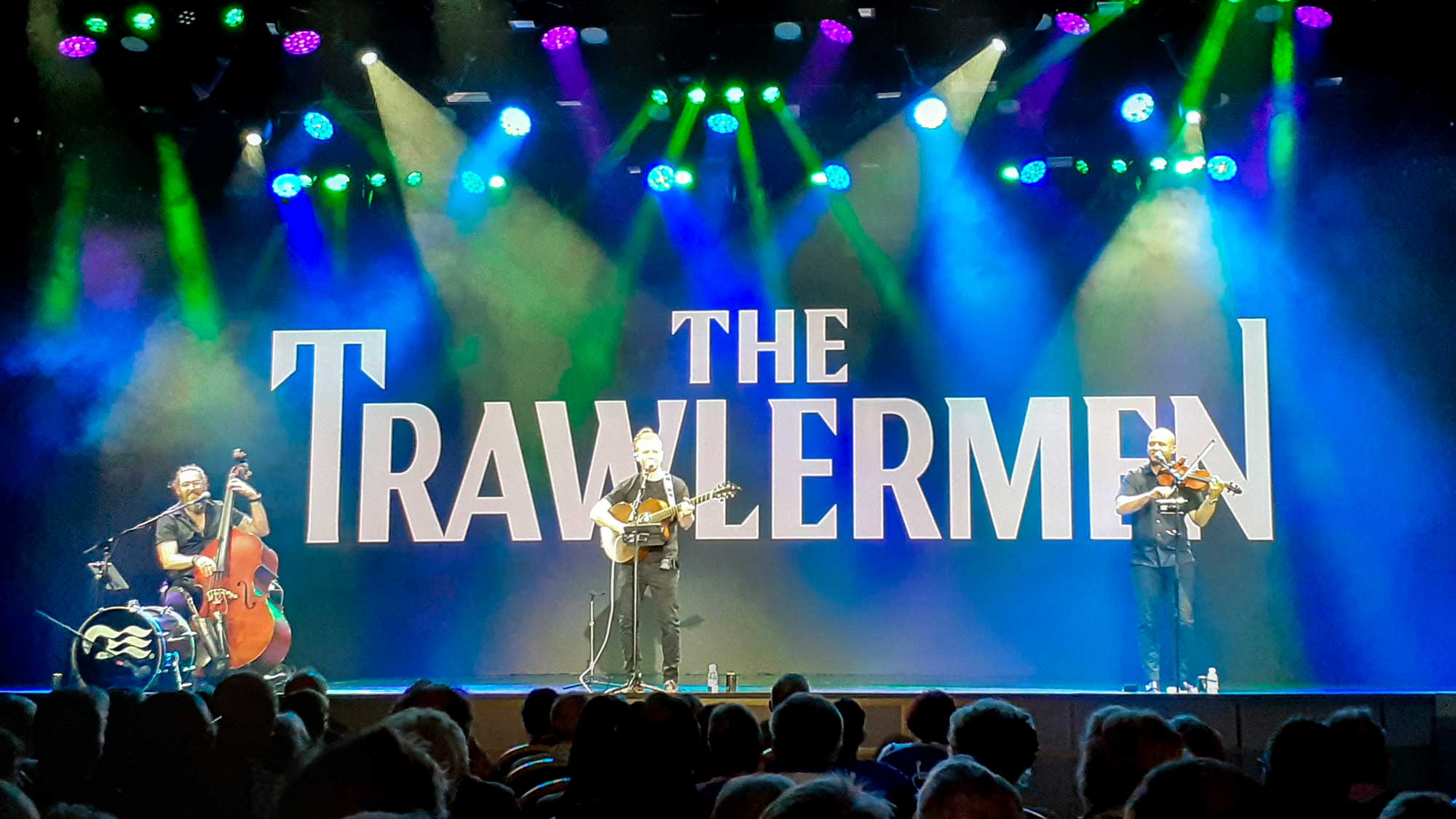
Today we landed in Sydney which is on Cape Breton Island in the Canadian Province of Nova Scotia. On the quayside there is the world's largest fiddle.
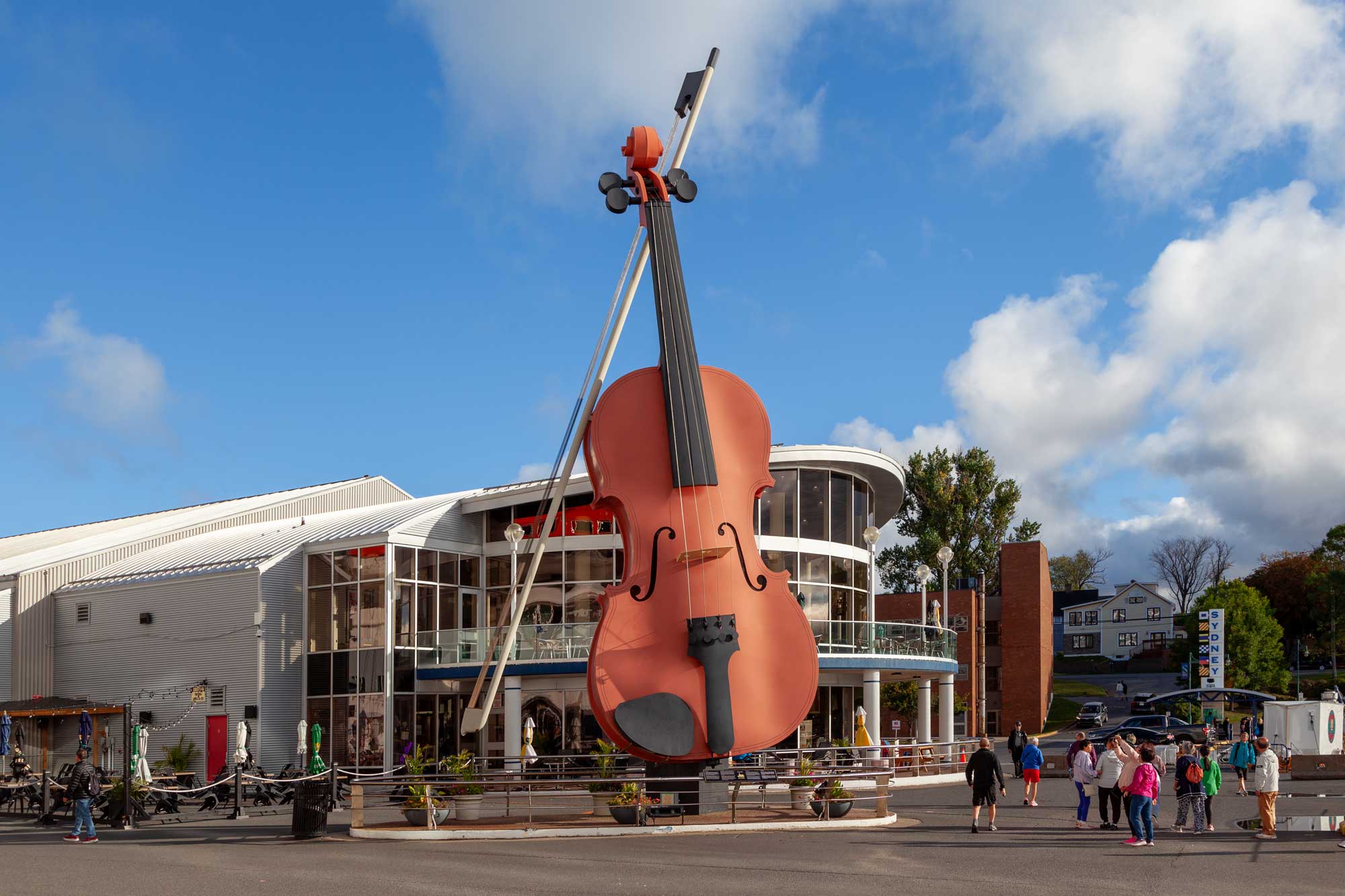
However, we didn't actually go into Sydney itself. We just got off board in order to make use of the free-wifi in the terminal building (where we also each bought new wallets made by a local craftsman out of caribou and lamb skin). For our day in port here we had decided to take a coach trip to the Fortress of Louisbourg which is about 20km away.
On our way we had commentary from our guide for the day who, among many other things, explained to us what the difference was between a fort and a fortress. The key is in the inhabitants. A fort is populated only by the armed forces, whereas a fortress houses a whole community of people with resident armed forces to protect the establishment.
The fortress at Louisbourg was built by the French when they occupied this part of Canada but twice was lost as a result of sieges which lasted seven weeks on each occasion. Finally, when the British had conquered the fortress, they knocked it down but it was rebuilt from its foundations in the early 1960's
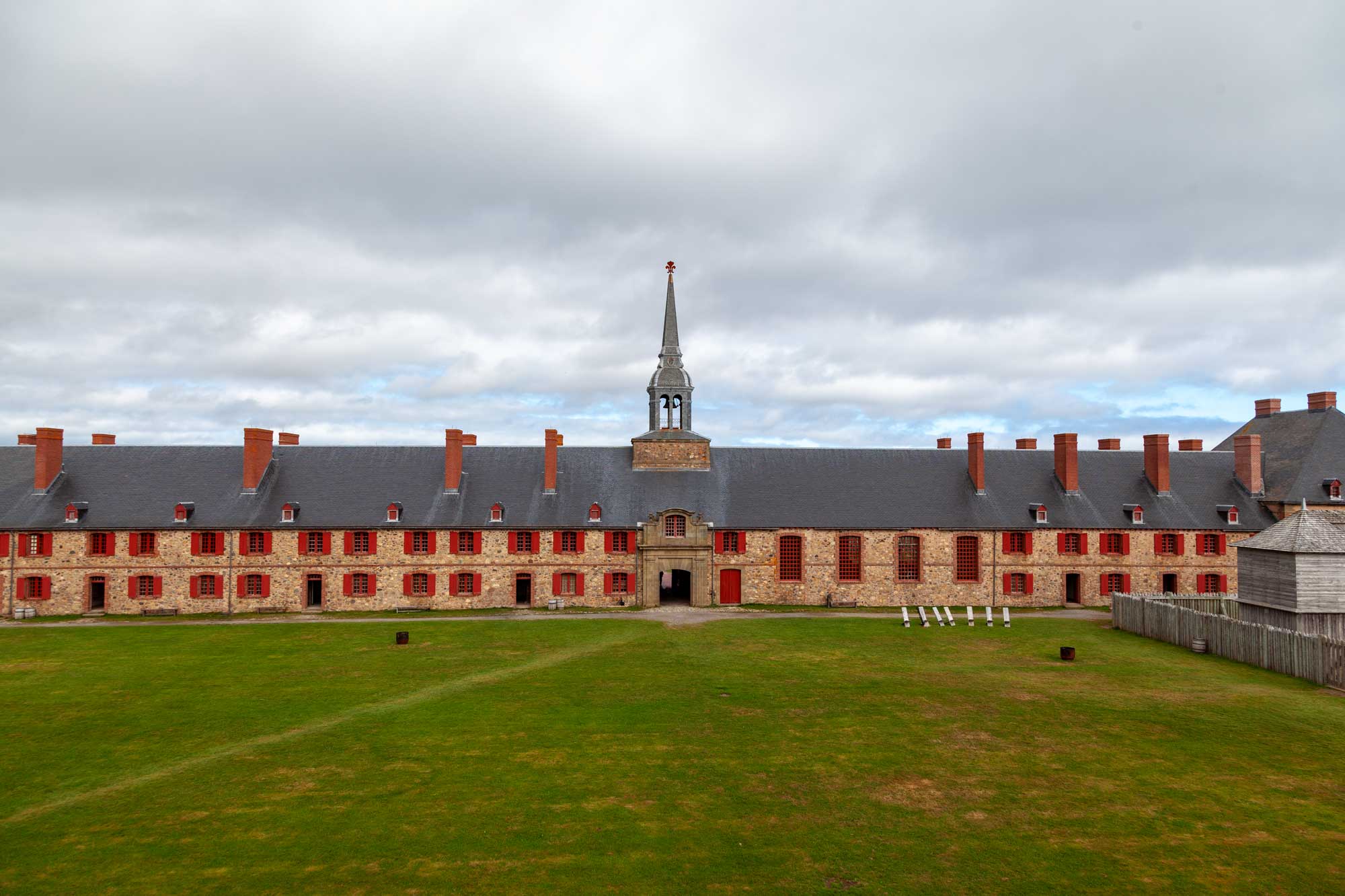
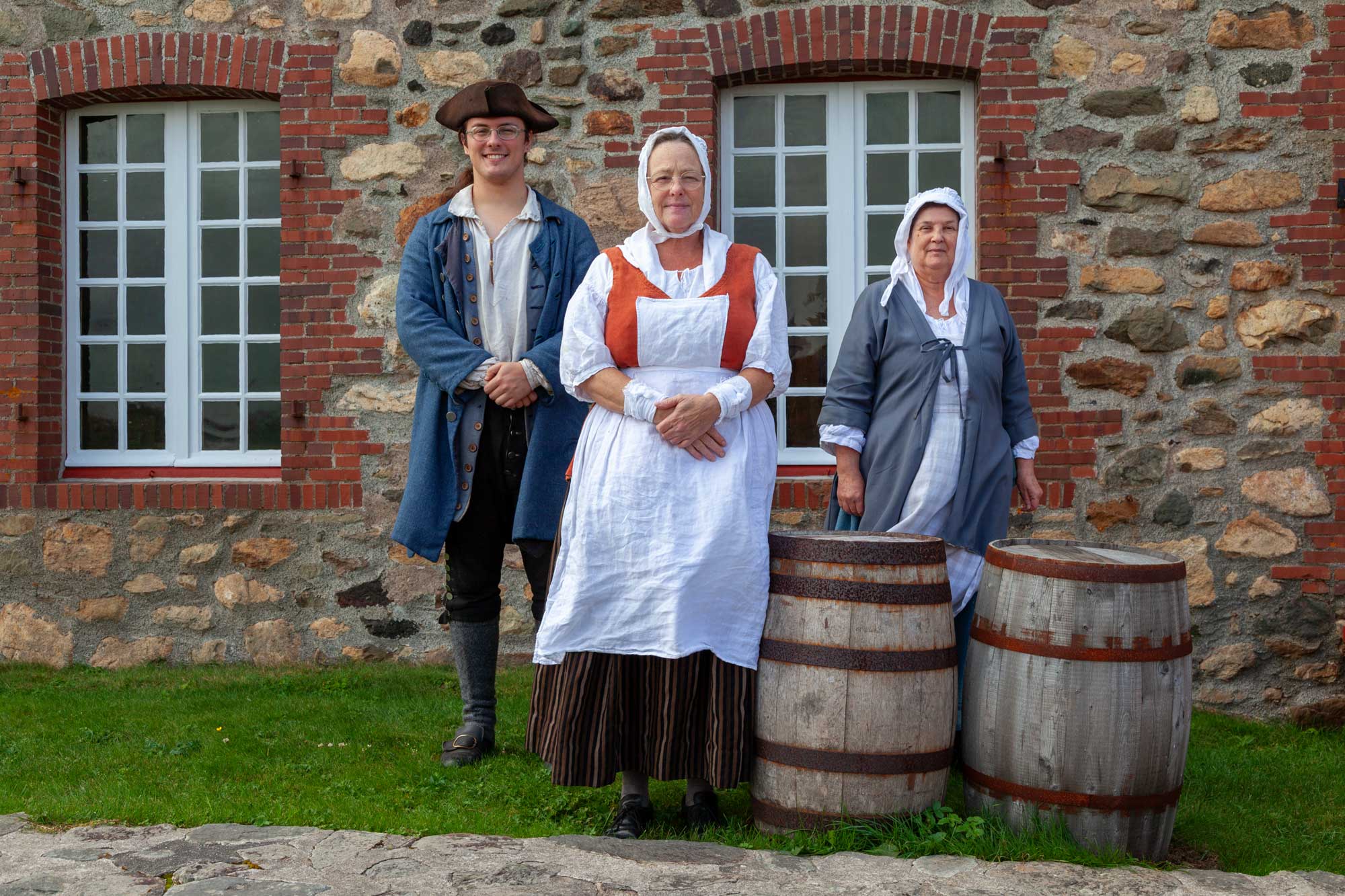
There were a number of nationalities amongst the armed forces stationed at the fortress whilst the French held it. In addition to the French themselves, there were, for example, Swiss mercenaries. One such Swiss mercenary is in the photograph below. His uniform is what a Swiss mercenary would have worn at the time. The Swiss wore red with blue cuffs whereas the French would wear a completely blue uniform (on top of which a white coat would be worn if necessary.)
There was some resentment between the mercenary forces and those of the French as a mercenary was paid around 10 times as much as a Frenchman.
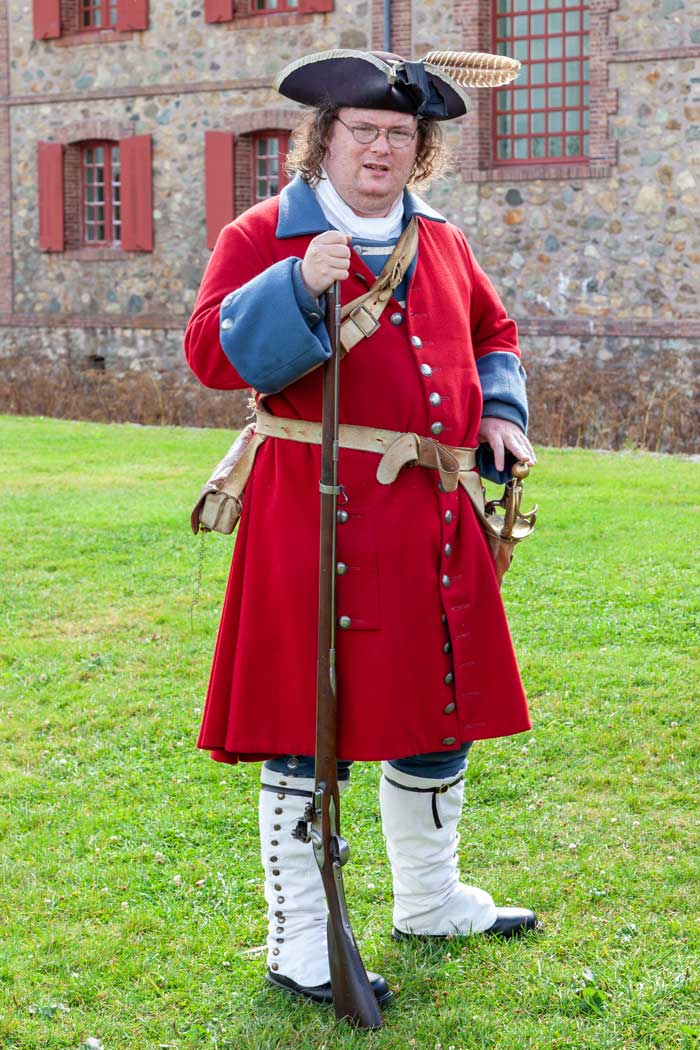
This is a soldier wearing the blue uniform of the French army.
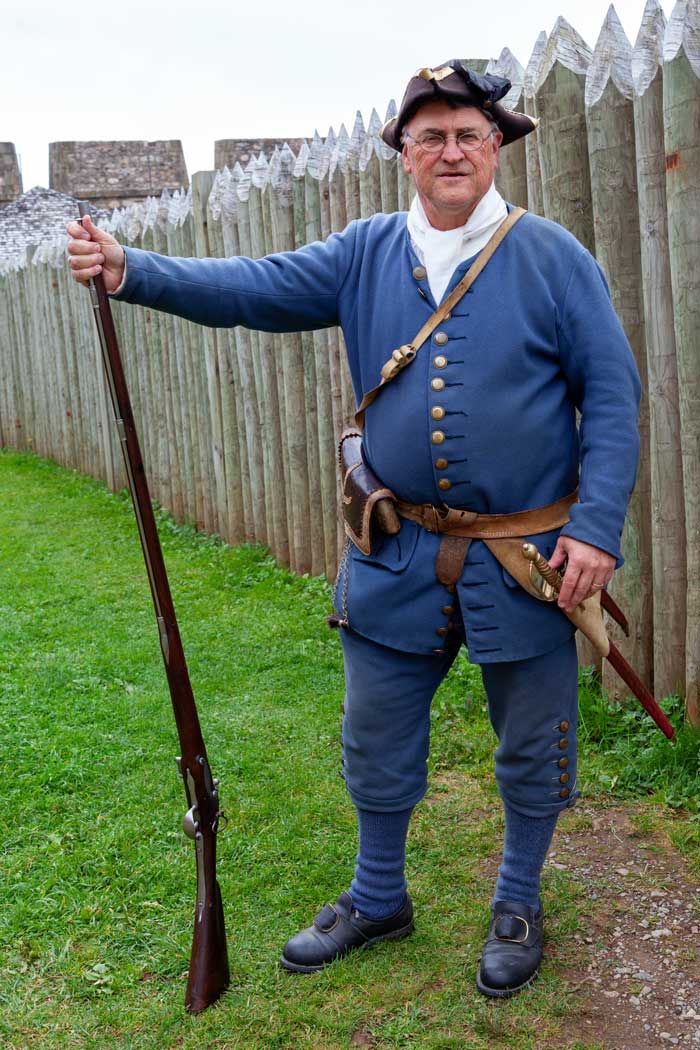
Another French soldier but this time wearing a white overcoat.
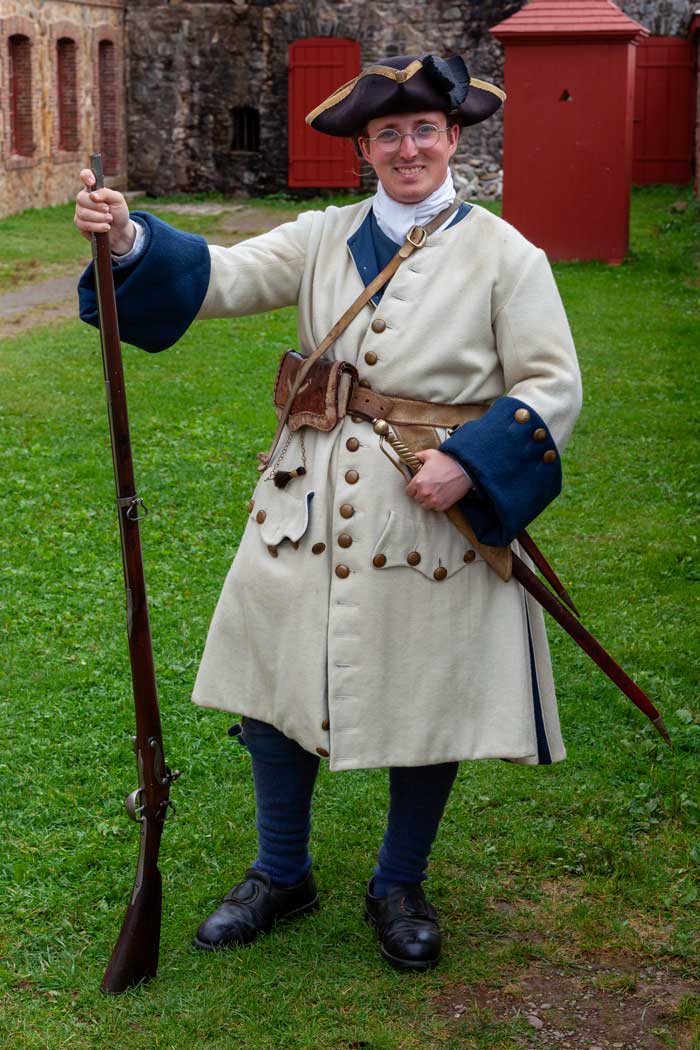
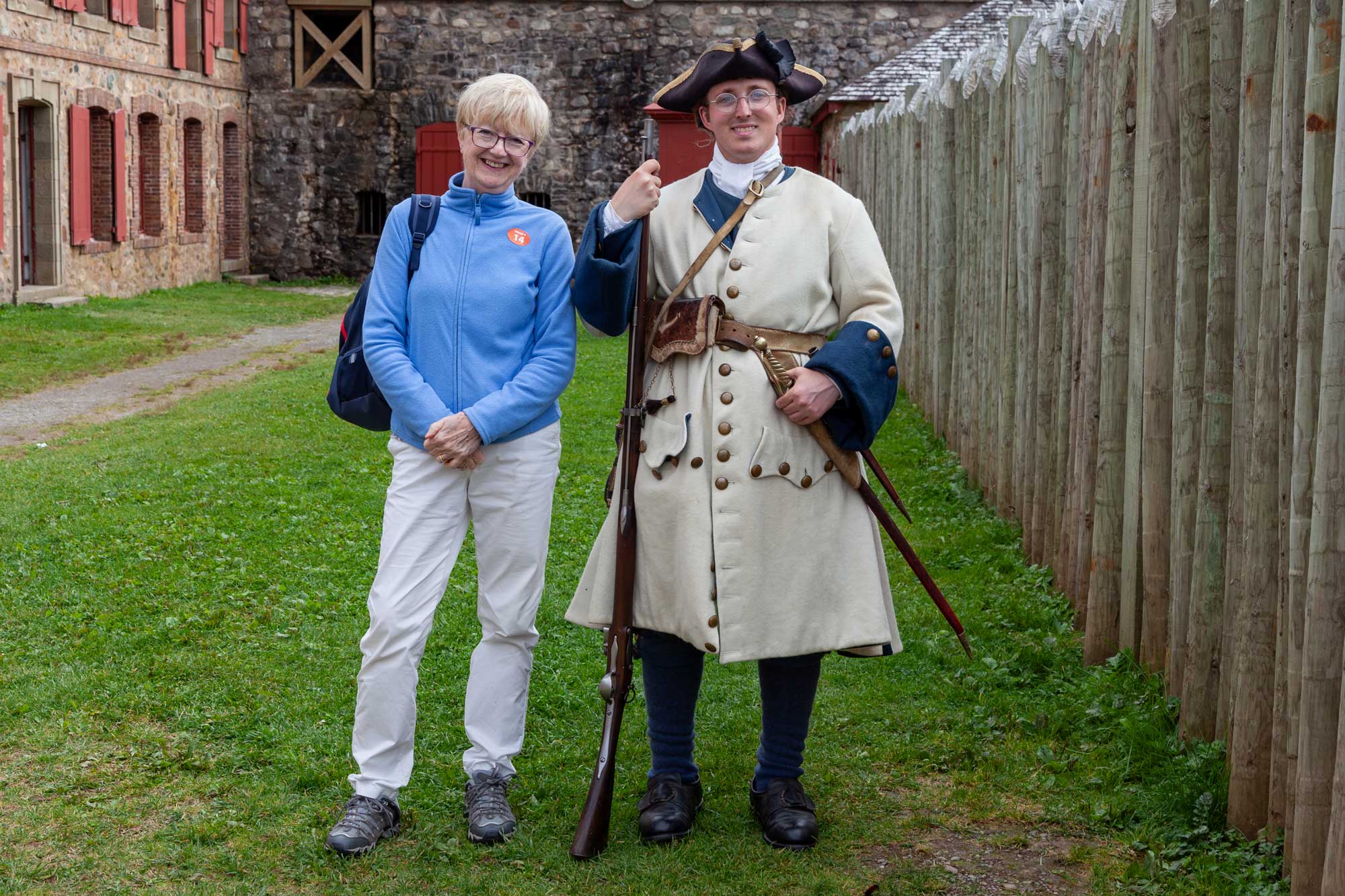
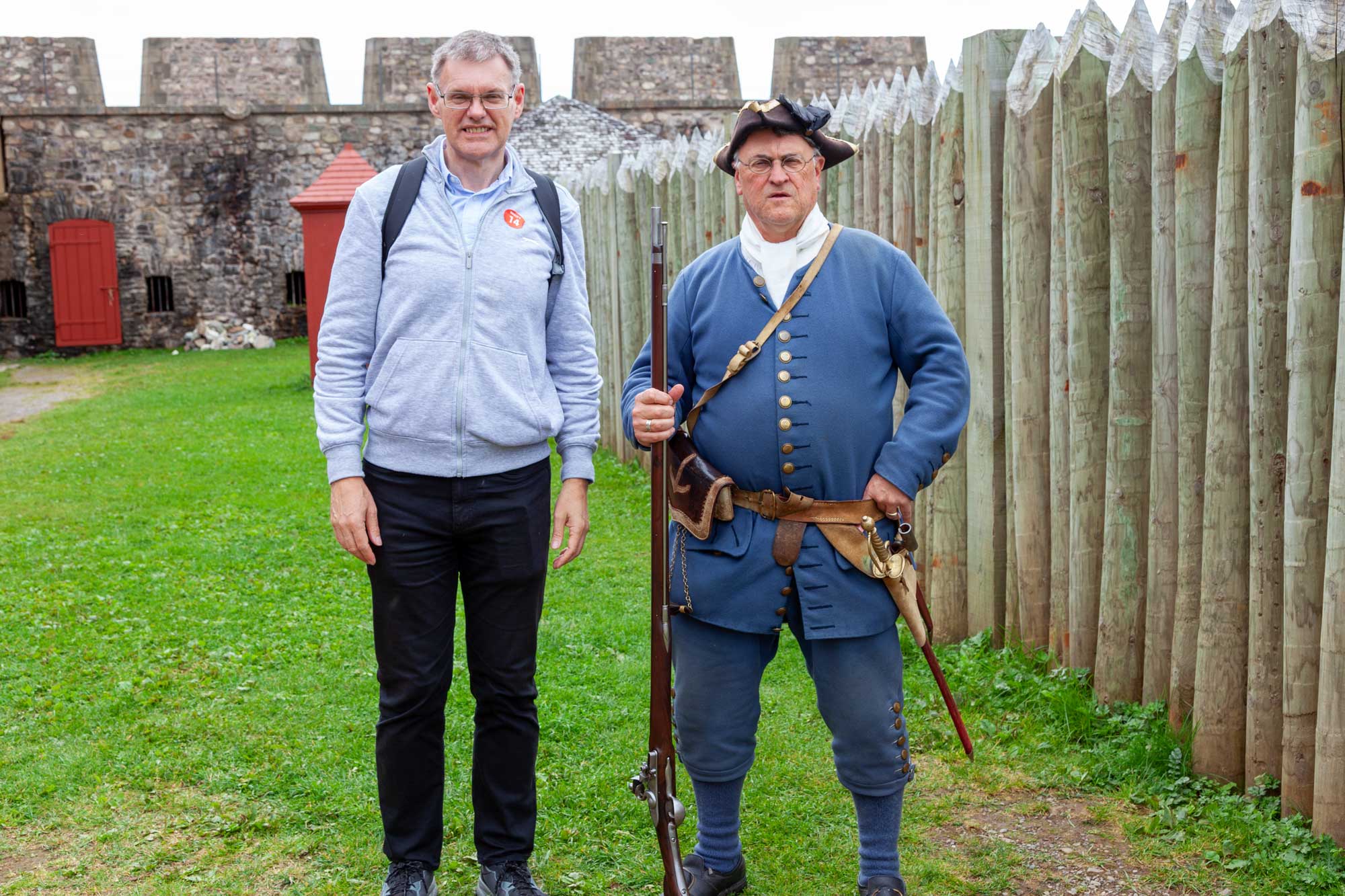
Both me and the Frenchman have pained expressions in this photo because whilst we were waiting for Pat to take the photo we were both getting eaten alive by hoards of midges!!.
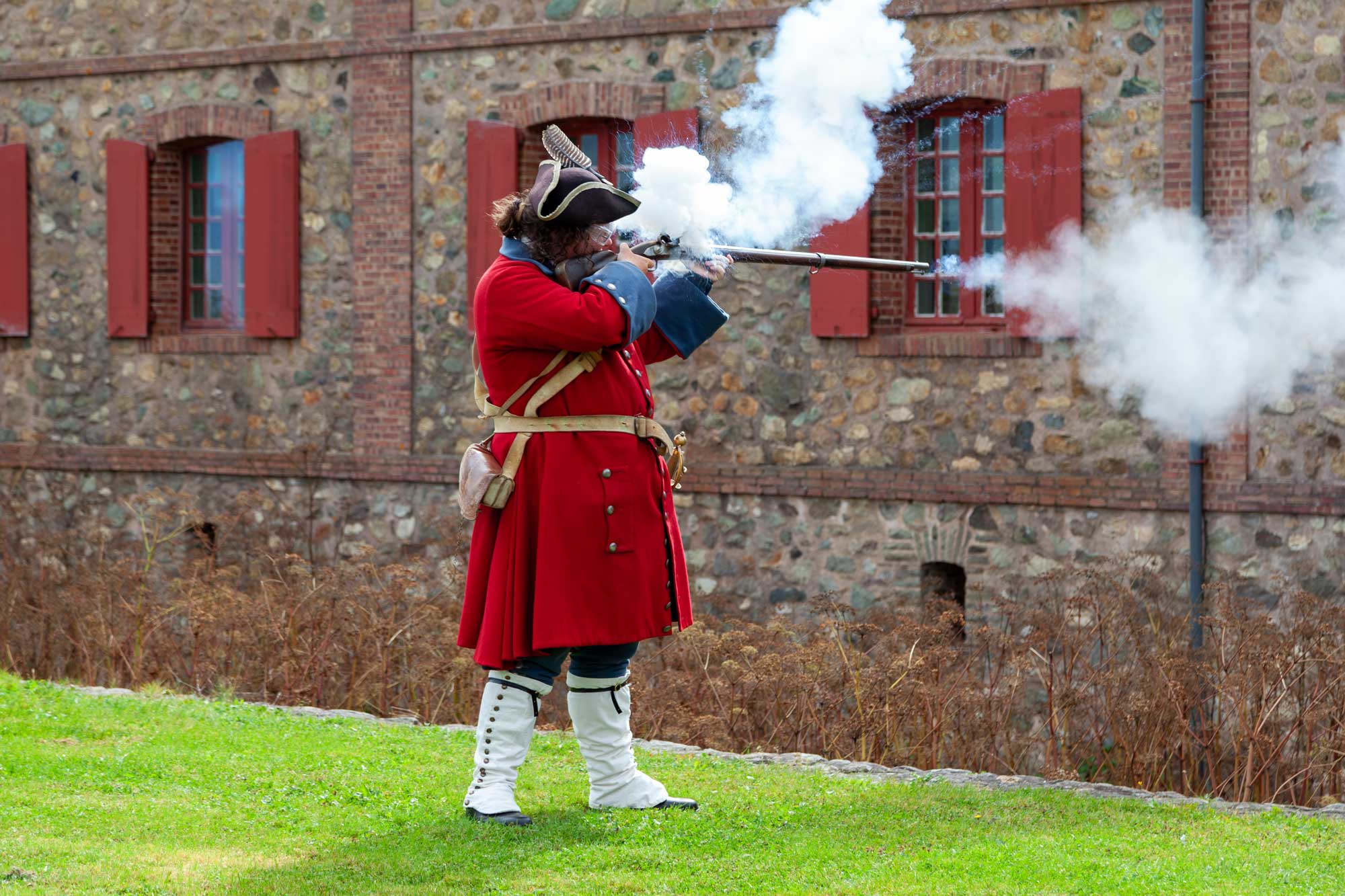
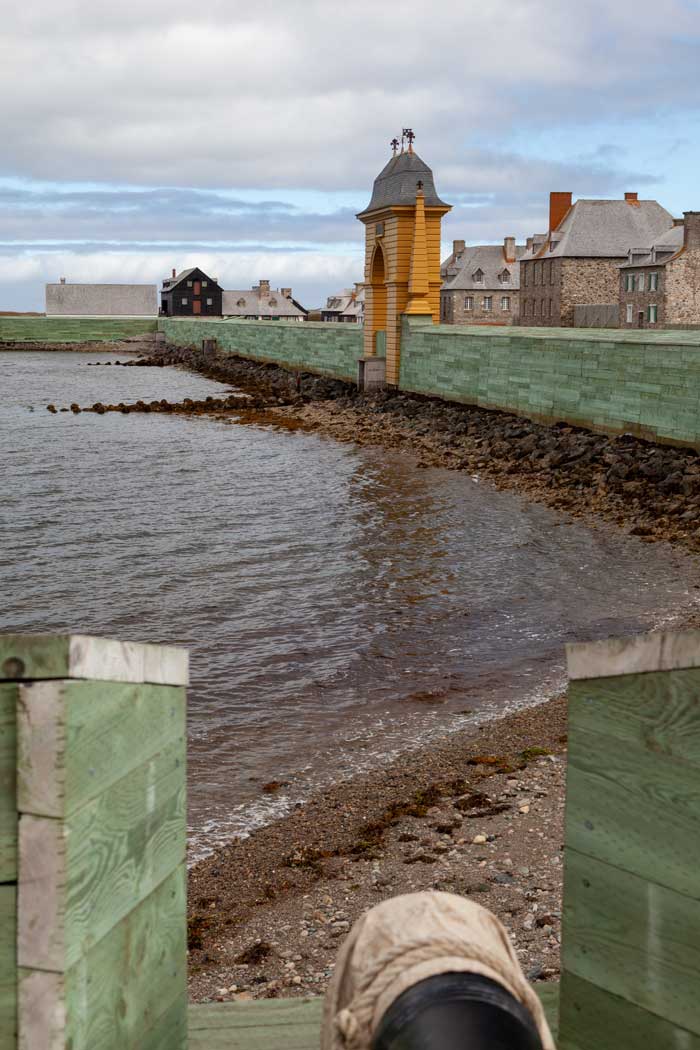

Inside the Governor's House:

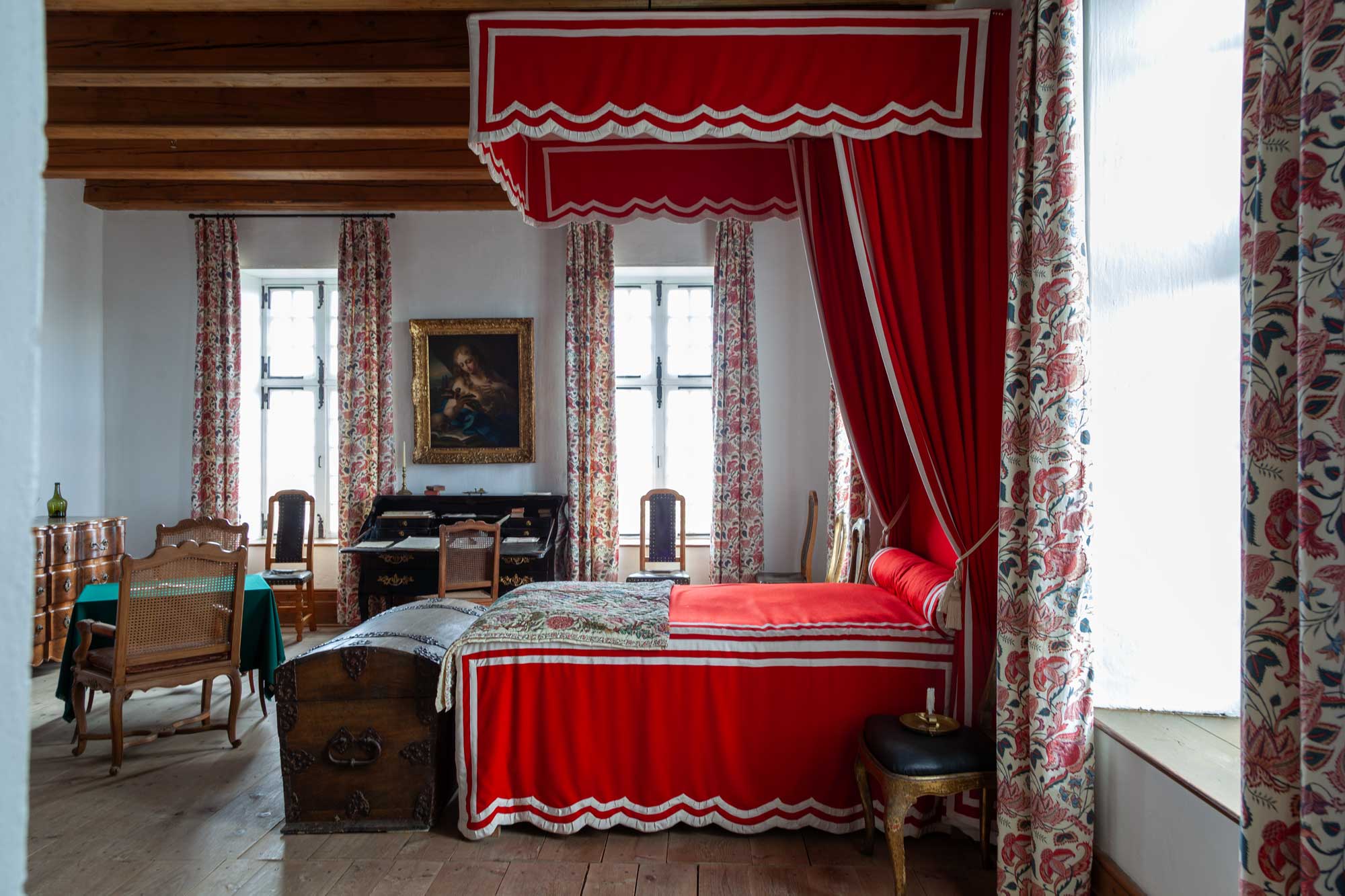
The modern town of Louisbourg
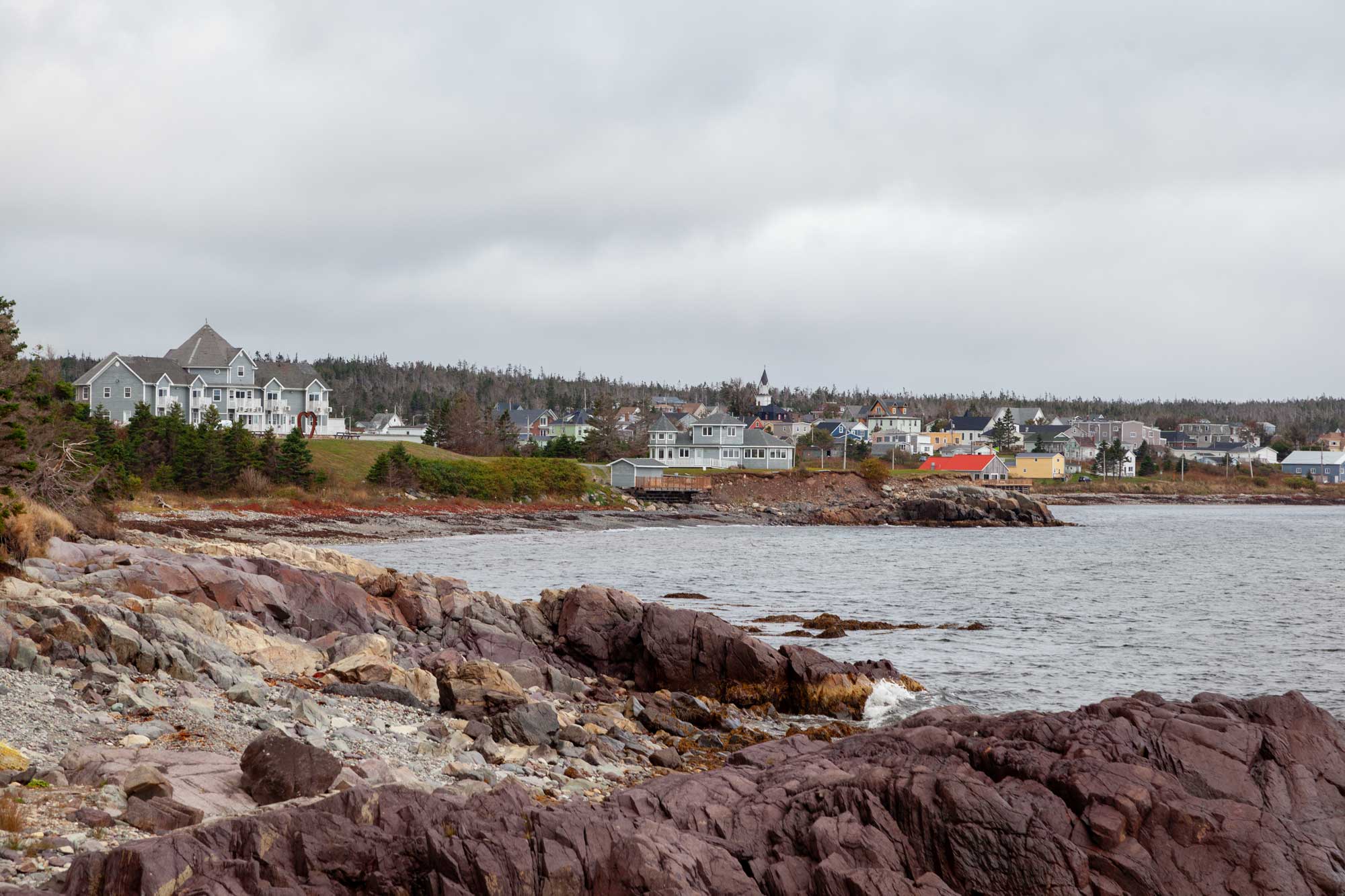
Louisbourg Lighthouse
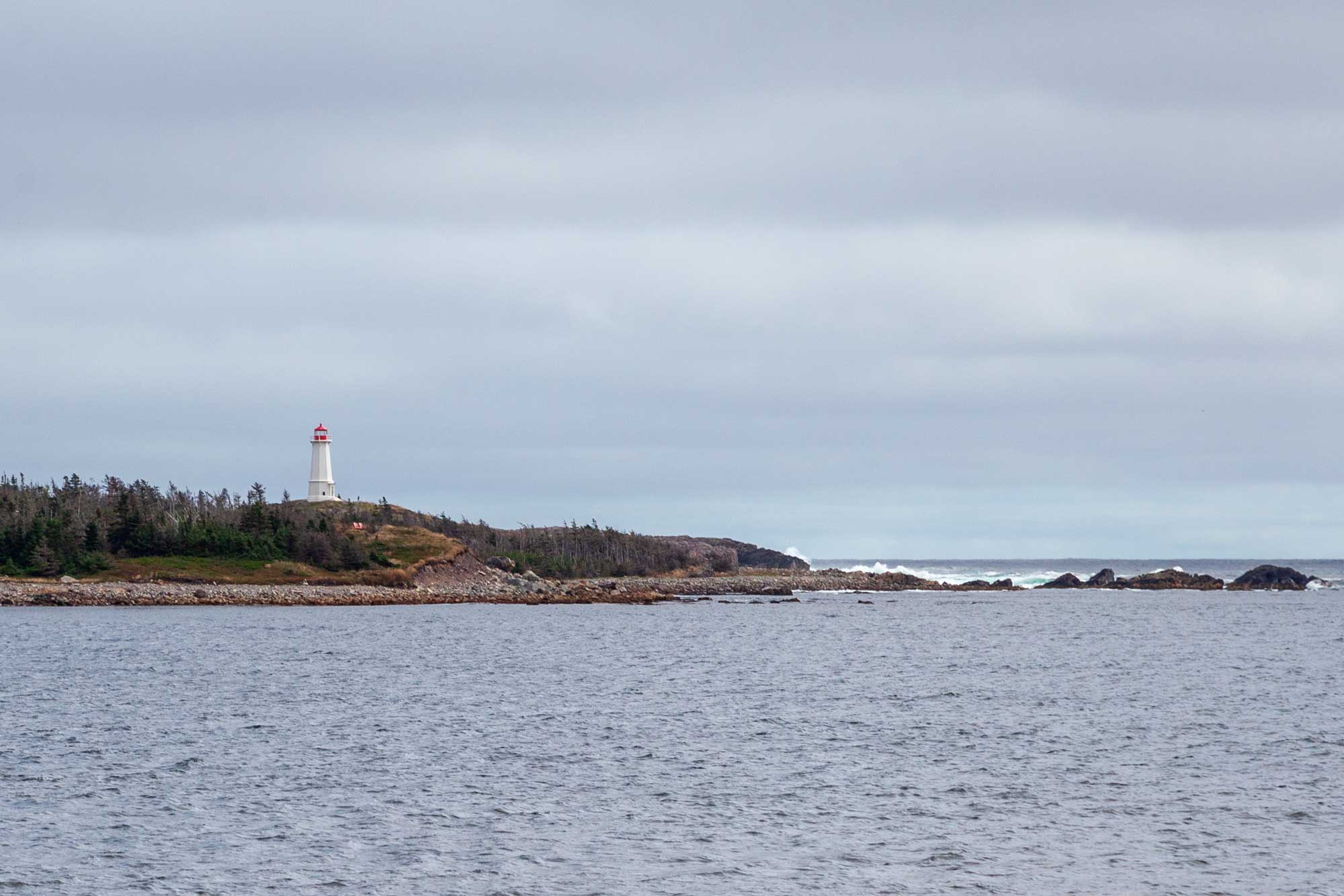
Our next port of call was Halifax, Nova Scotia. It is the largest city on Nova Scotia with a population of approximately 500,000. Lots of people have moved there within the last four years and as a result there's a lot of development work on-going.
Halifax is also the place where the recovered bodies of the Titanic were taken in April 1912 (the survivors were taken to New York). The White Star Line refused to pay for the return of the bodies to their families and as a result the bodies of those that either couldn't be identified or whose families didn't have the means to pay for transportation are buried in three cemetries in Halifax.
We took a coach trip to Peggy's Cove which was about an hour's drive away.

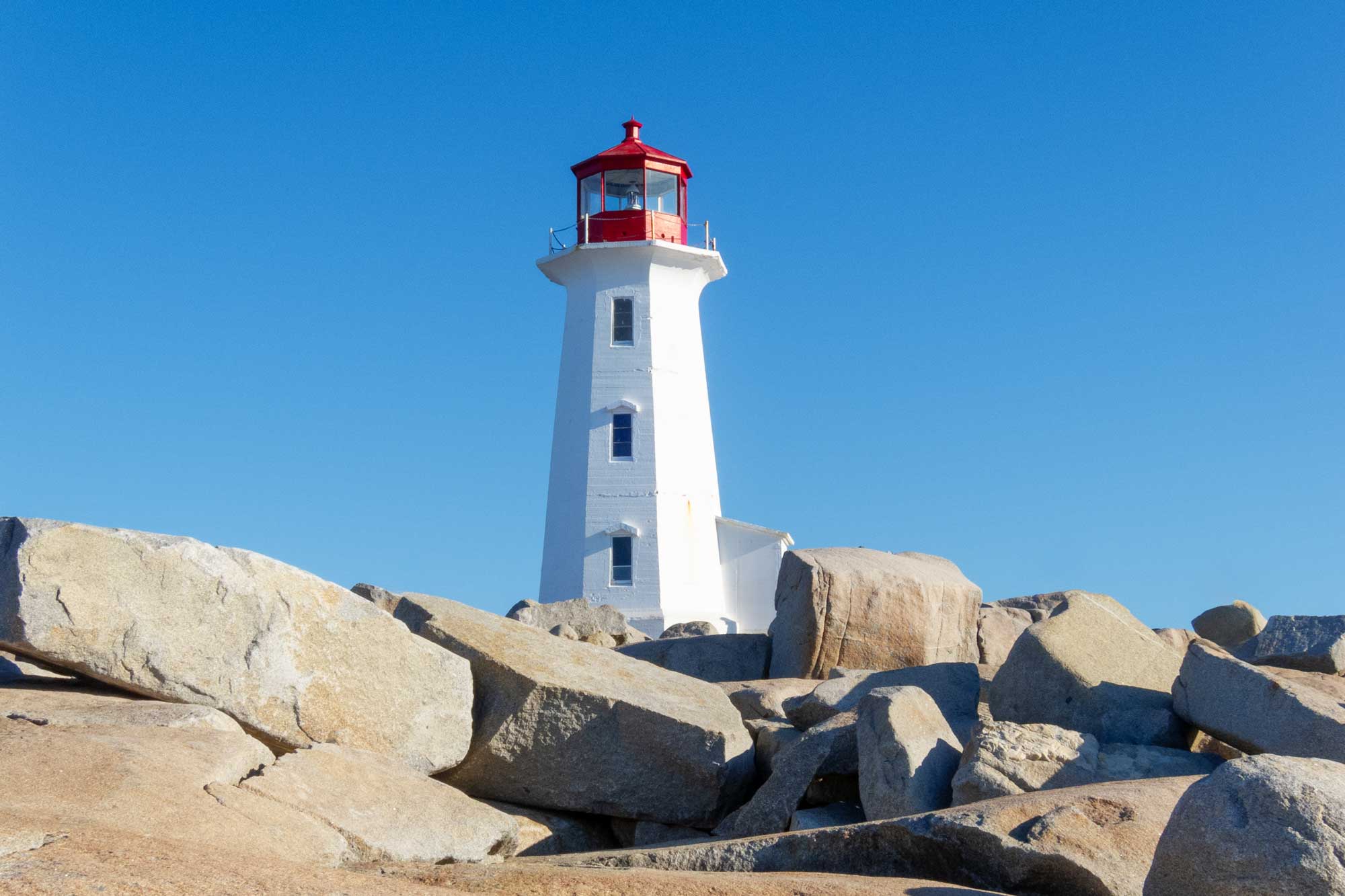
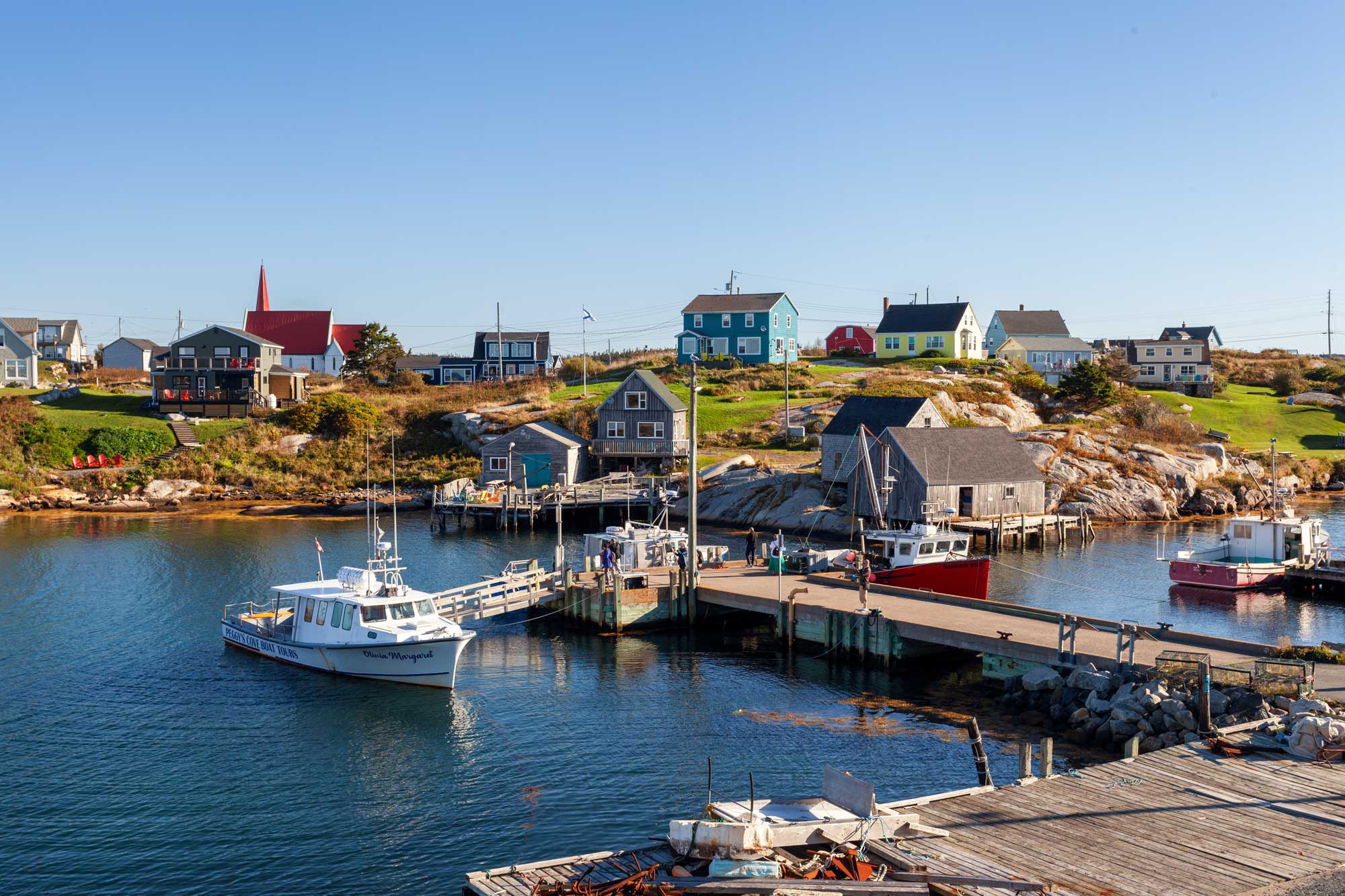
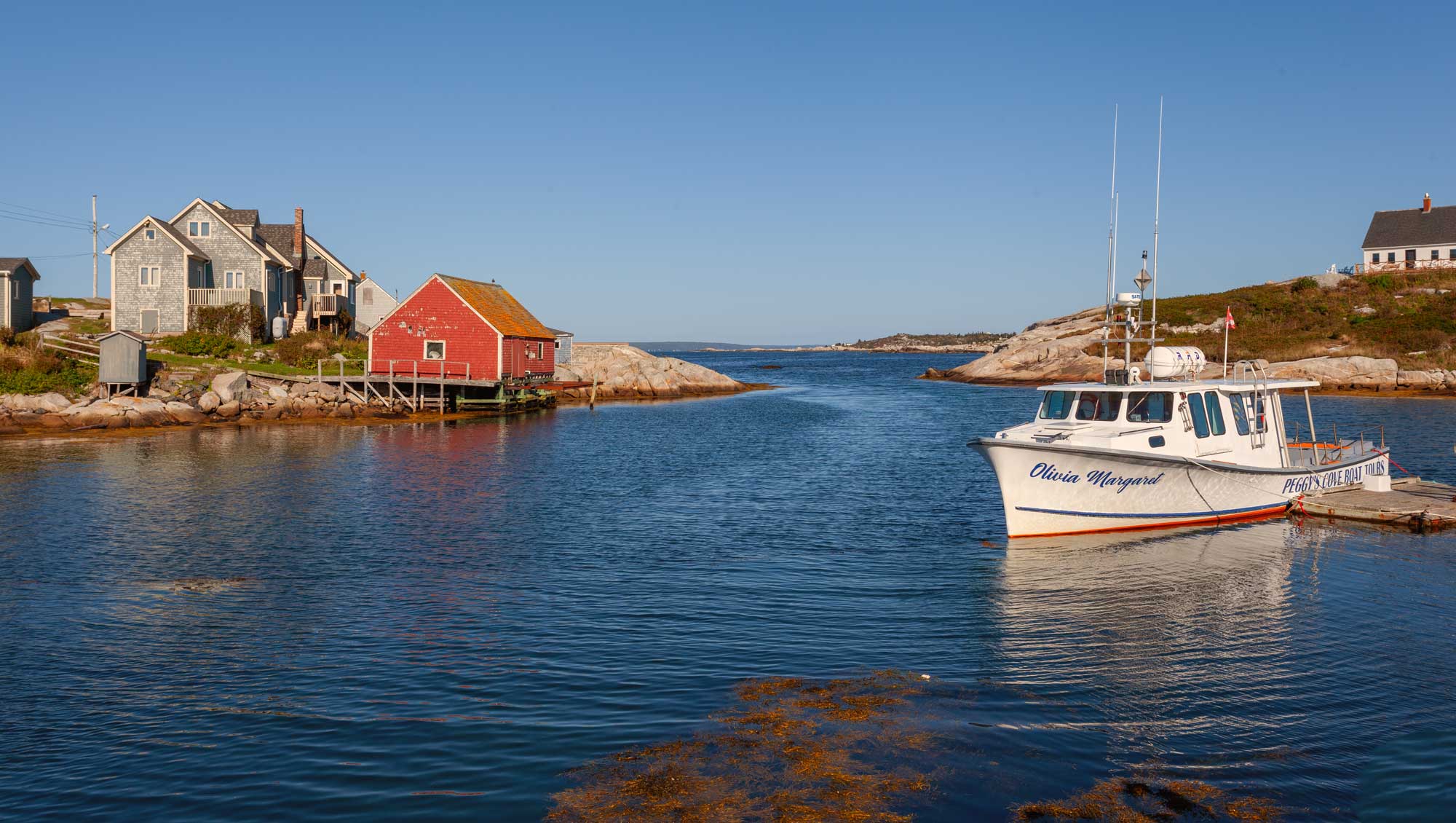

On our return to Halifax, we walked along the boardwalk on the waterfront and went to the Maritime Museum which was free the day we were there as 30th September is a national holiday celebrating the First Nations (i.e. the original inhabitants of Canada before the European invasion).
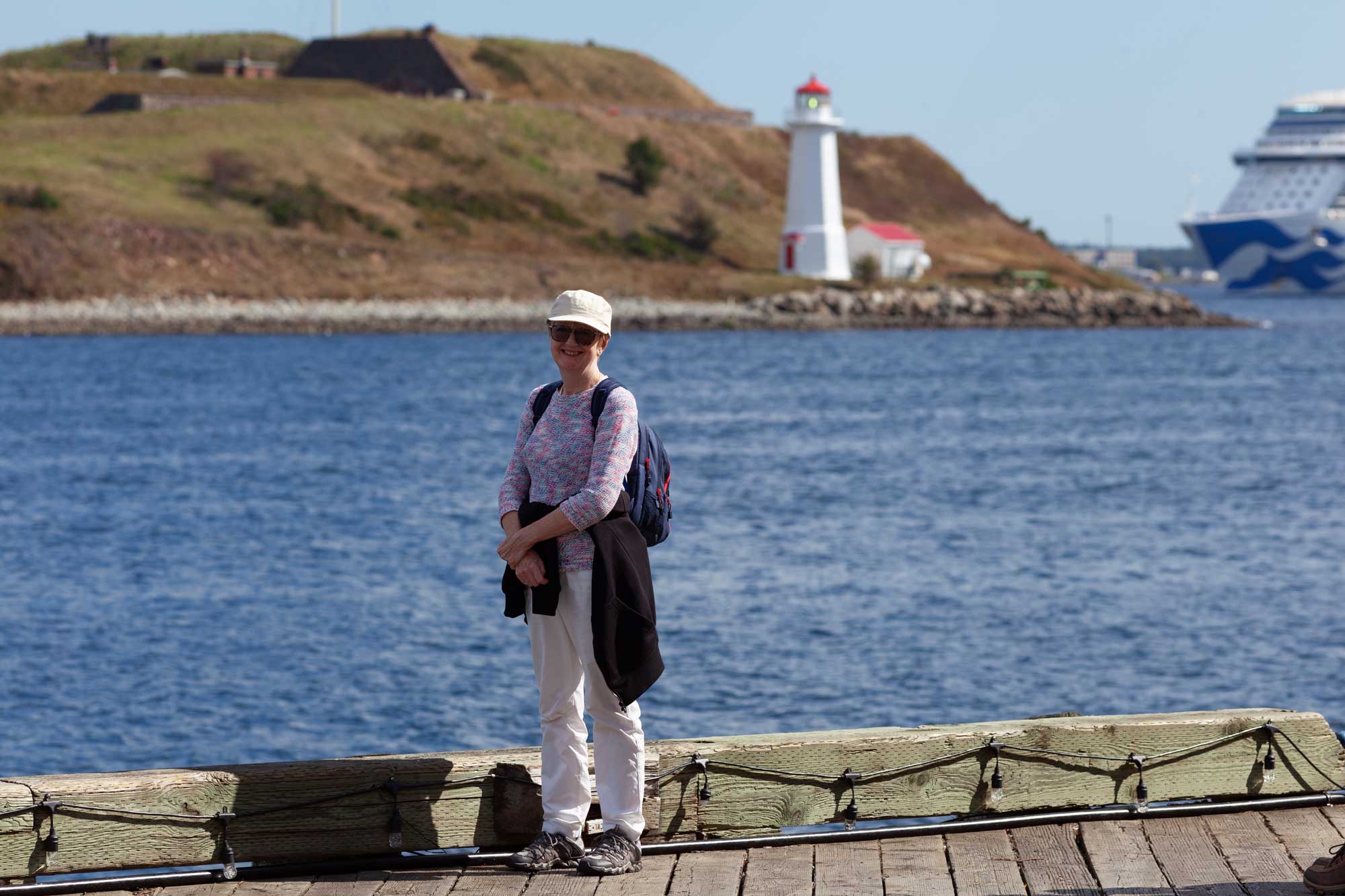
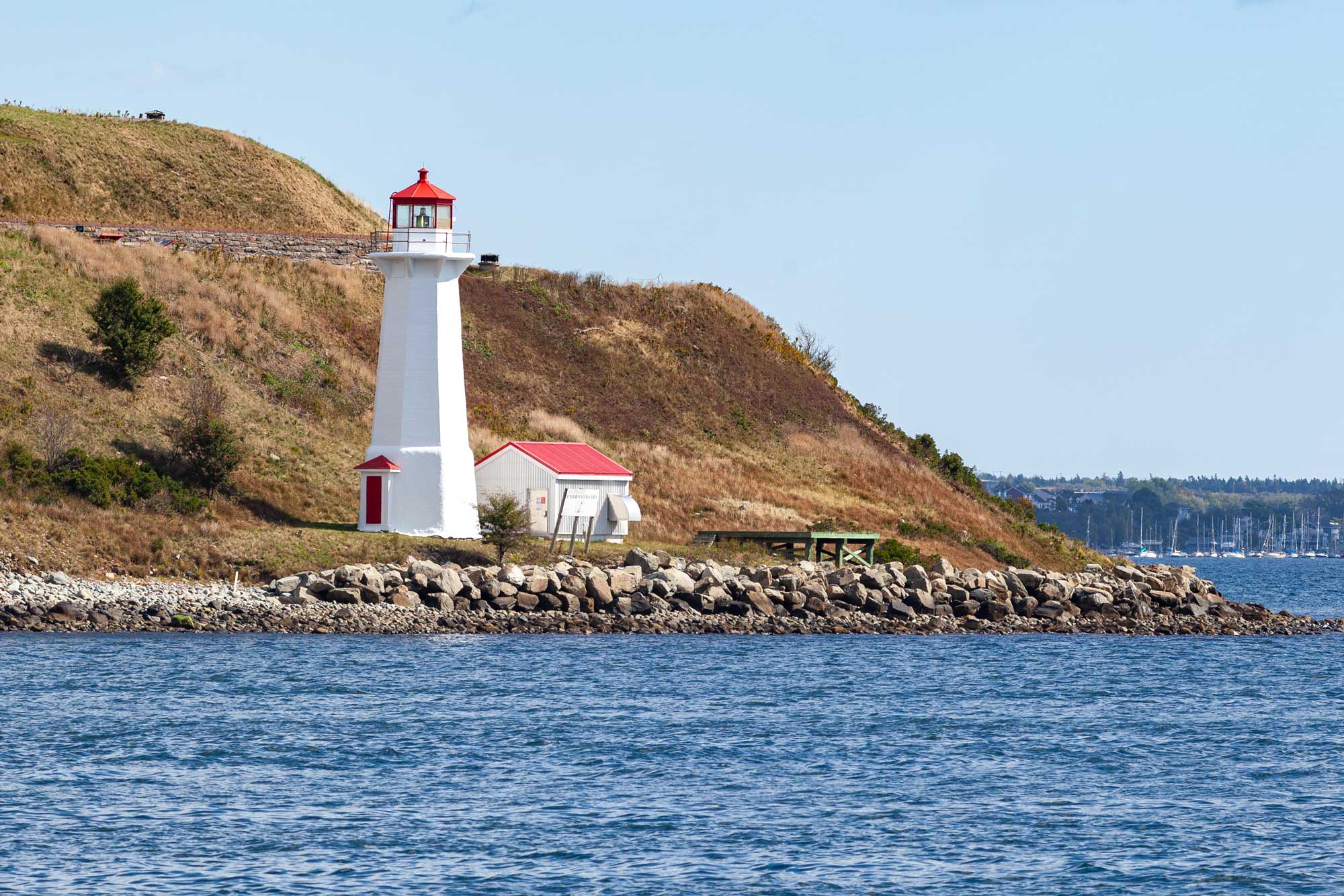
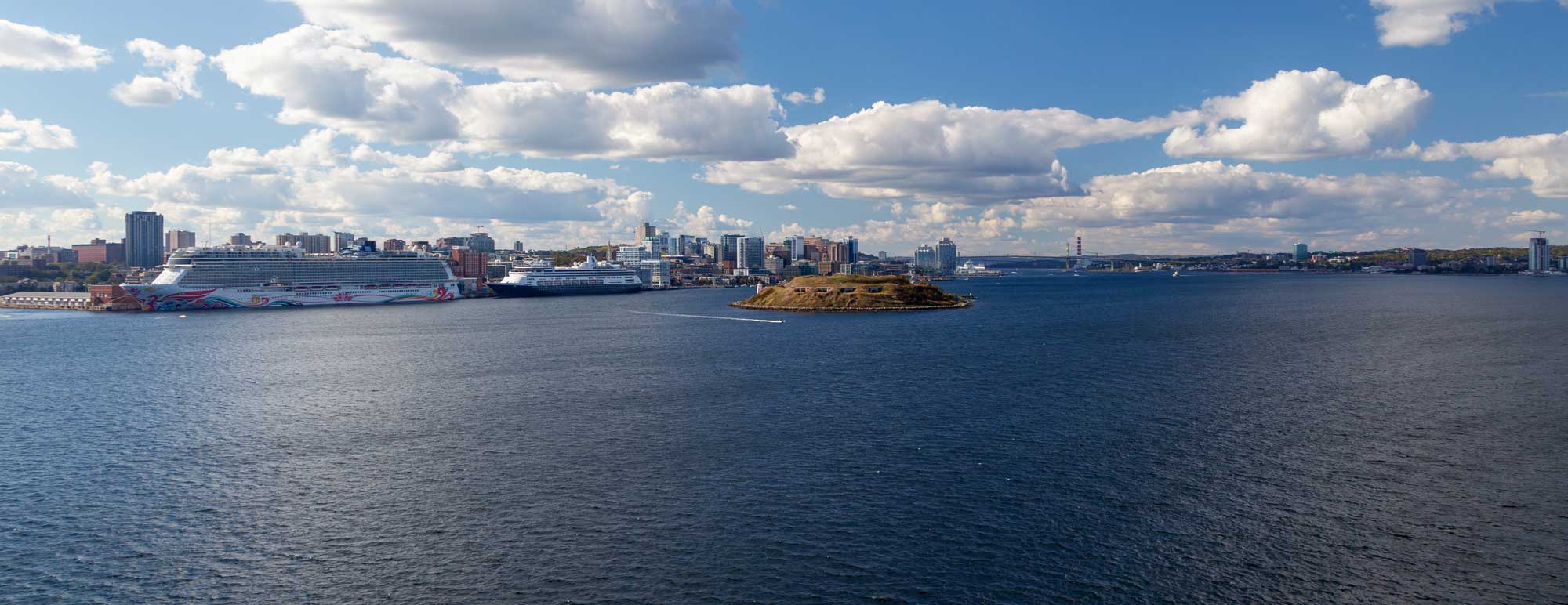
This is HMCS Sackville, the last surviving corvette that protected the Atlantic convoys during the Second World War. It is still seaworthy - in fact it had gone out to sea the week before we arrived in order to scatter some ashes into the ocean.
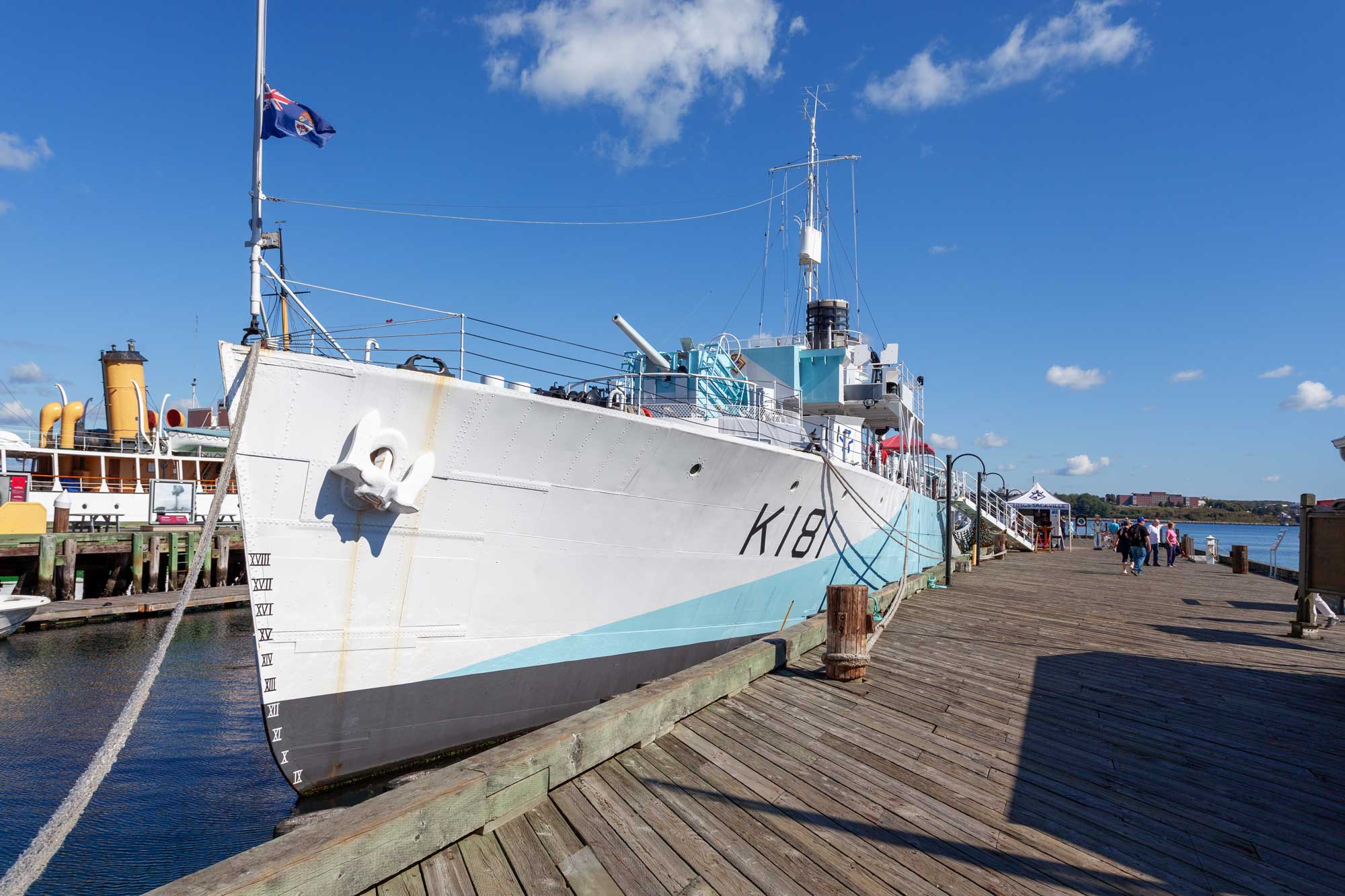
We arrived for a two day stay in New York this morning. We walked from the pier along 42nd Street and then on to 34th Street where we went up to the viewing platform on the 86th floor of the Empire State building. From there we caught a hop-on-hop off bus to the World Trade Centre and then caught the bus again back to the ship. On the way we purchased tickets for a trip on the Statten Island Ferry tomorrow morning at 10.30 from which we should be able to get a good view of the Statute of Liberty. We then intend to go onboard the USS Intrepid which is an aircraft carrier that is docked on an adjacent pier to our ship.
Of all the places we have visited so far, New York is far and away my least favourite. Ok, it is true that there are some sightseeing opportunities (such as the Empire State building), but my overall impression is that it is a concrete jungle and driving through the centre on the bus was like doing three circles of Manchester city centre.
My conclusion so far, therefore, is that there are far nicer places to see in the world and give me some open countryside or coastline anytime.
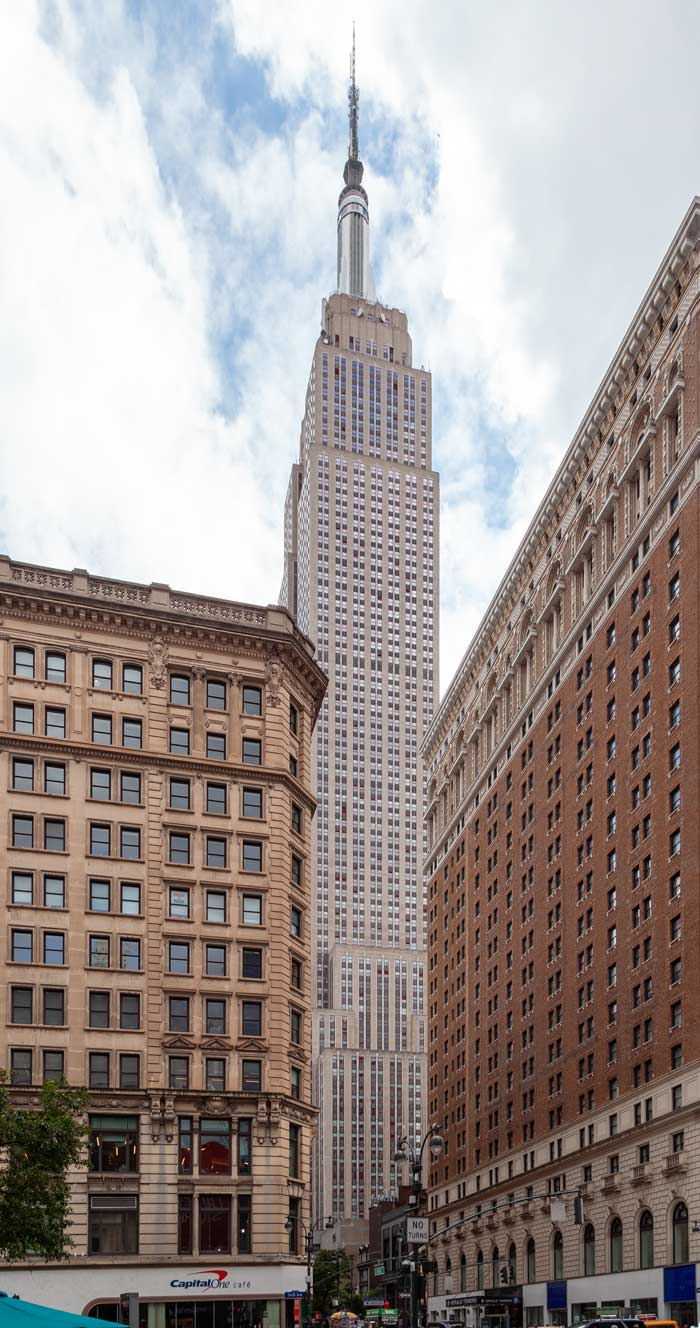
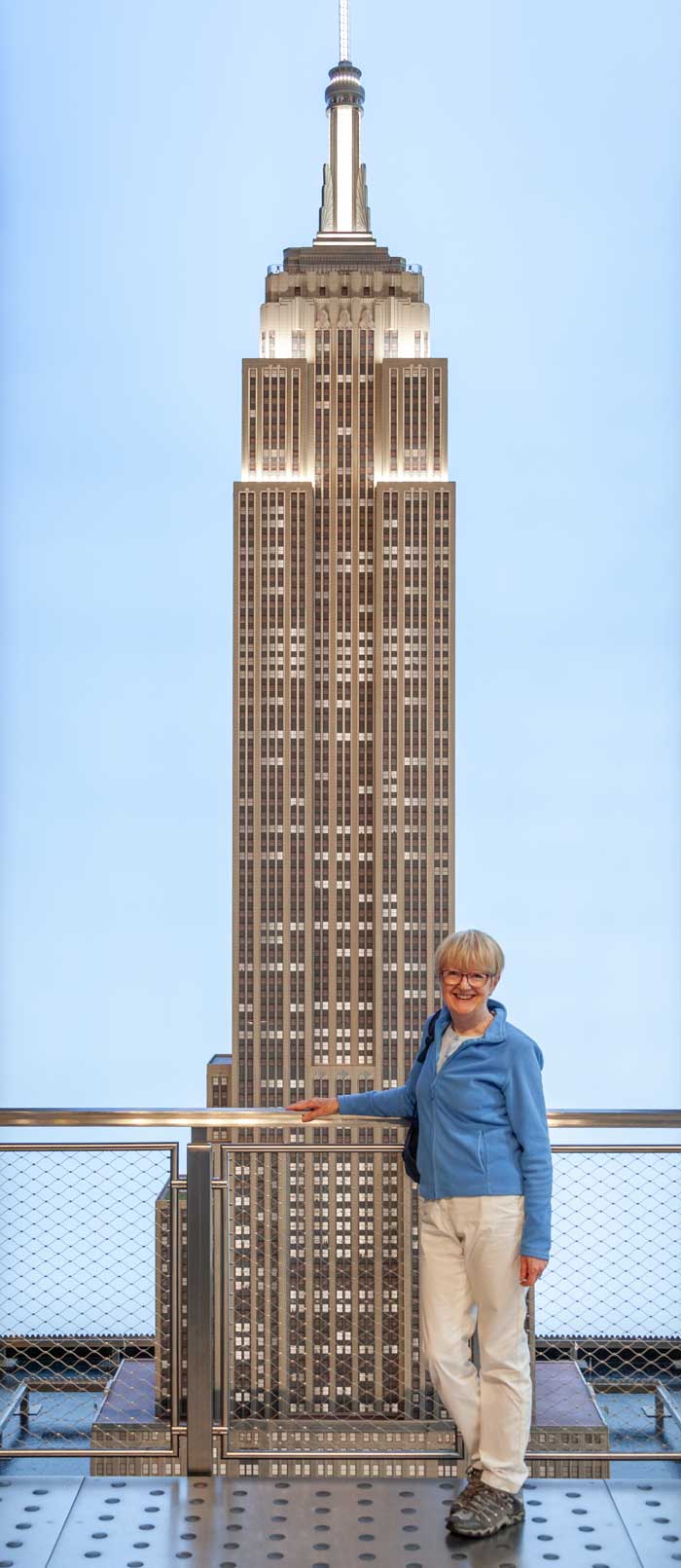
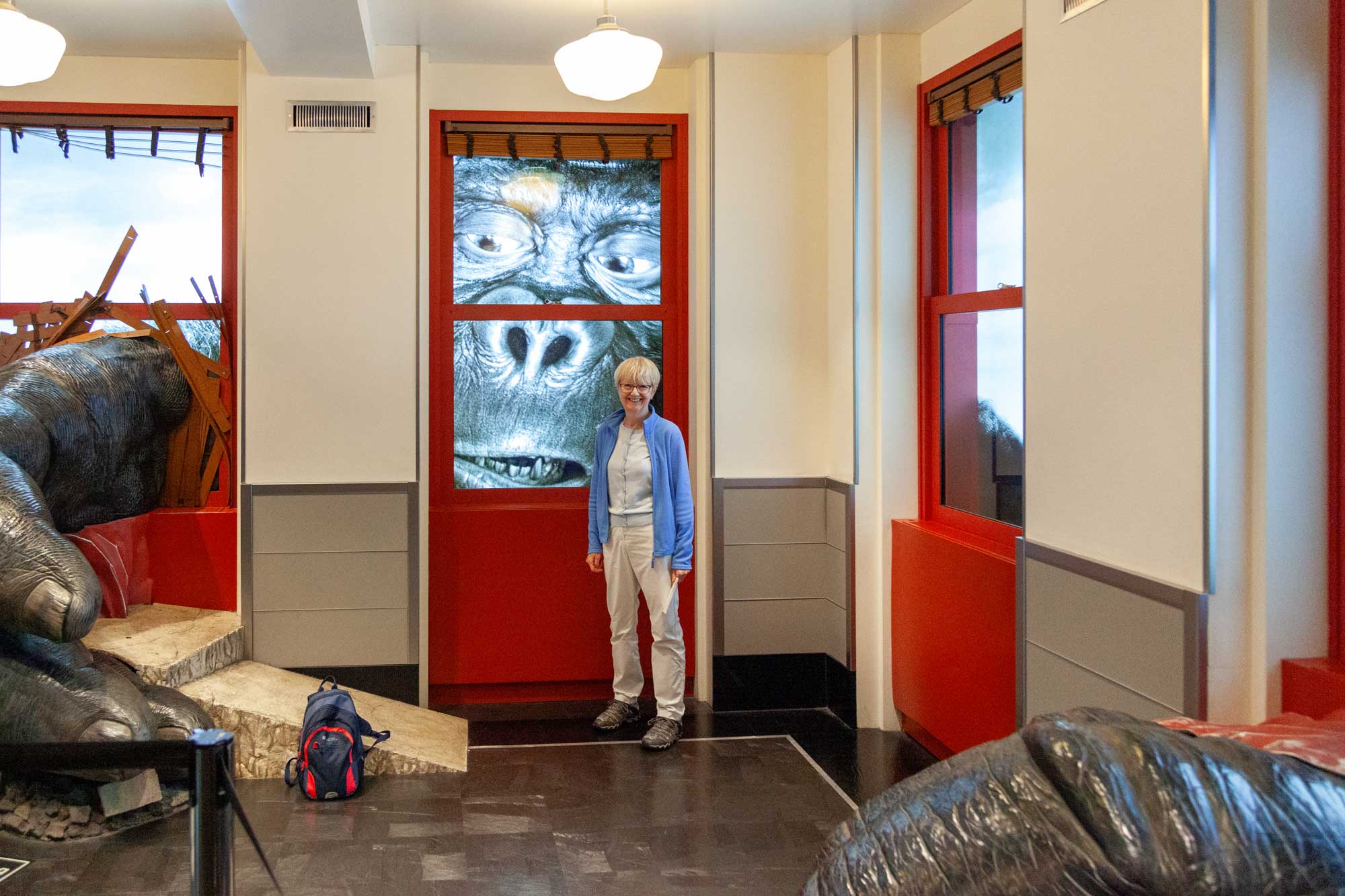
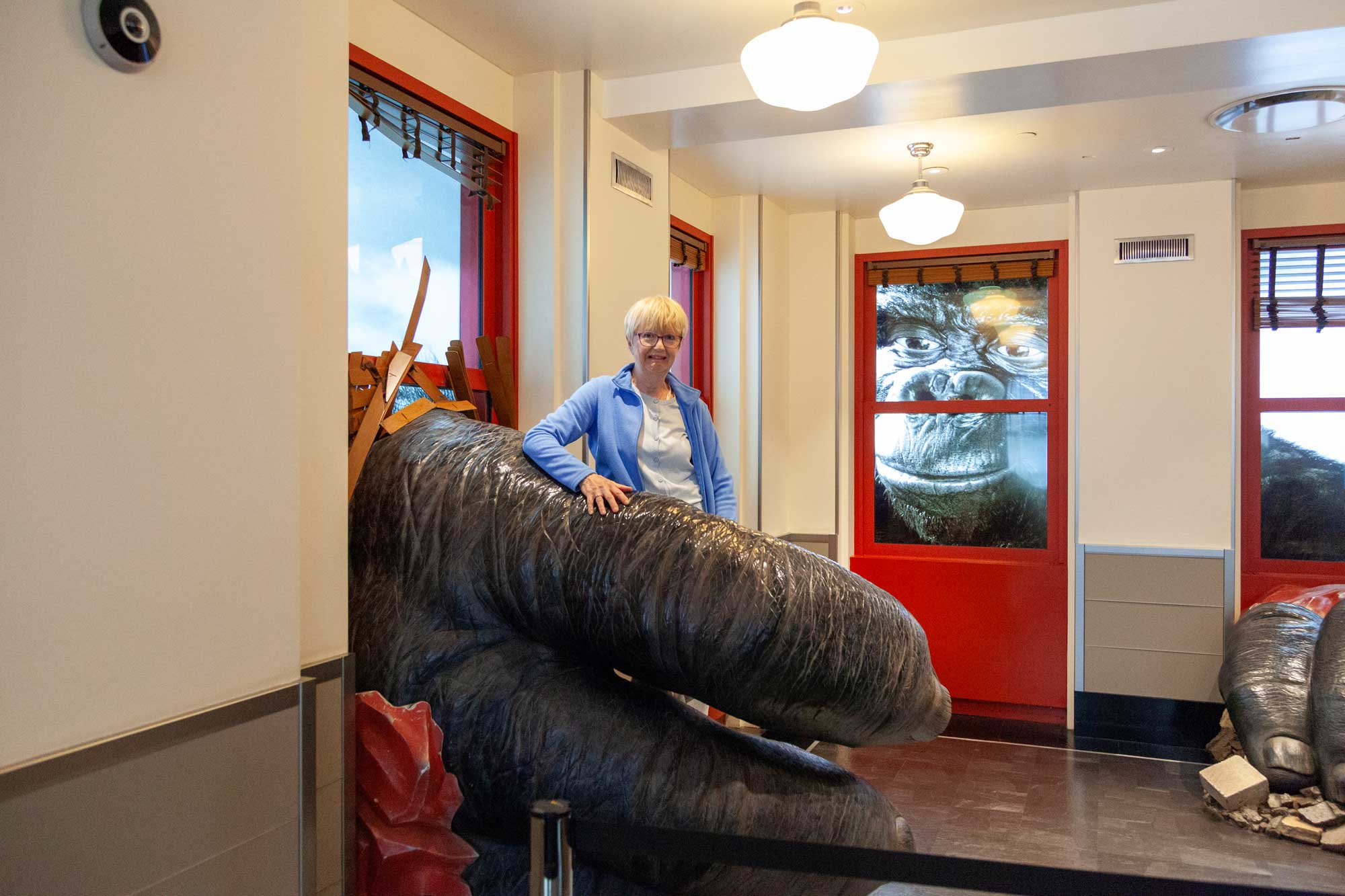
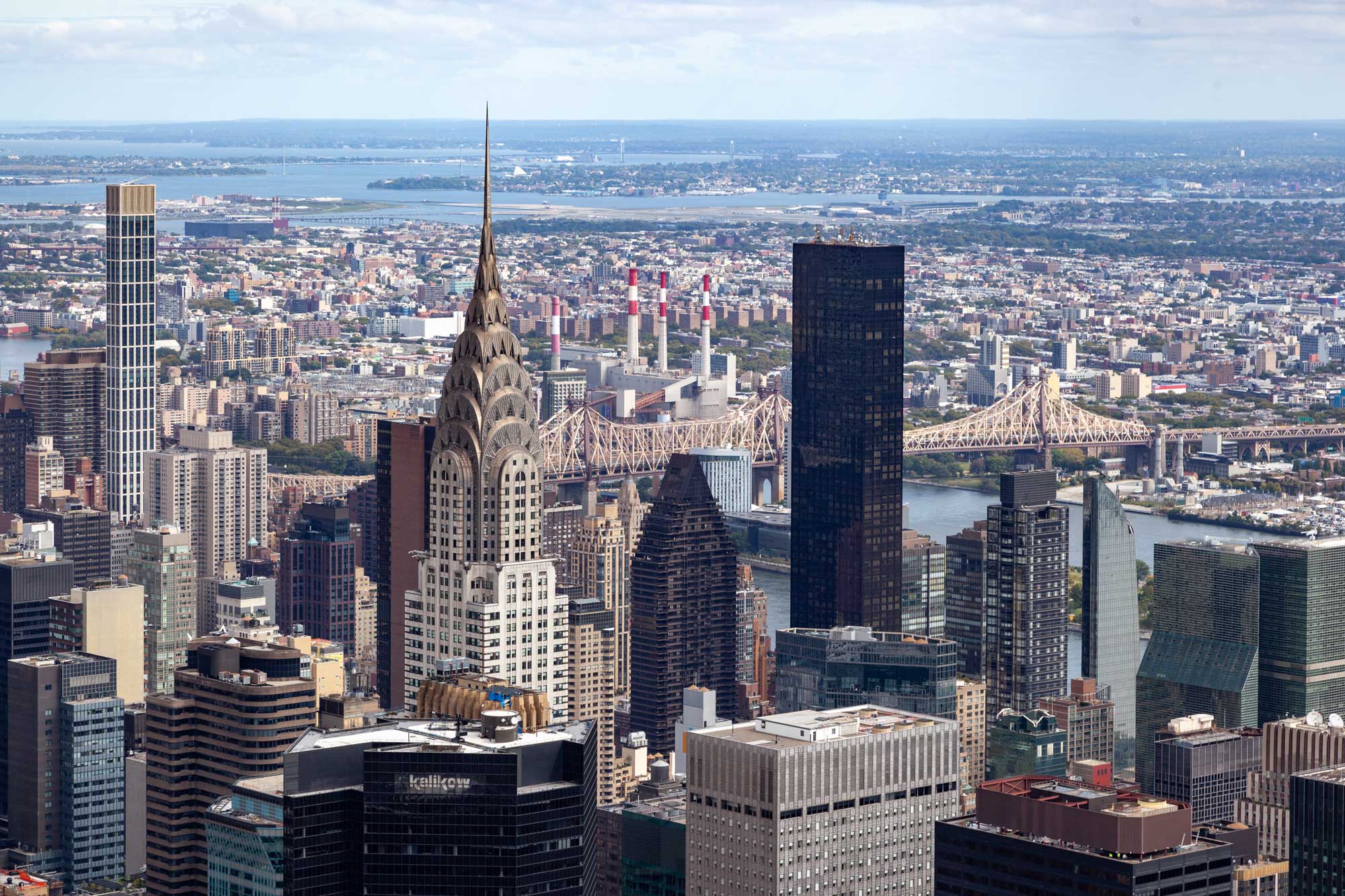

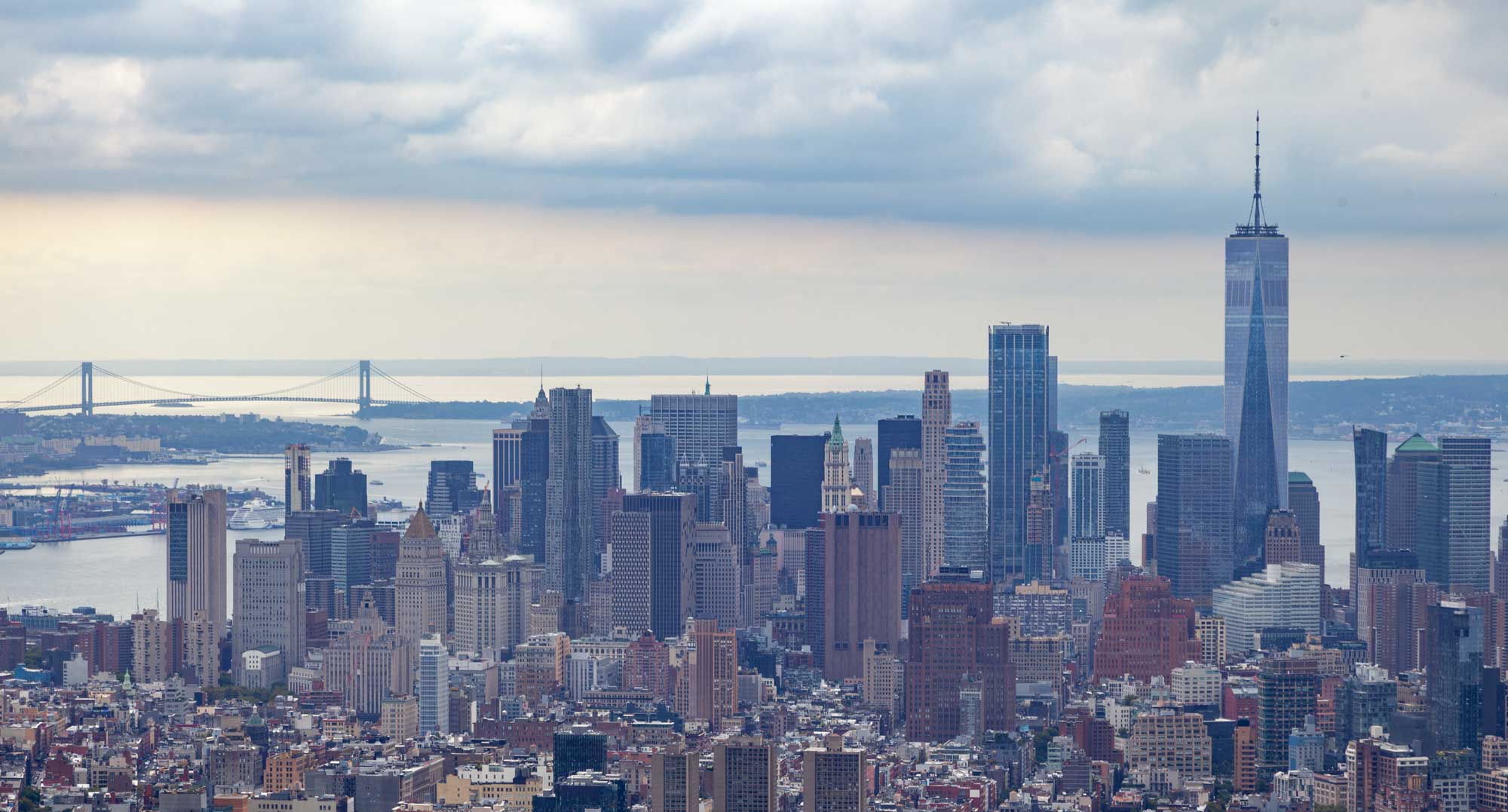
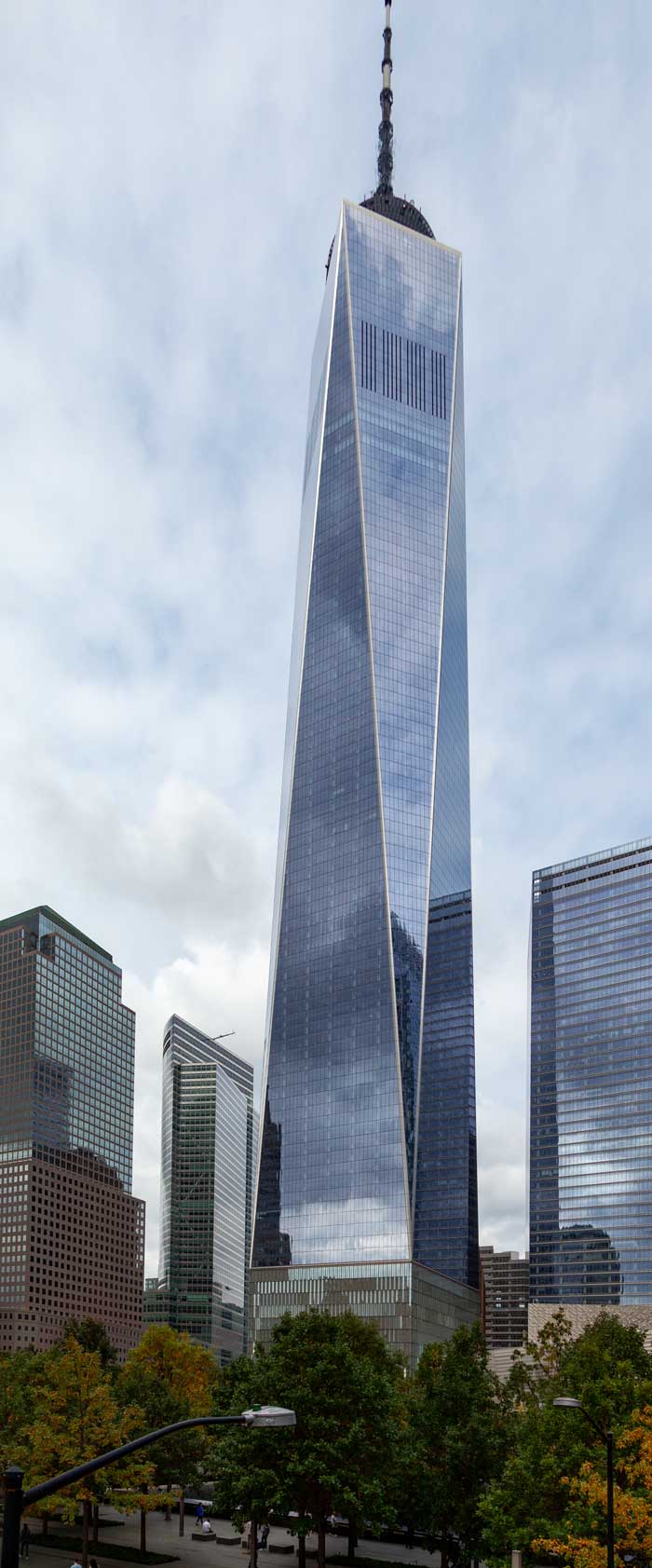
This is the König Sphere. It is a sculpture that stood as a symbol of peace through world trade that stood at the centre of the plaza between the twin towers. It was recovered from the rubble at Ground Zero and now stands in Liberty Park in memory of those who died on 11th Septemer 2001.

USS Intrepid - an aircraft carrier that survived 5 kamikaze attacks in the Second World War and also saw action in the Korean and Vietnam Wars. There is now one of the Space Shuttles on-board!
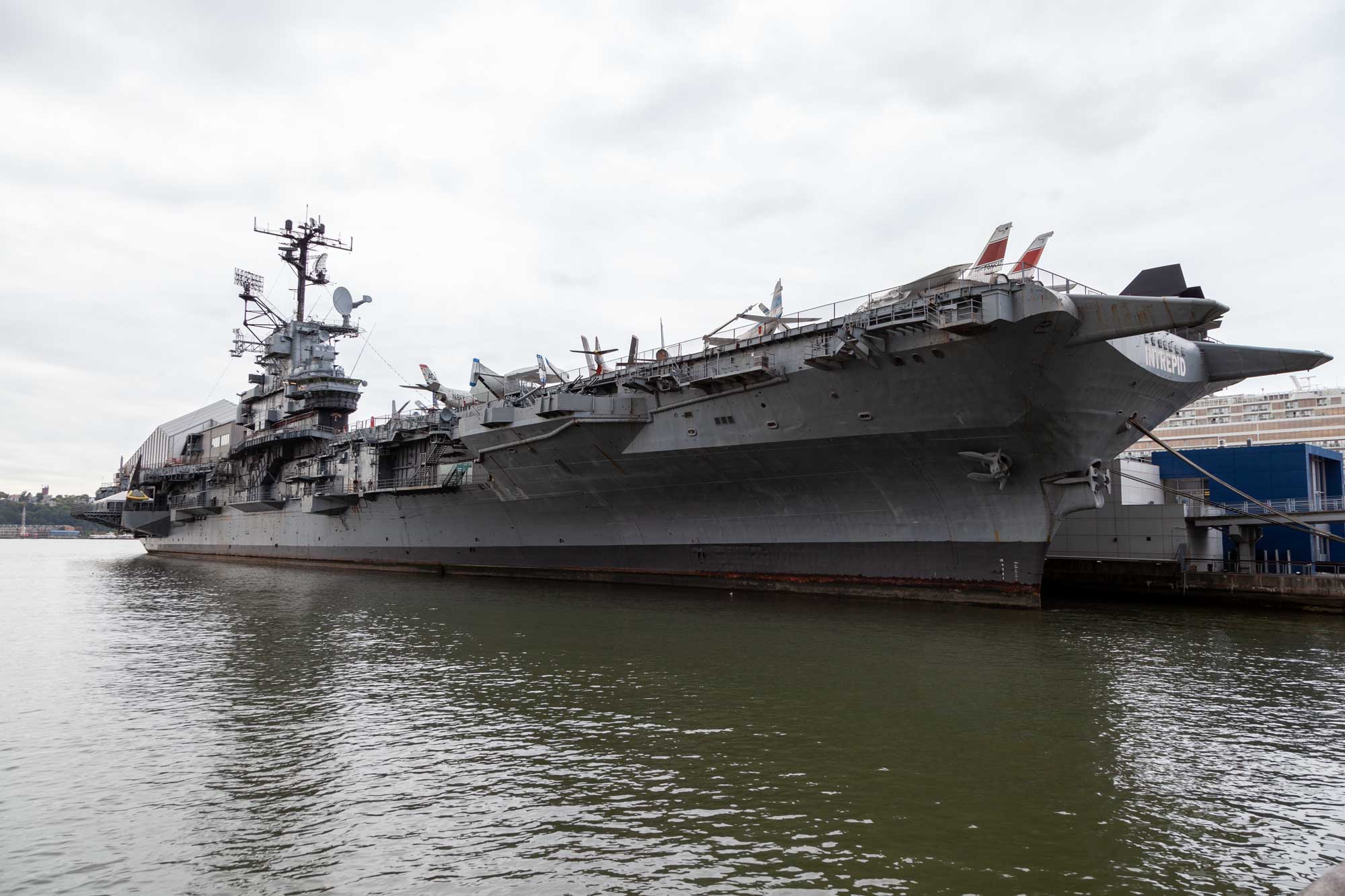
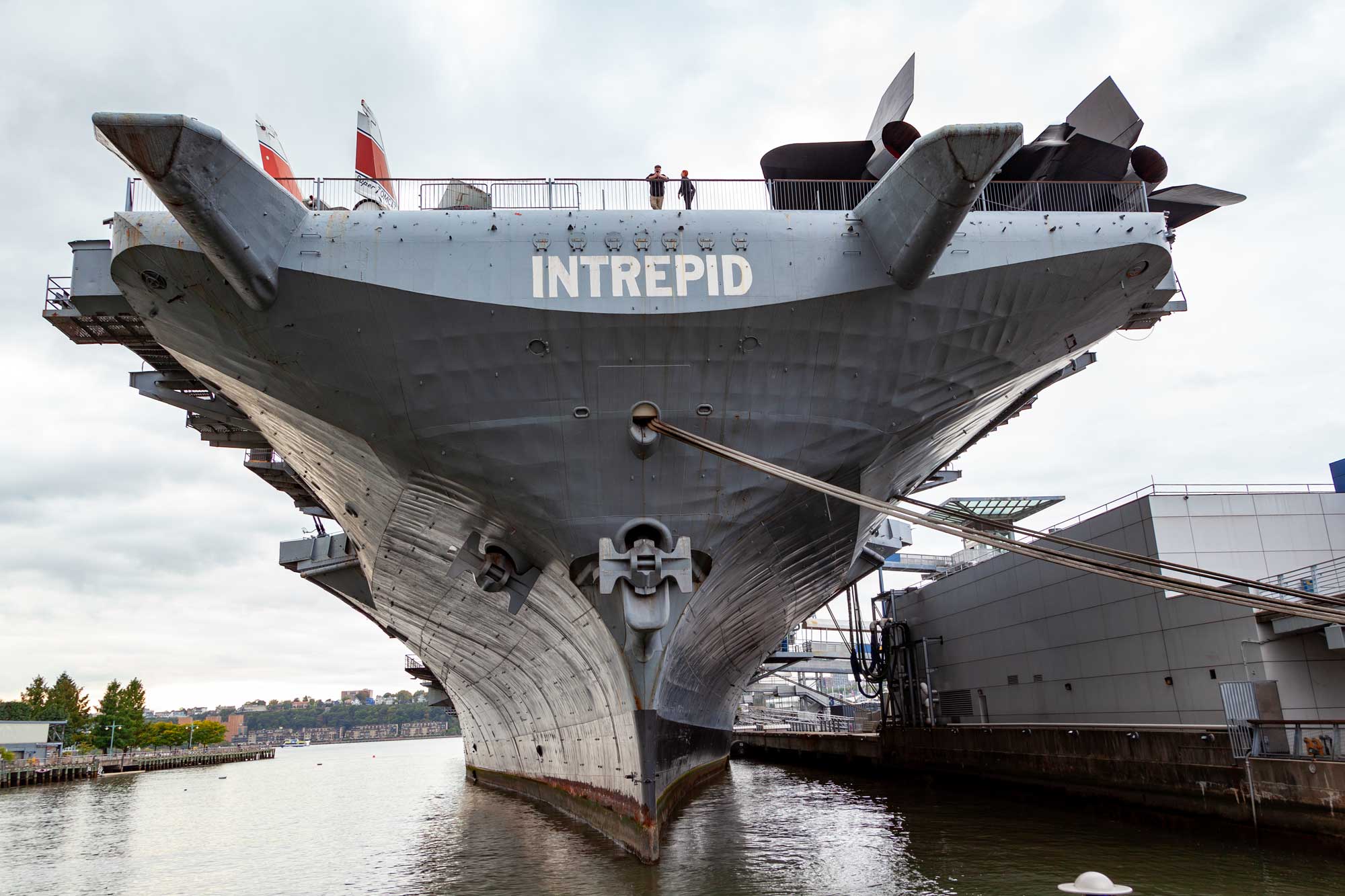
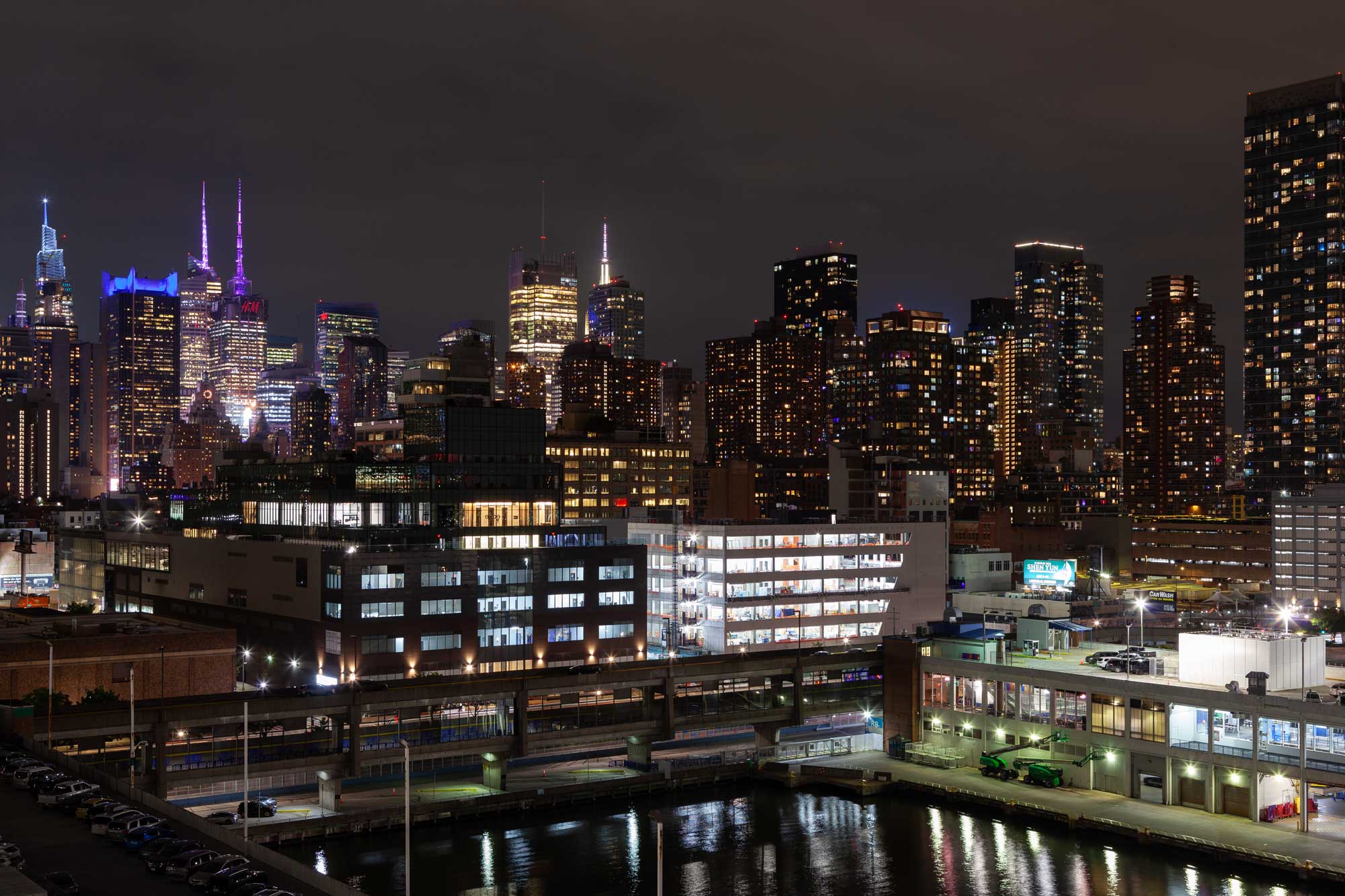

On the second day of our time in New York we took a boat trip around the Statute of Liberty and then went on-board the USS Intrepid.
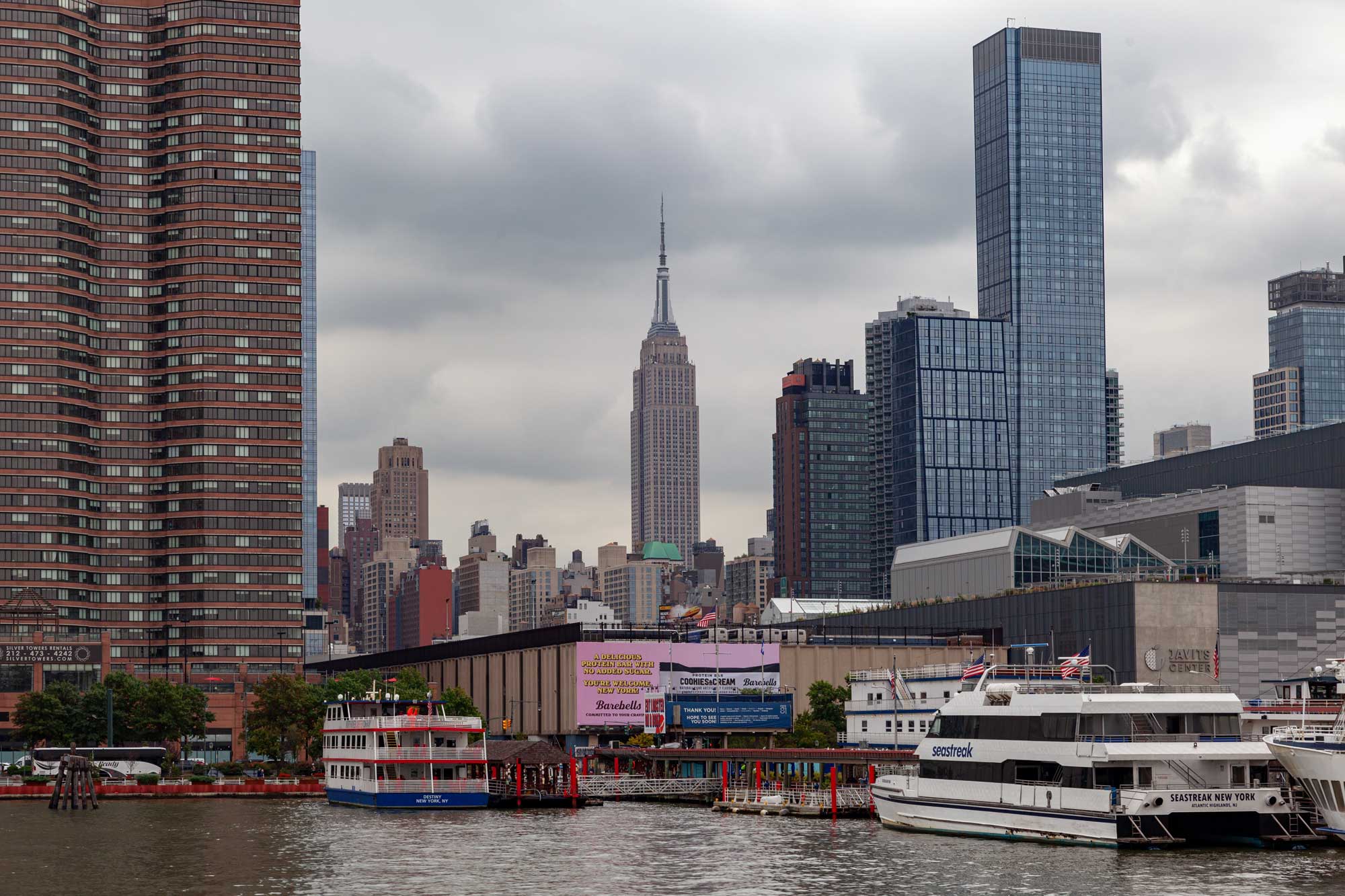
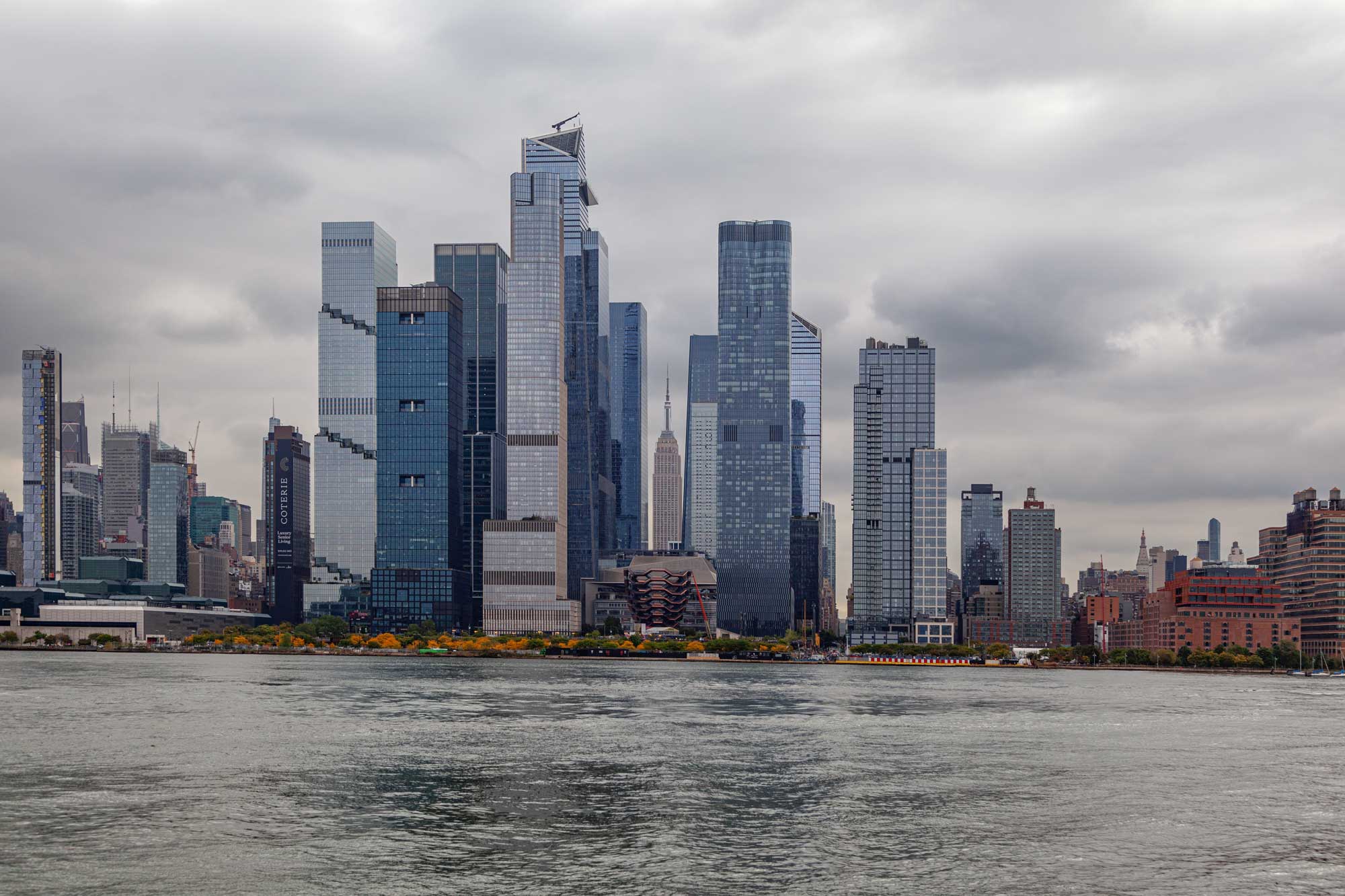
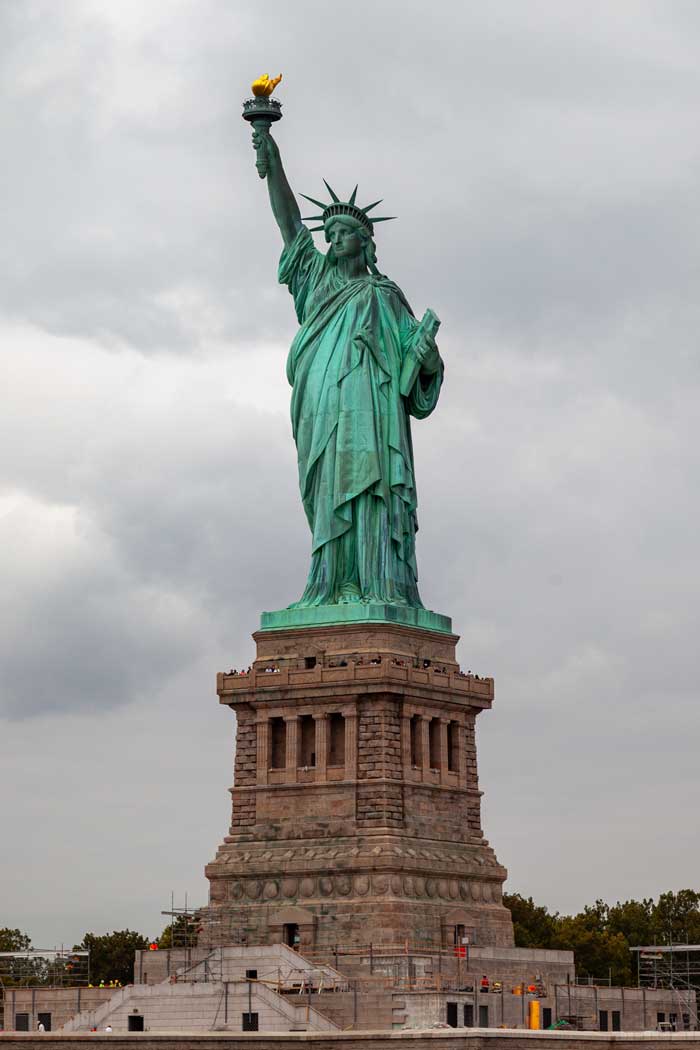
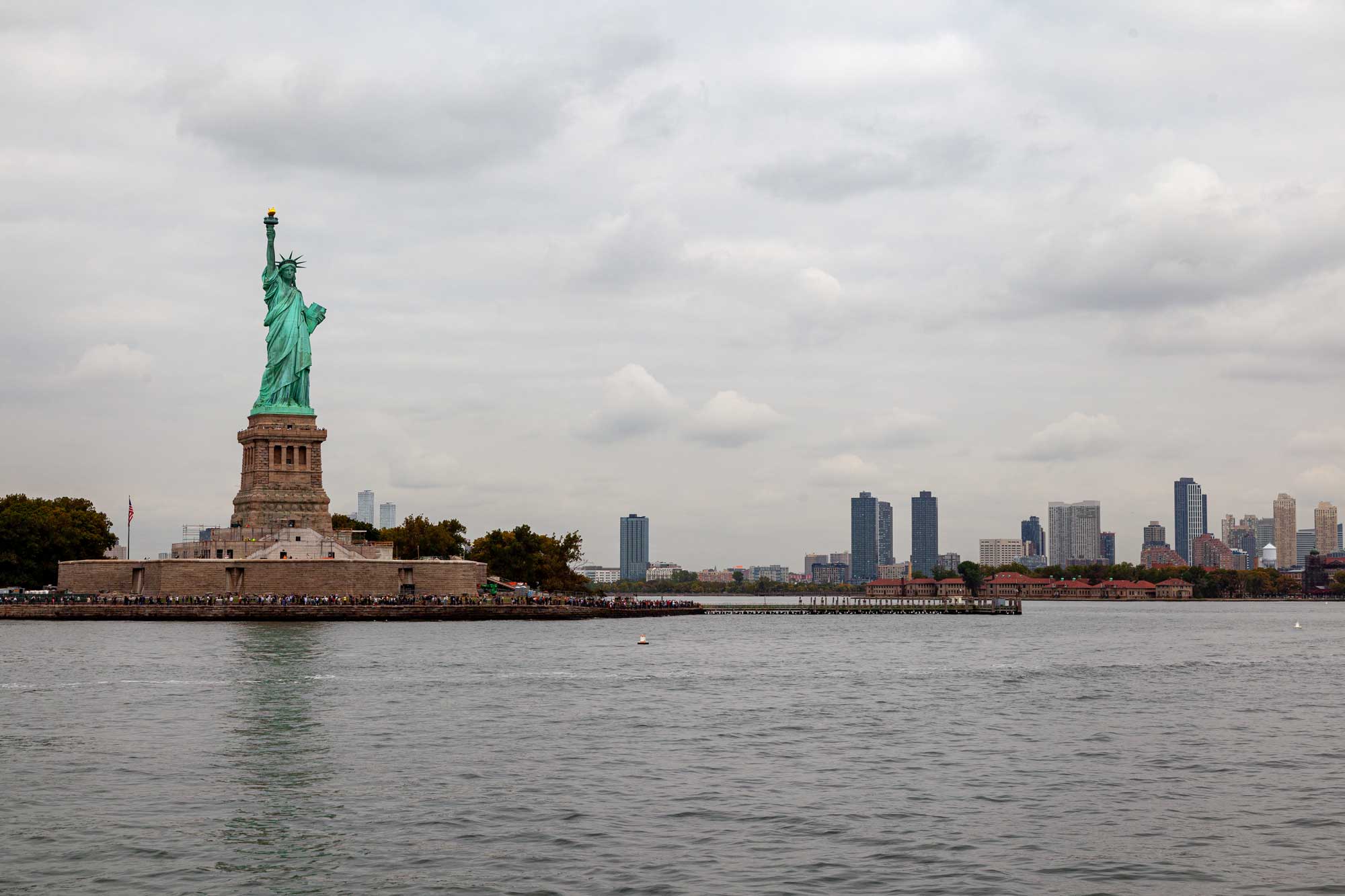
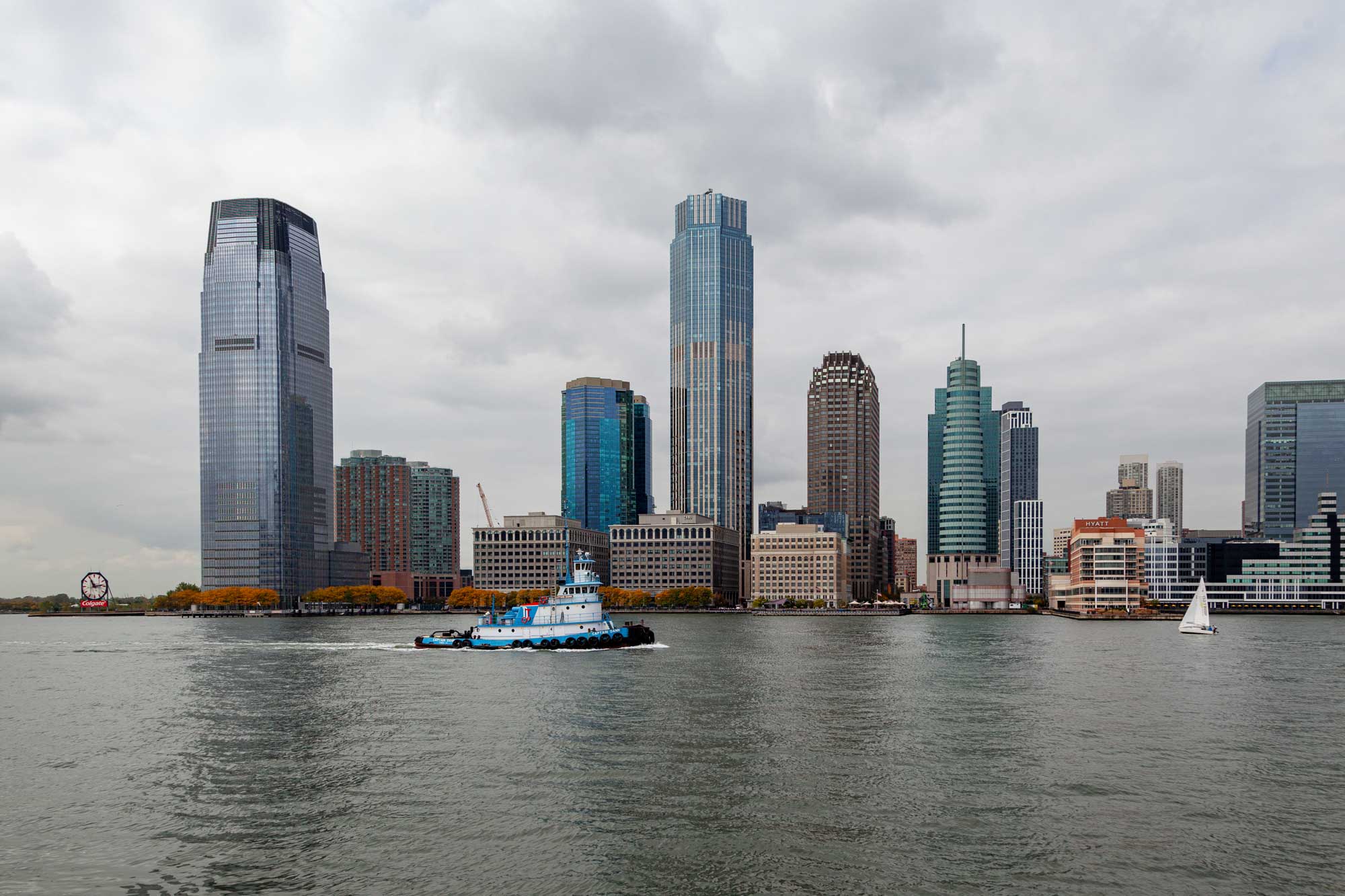
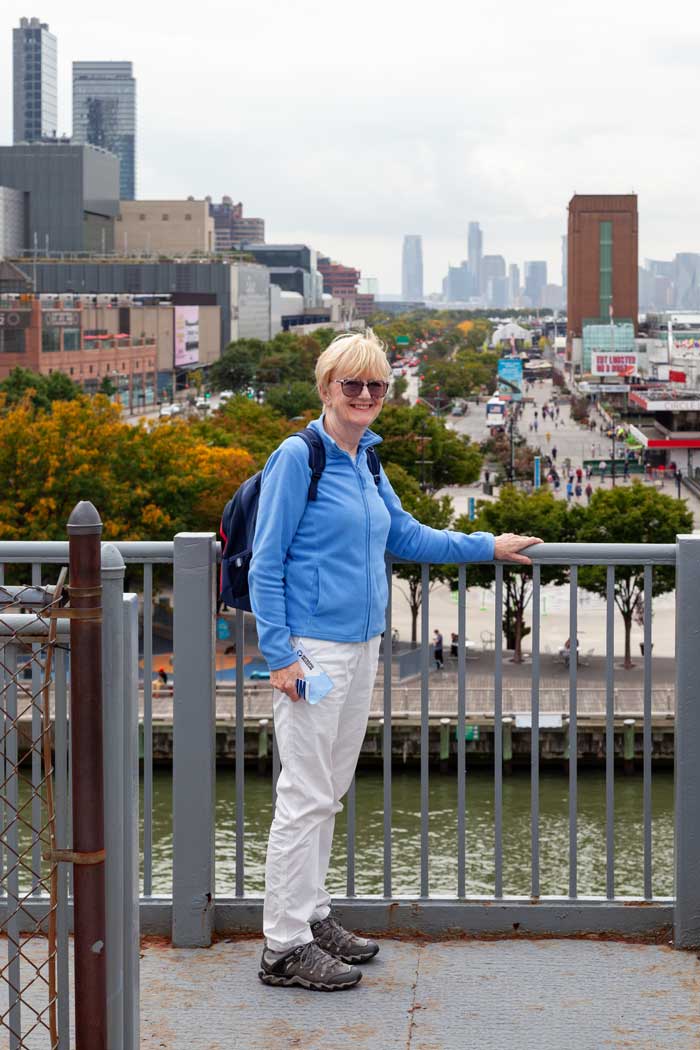
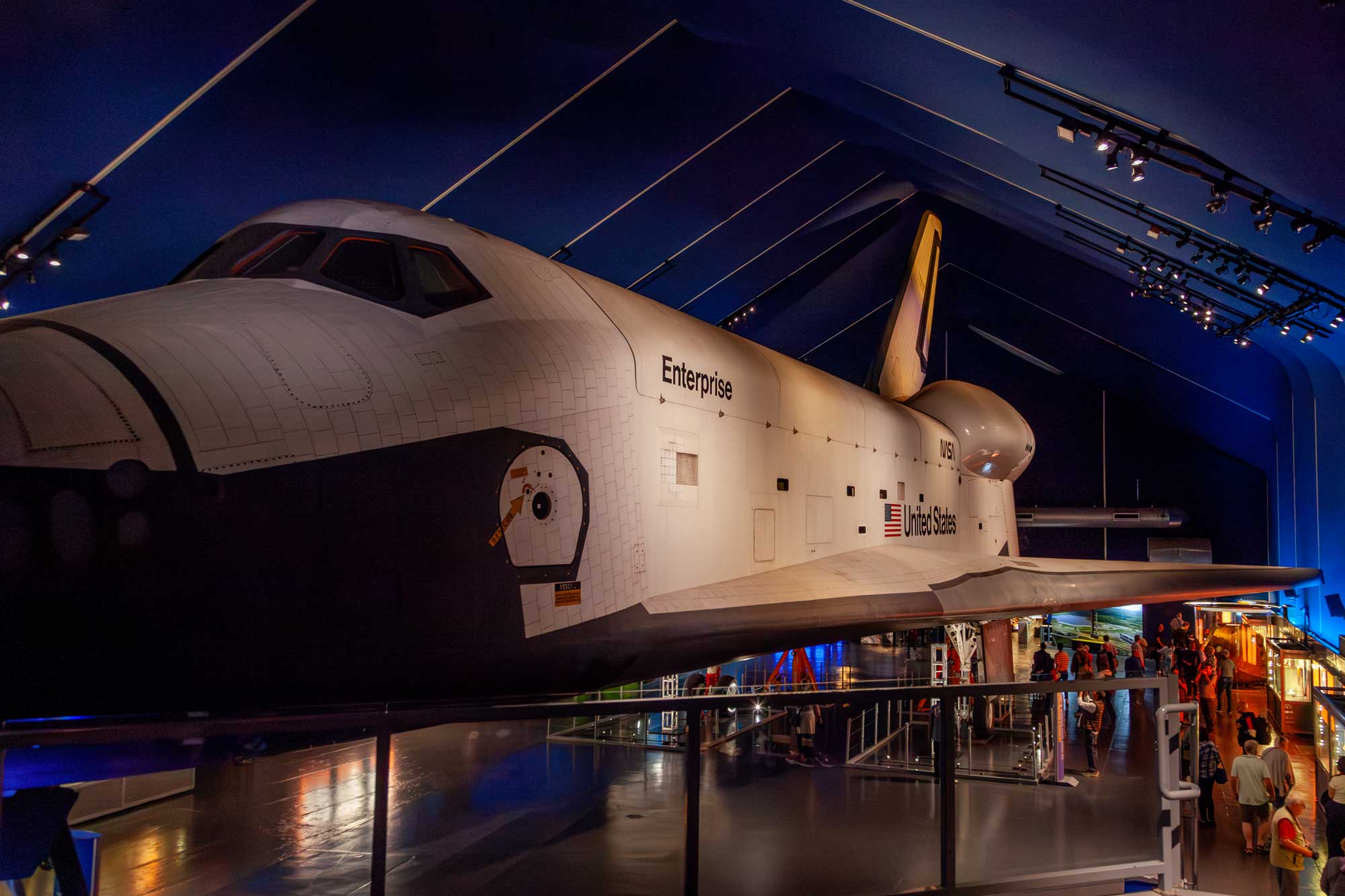
The next two photos were taken as we were getting ready to sail away from New York. We were a bit delayed because the fuel delivery for the ship had arrived late, but this meant that we got a lovely sunset just as the ship was bringing in its anchor and setting sail.
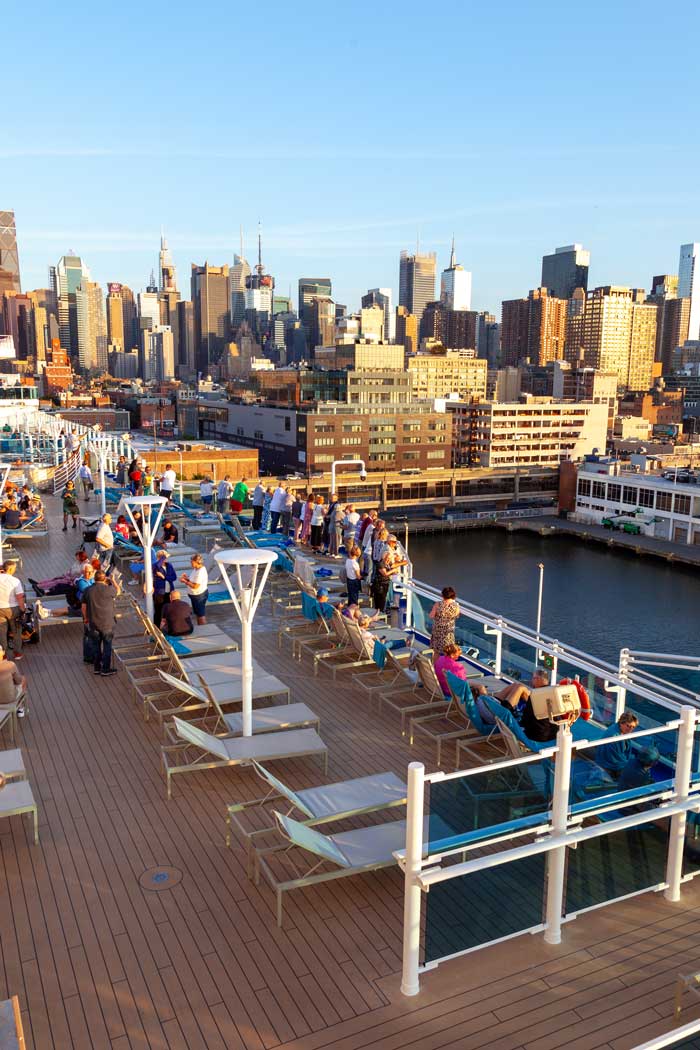

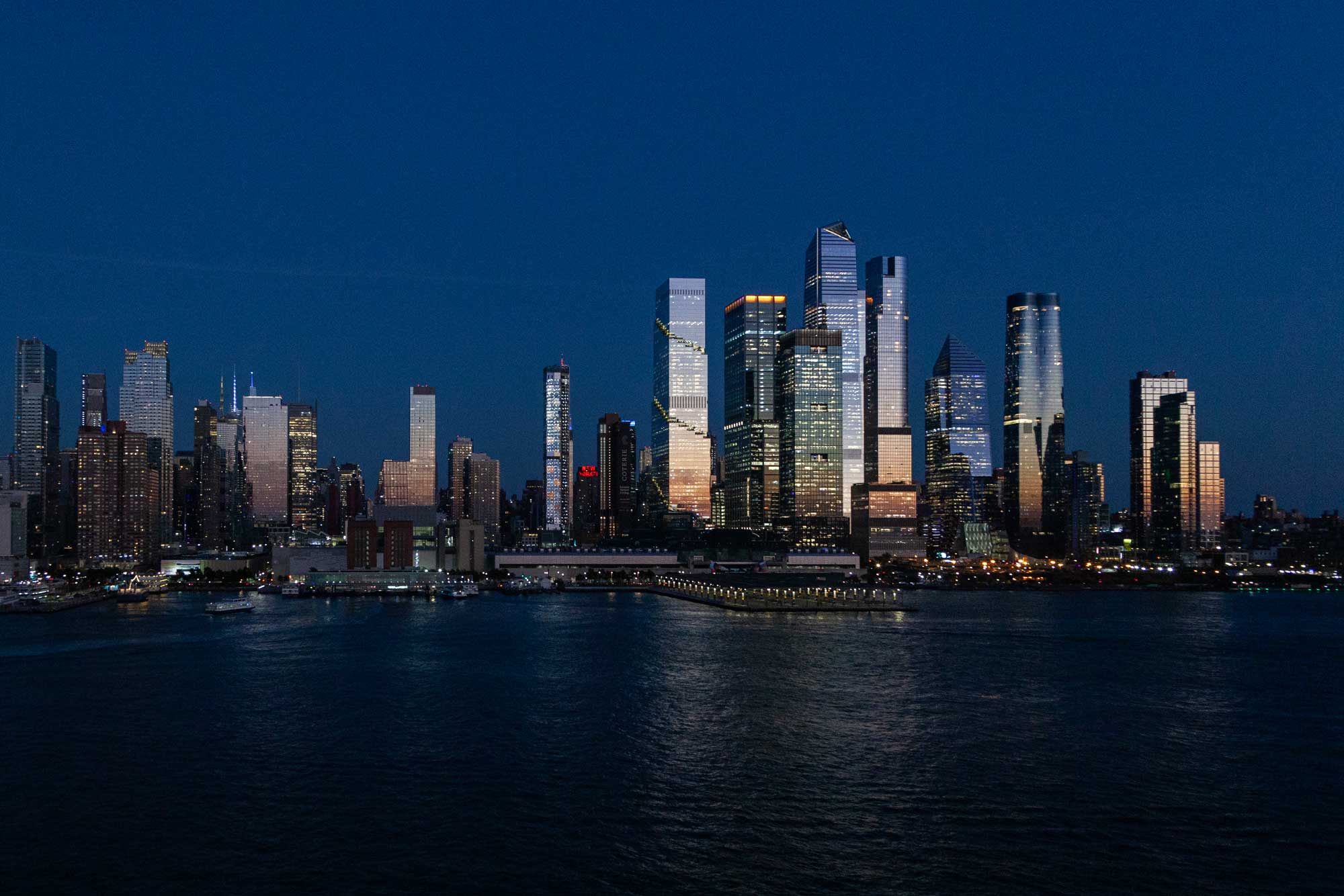
Set on the shores of Narrangasett Bay, Newport was one of the earliest settlements in Rhode Island. Together with Providence and Portsmouth, it was established between 1636 and 1639. We were certainly surprised by how many buildings were still standing in the city that had been constructed prior to American War of Independence (there were various plaques on the buildings saying how old they were).
In fact the War of Independence had a precursor that happened here in Newport. In 1770 the British government pressed to regulate and tax the slave trade. This was difficult for the locals to take as they played a significant part in the slave triangle ... sugar and molasses imported from the West Indies were converted to rum in Newport distilleries before being shipped to Africa. When, in 1772, the armed revenue ship Gaspee was sent to Narragansett Bay to enforce trade laws, conflict ensued. When the ship ran aground, local citizens burned it.
Newport boomed after the war of independence and grew throughout the industrial revolution. When the aristocracy of the industrial age sought the perfect place to build their holiday homes, they chose Newport as their summer playground.
Newport is also the home of the Americas Cup yacht race and St Mary's Church in the city was the venue of the wedding, in 1953, of John F Kennedy to Jacqueline Bouvier (Kennedy/Onasis).
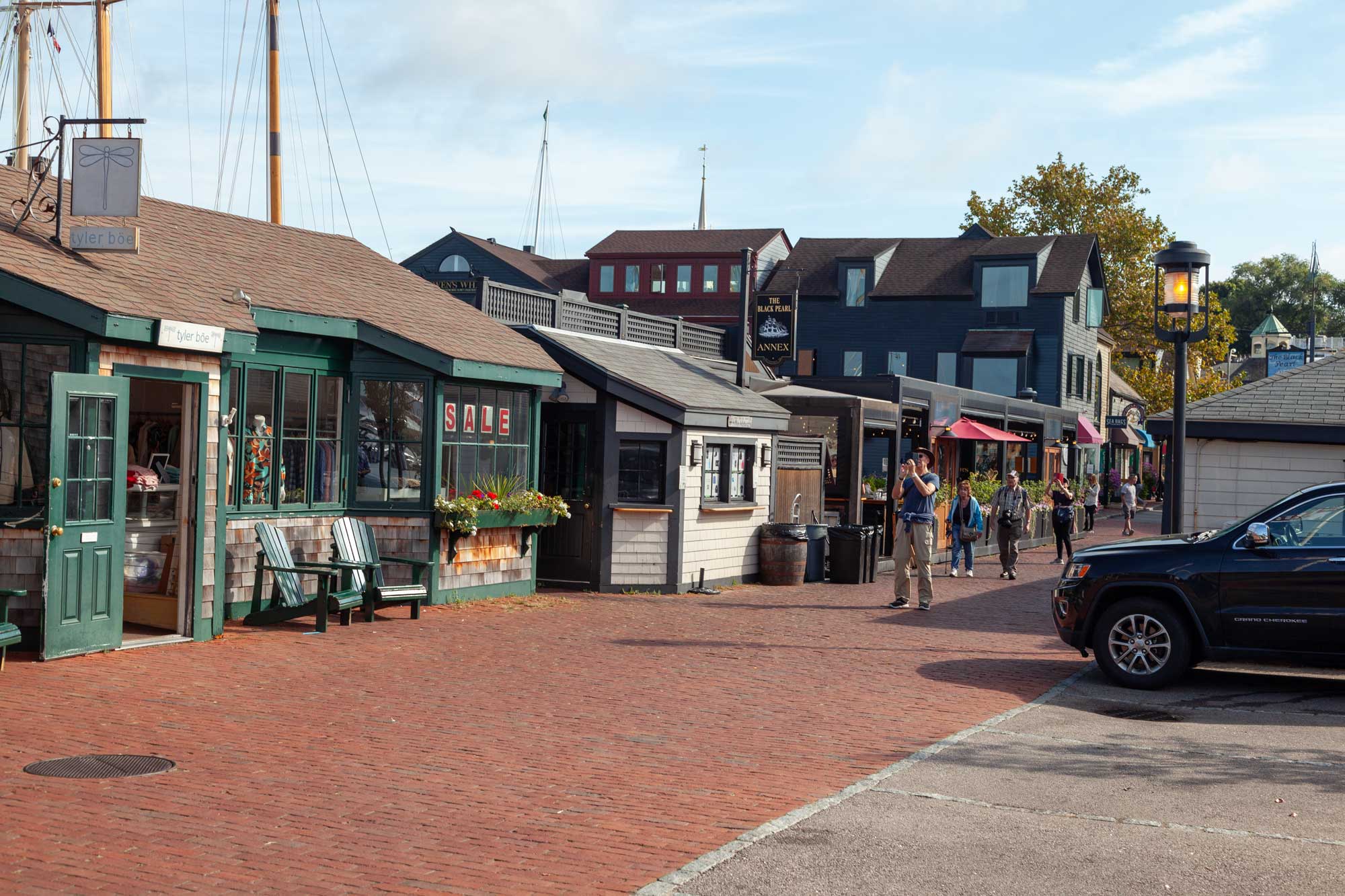
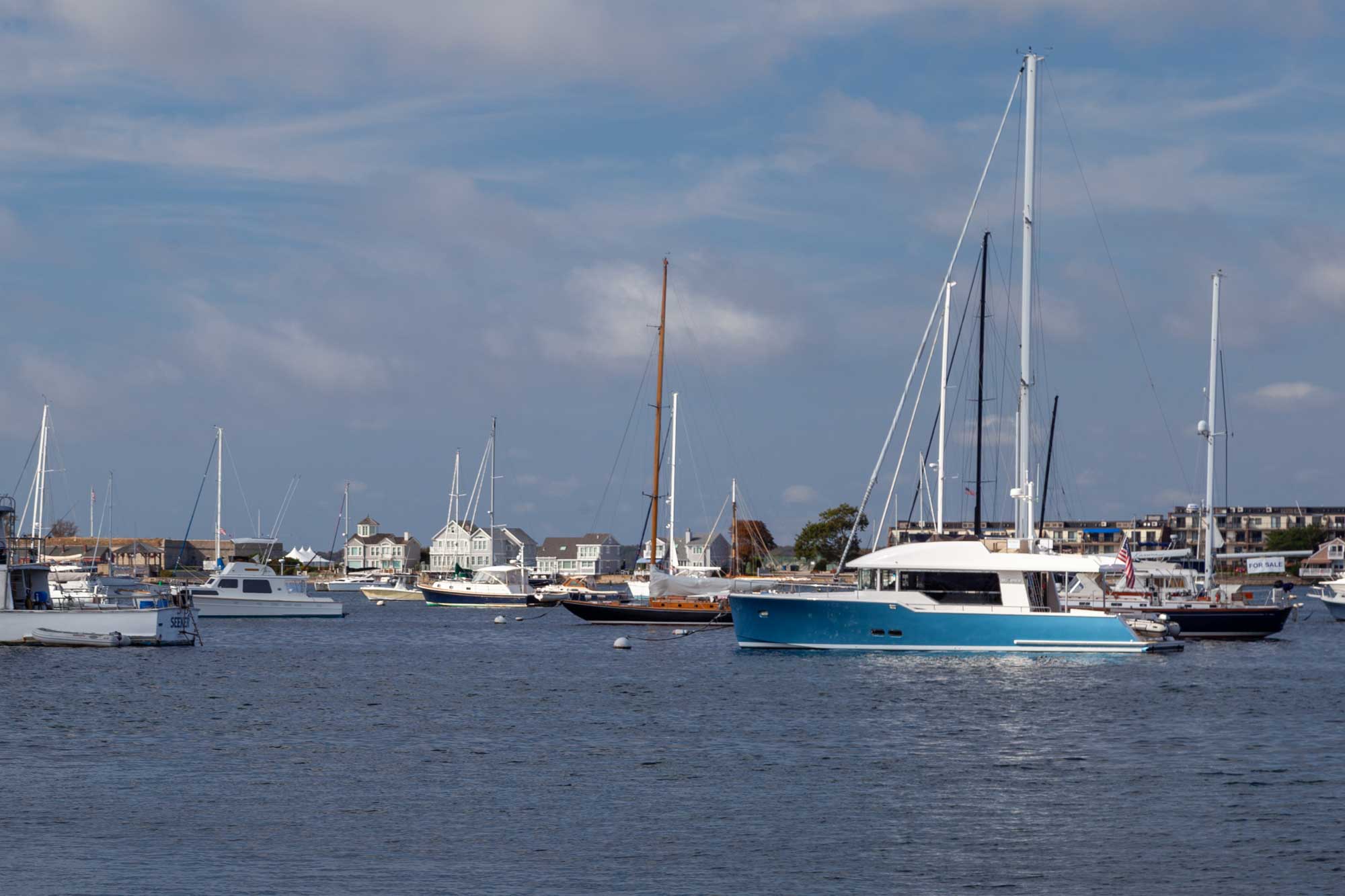
These 3-wheeled vehicles were available for hire, but we decided to stick to our plans and walk around the city centre.
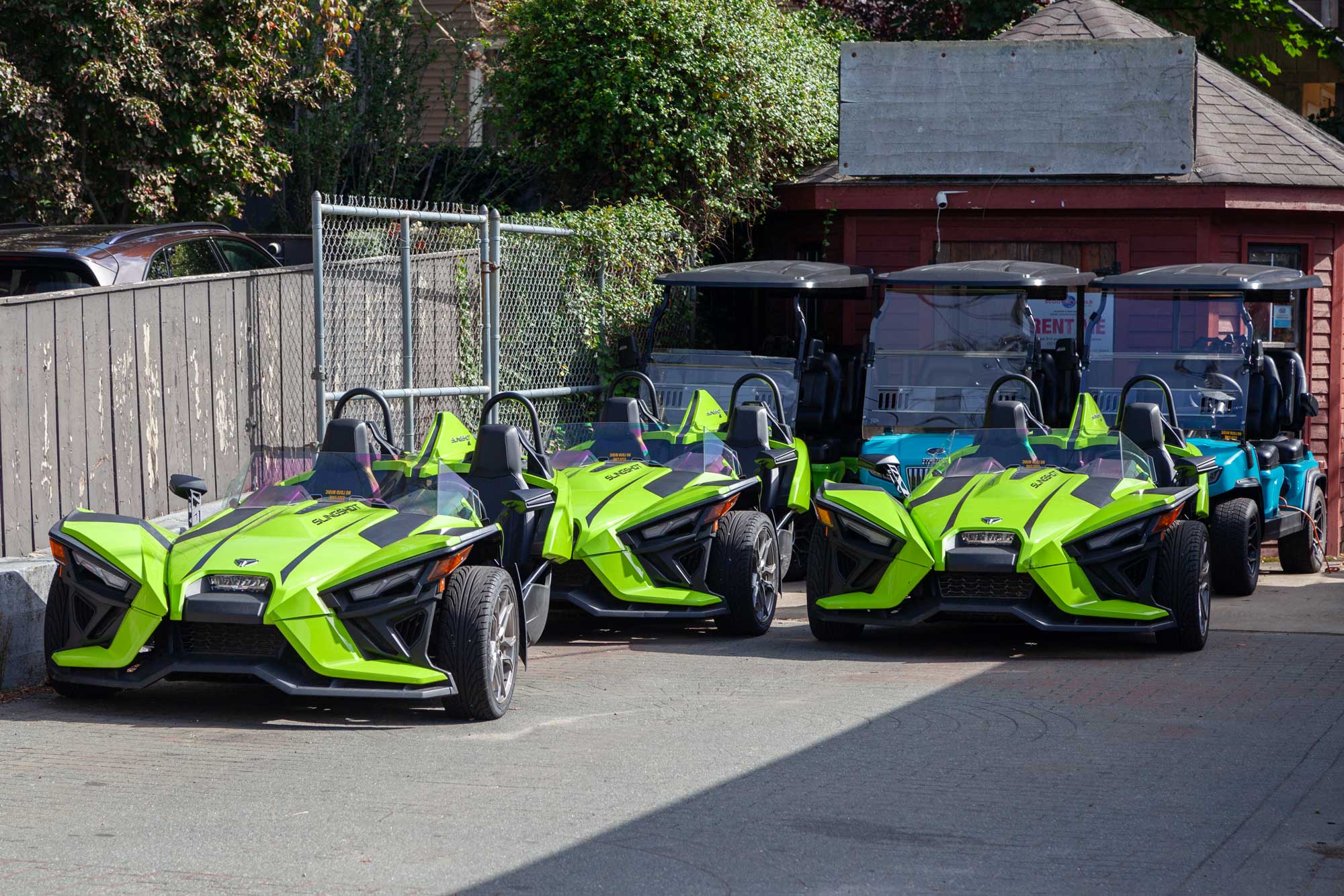
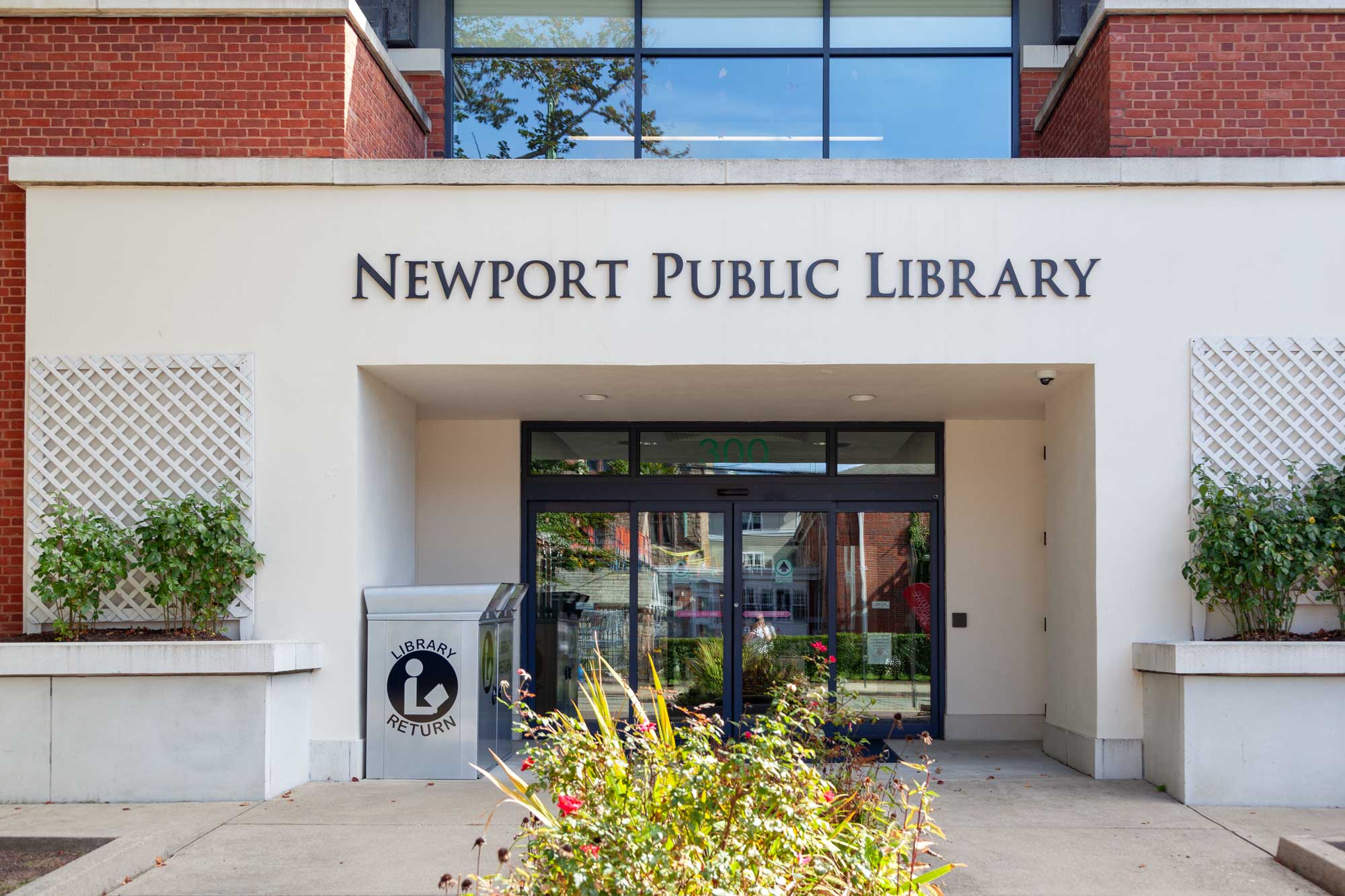
This is the White Horse Tavern which was built in 1673 and is the oldest tavern in America. It was used for the yearly gathering of the colonial legislature.
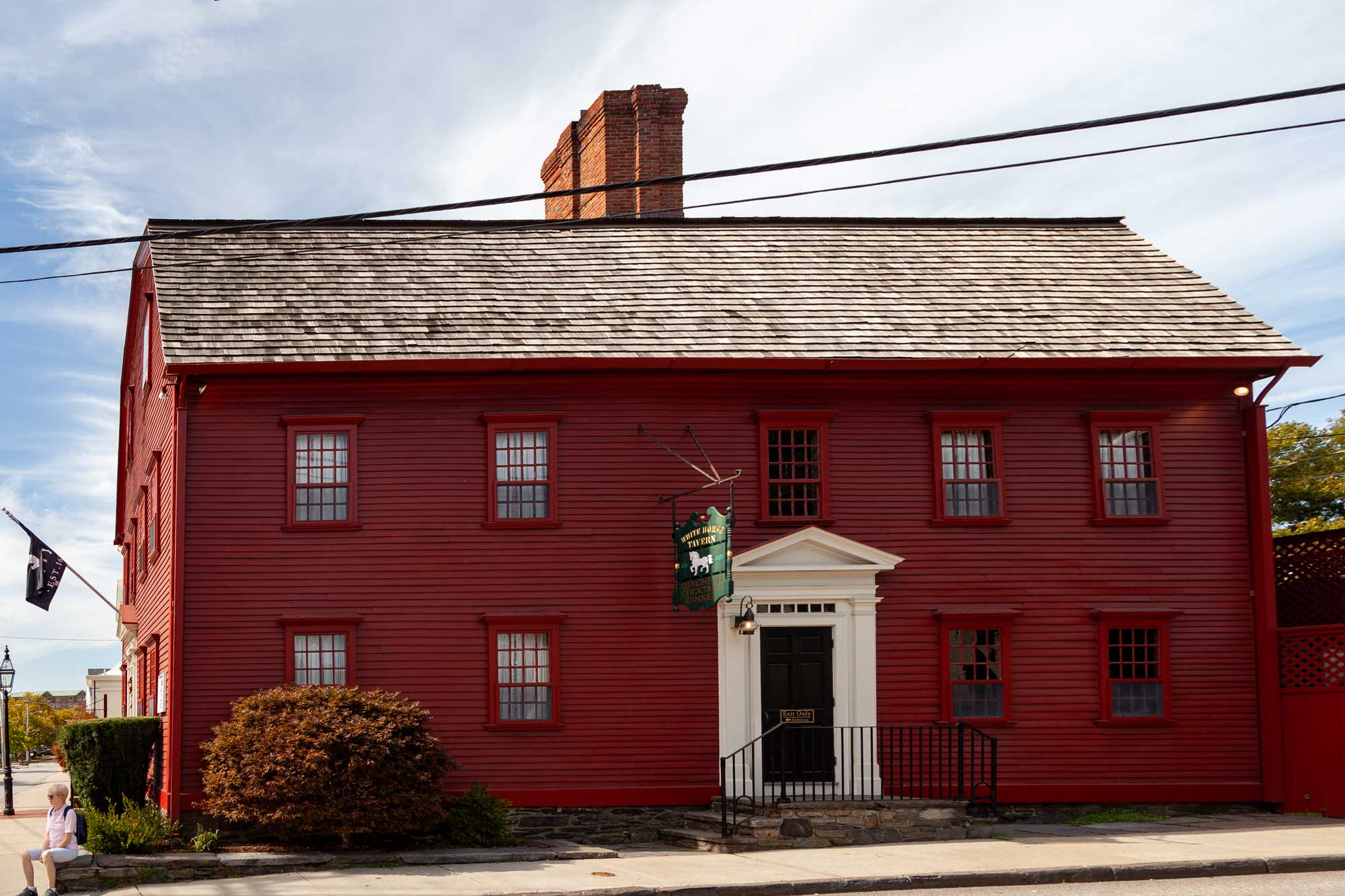
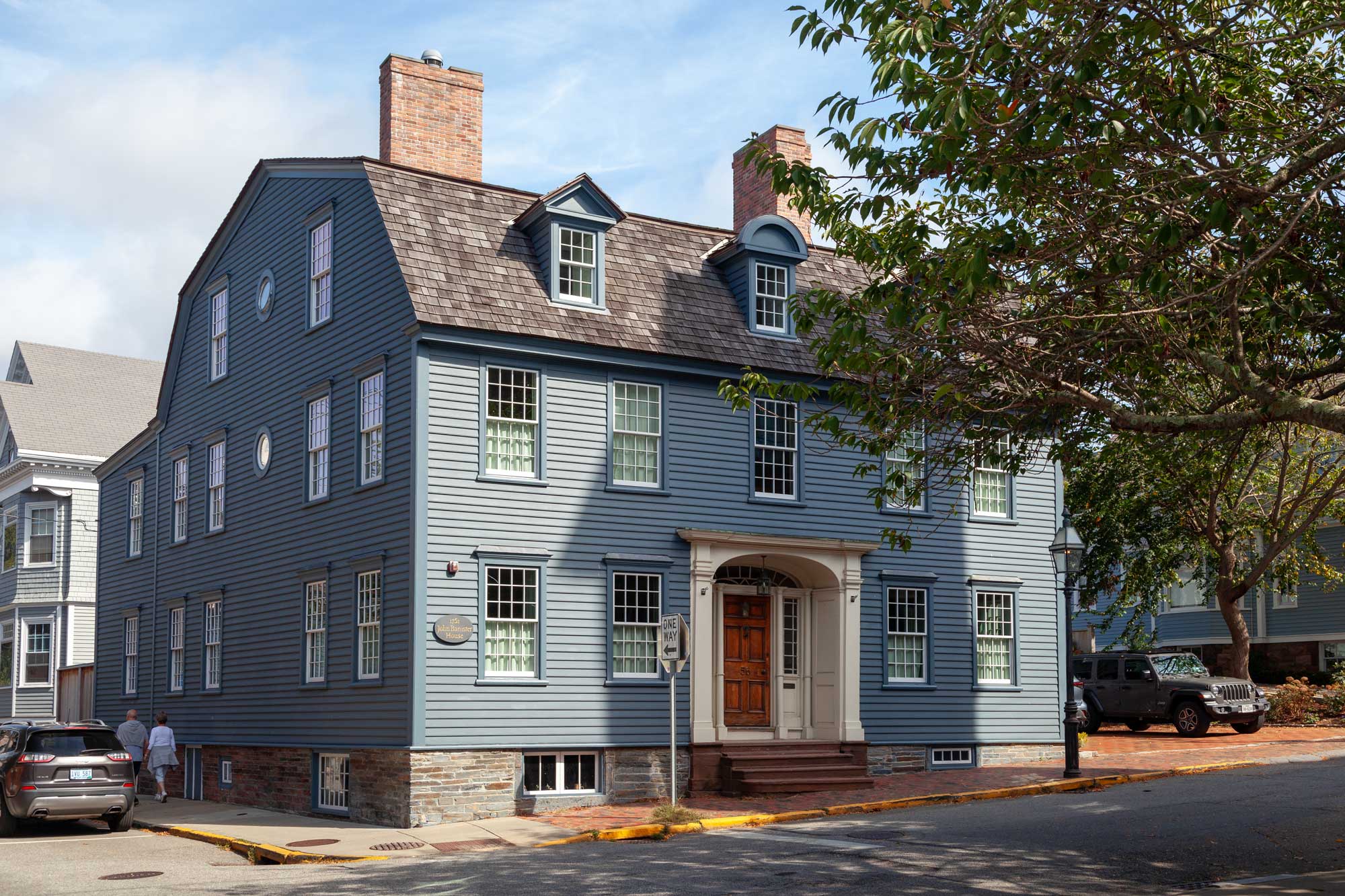
This is Newport City Hall.
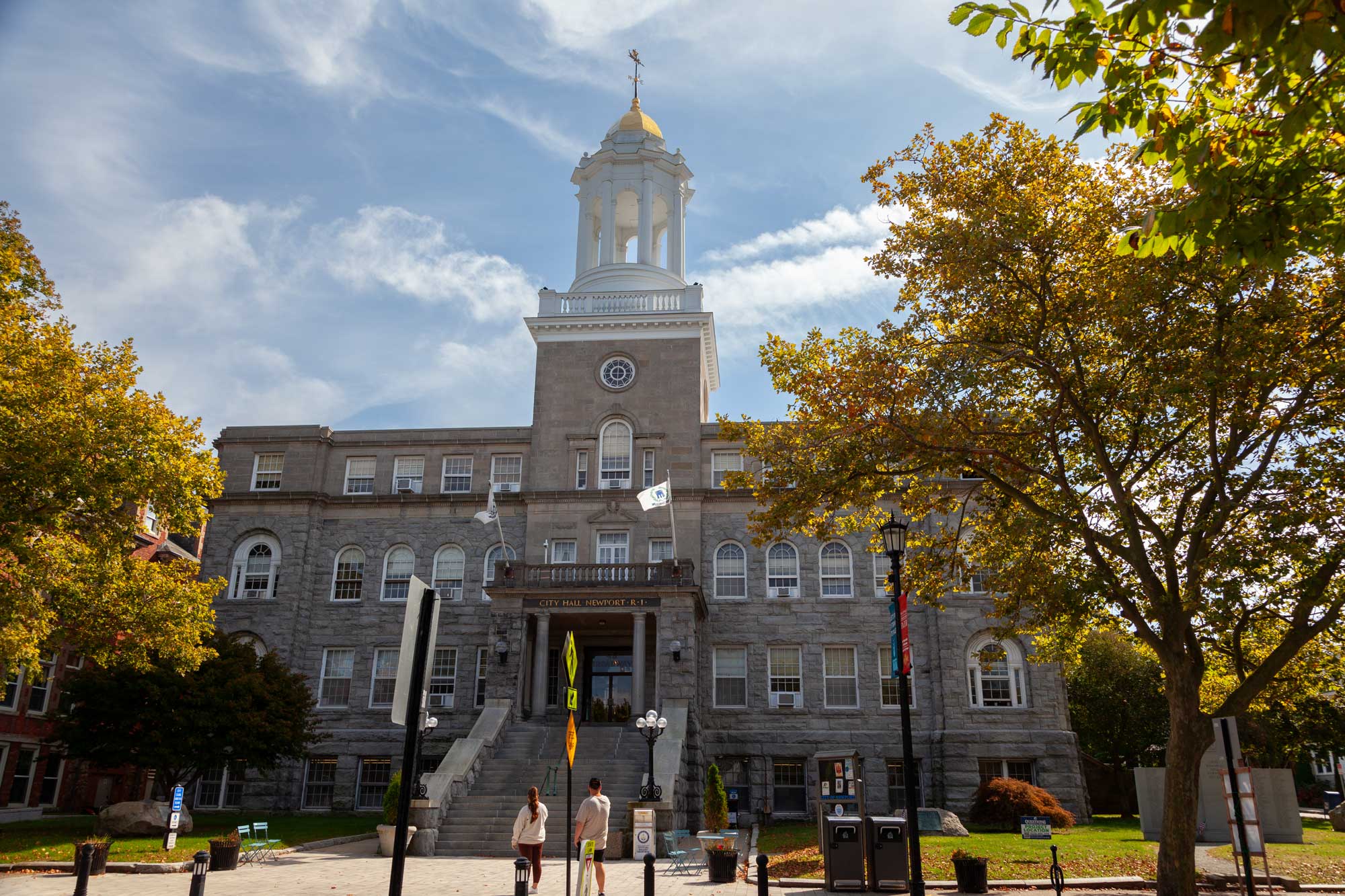
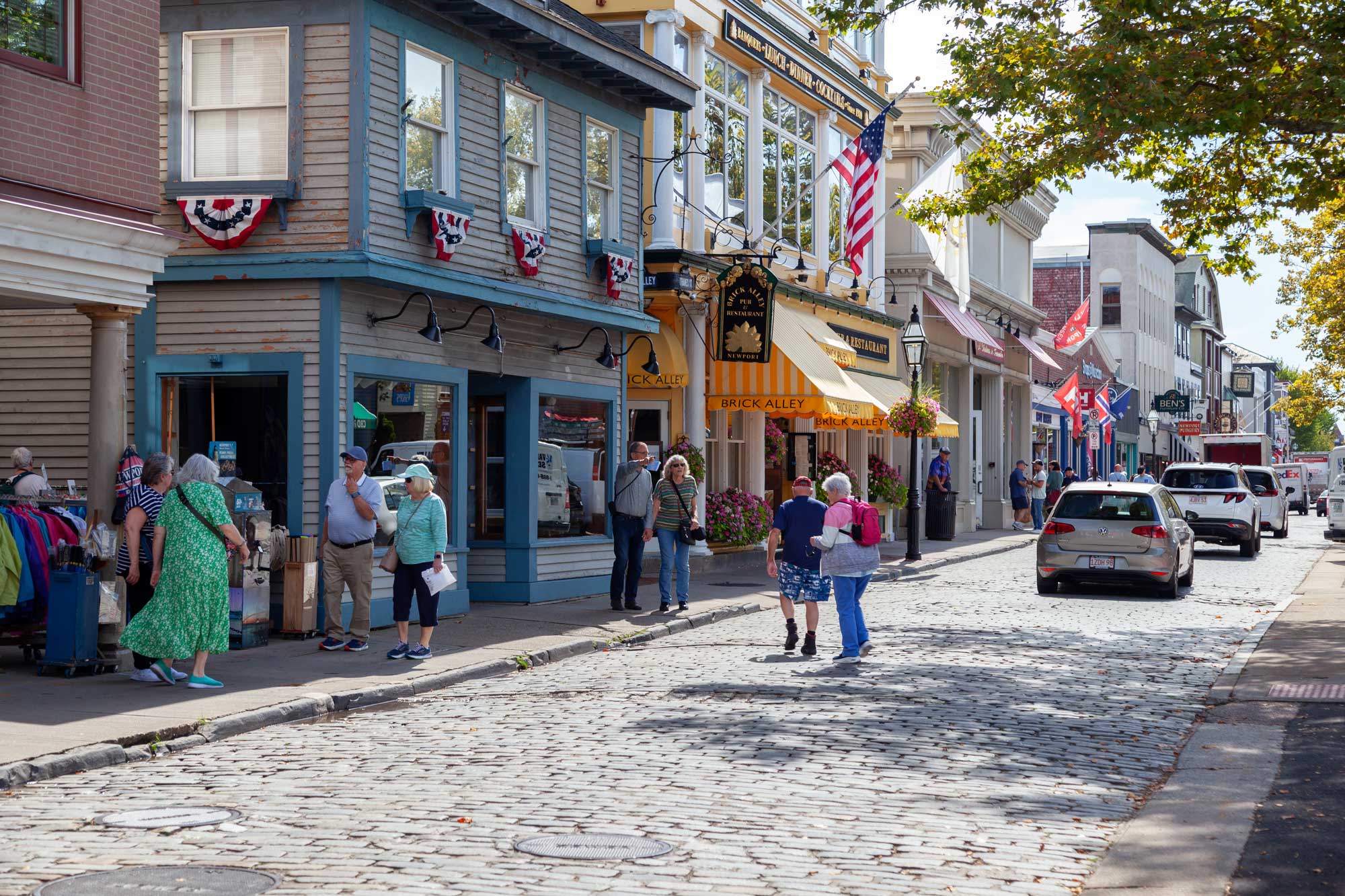
Here is a very large pumpkin (no, not me!!! ... the orange thing next to me).
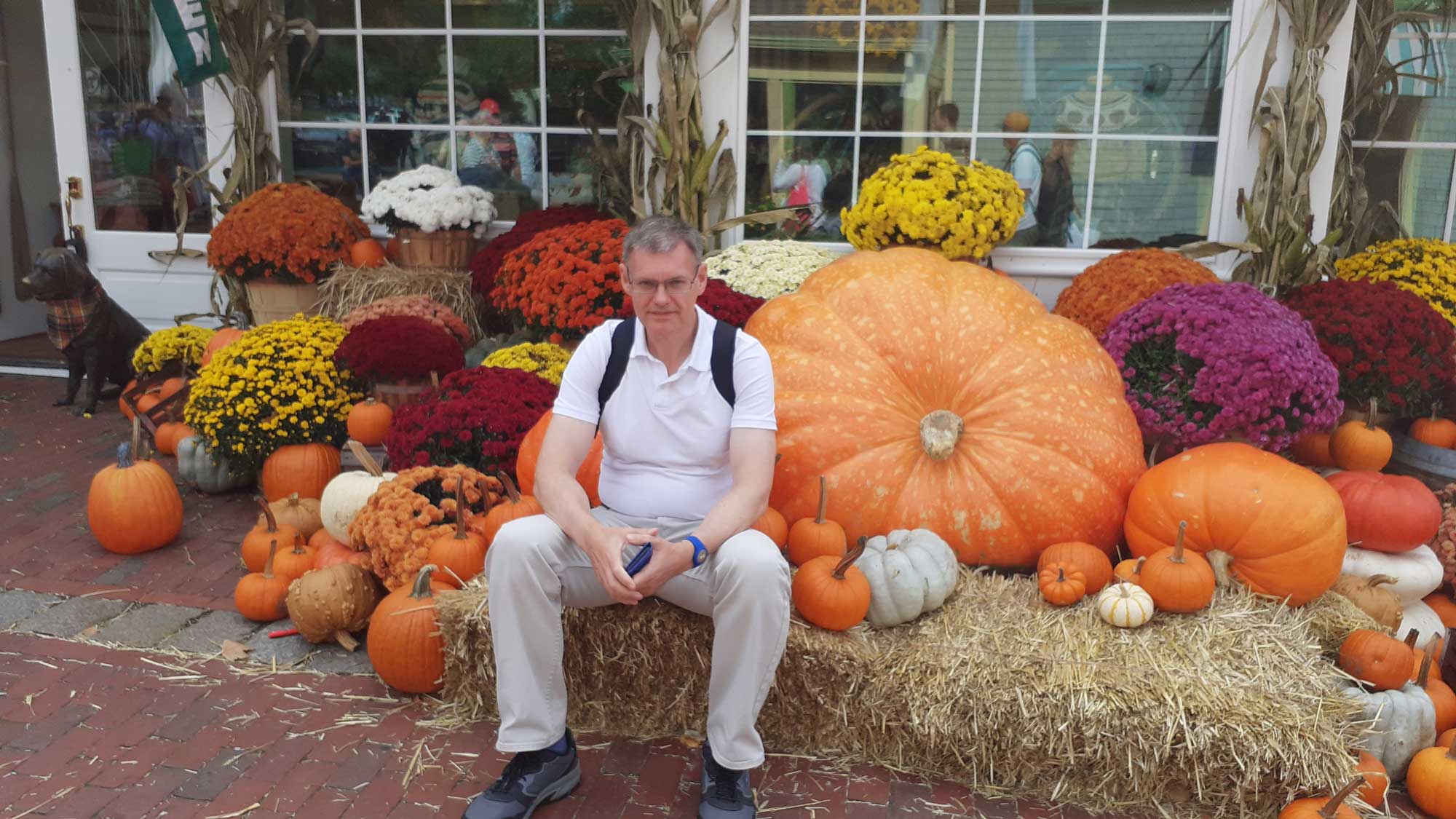
The Boston Tea Party is one of the most important precursors of the American War of Independence.
In the 1760's Britain was burdened with a national debt and at the same time had to bear the cost of stationing an army in America. To help pay, Parliament passed the Stamp Act in order to tax the colonists. This caused great discontent and although most of the taxes were subsquently abolished, the tax on tea remained. When ships laden with tea arrived in Boston in 1773, the collector of customs refused to give them permission to leave without first unloading the tea. However, this would have meant that the Bostonians would have to pay the tax on the tea. They therefore didn't want to allow it to be unloaded. The only way to get rid of the tea was to destroy it. A group of patriots boarded the ship and tipped the tea overboard. The incident became known as The Boston Tea Party.
When we arrived in Boston we headed to the Boston Tea Party Museum where there are regular re-enactments of the incident.
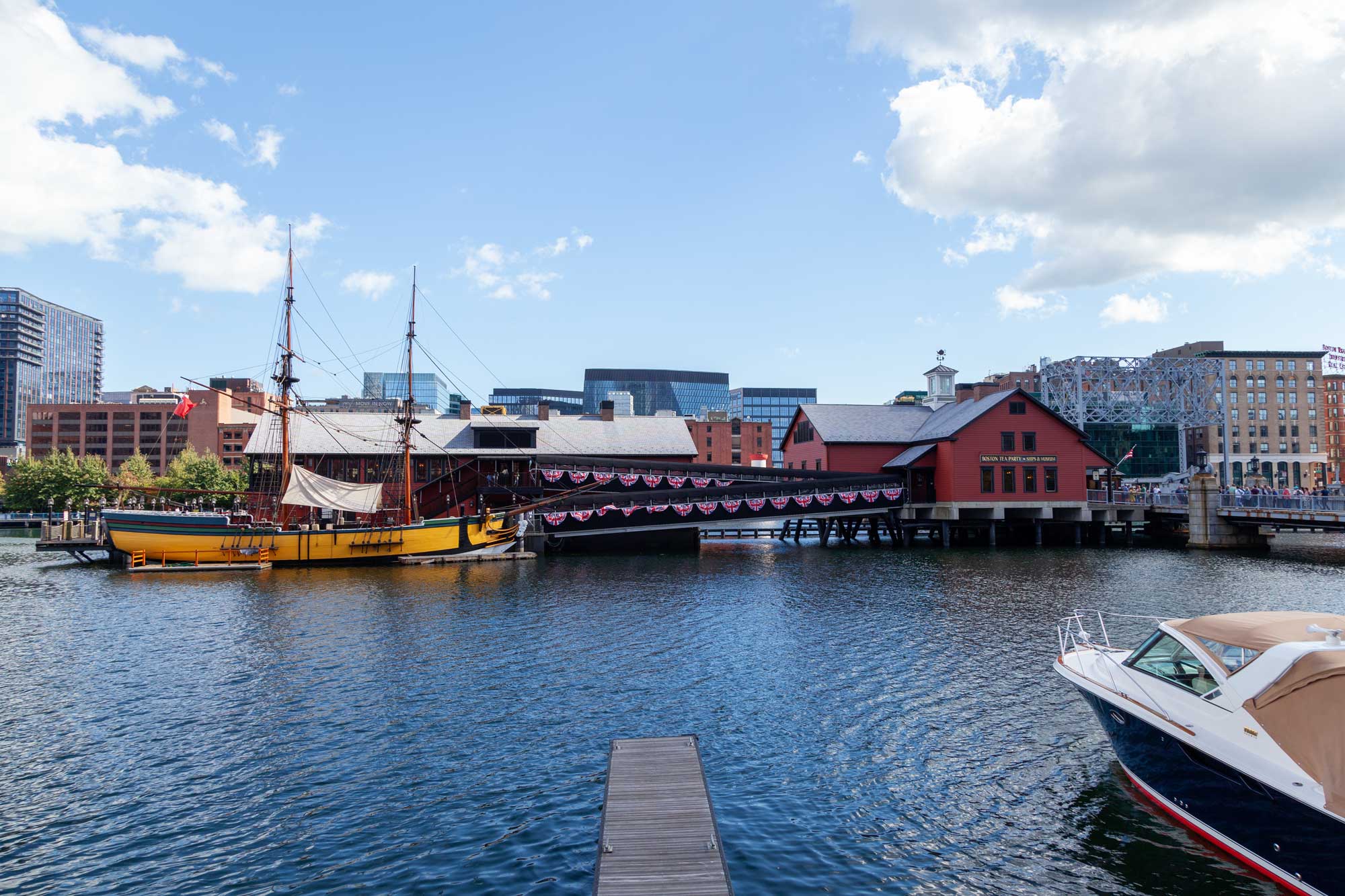

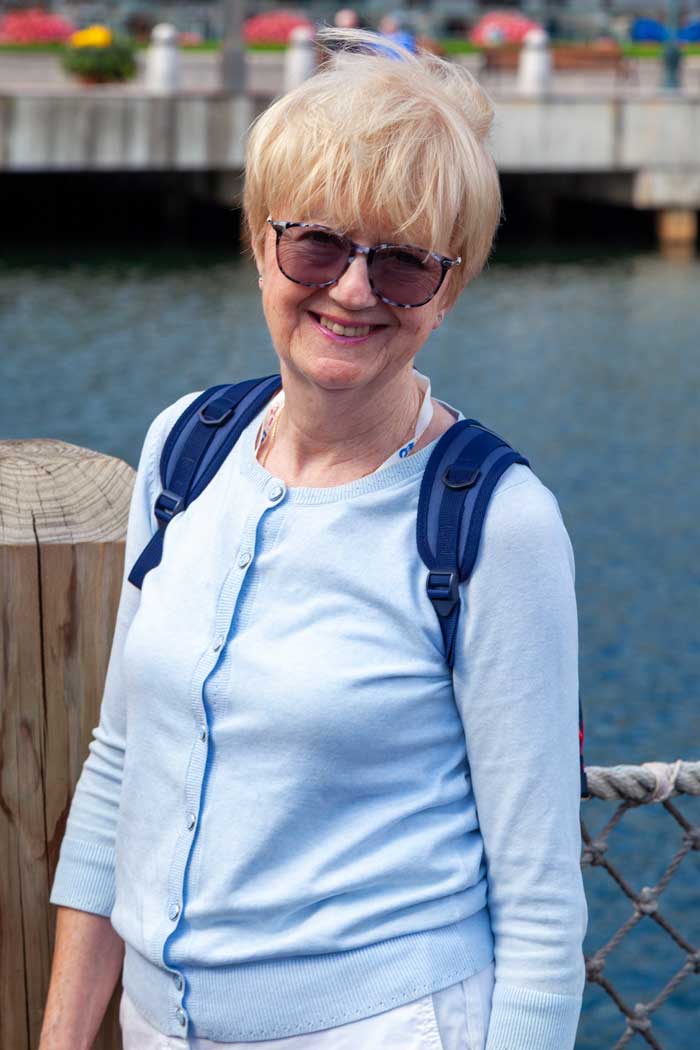
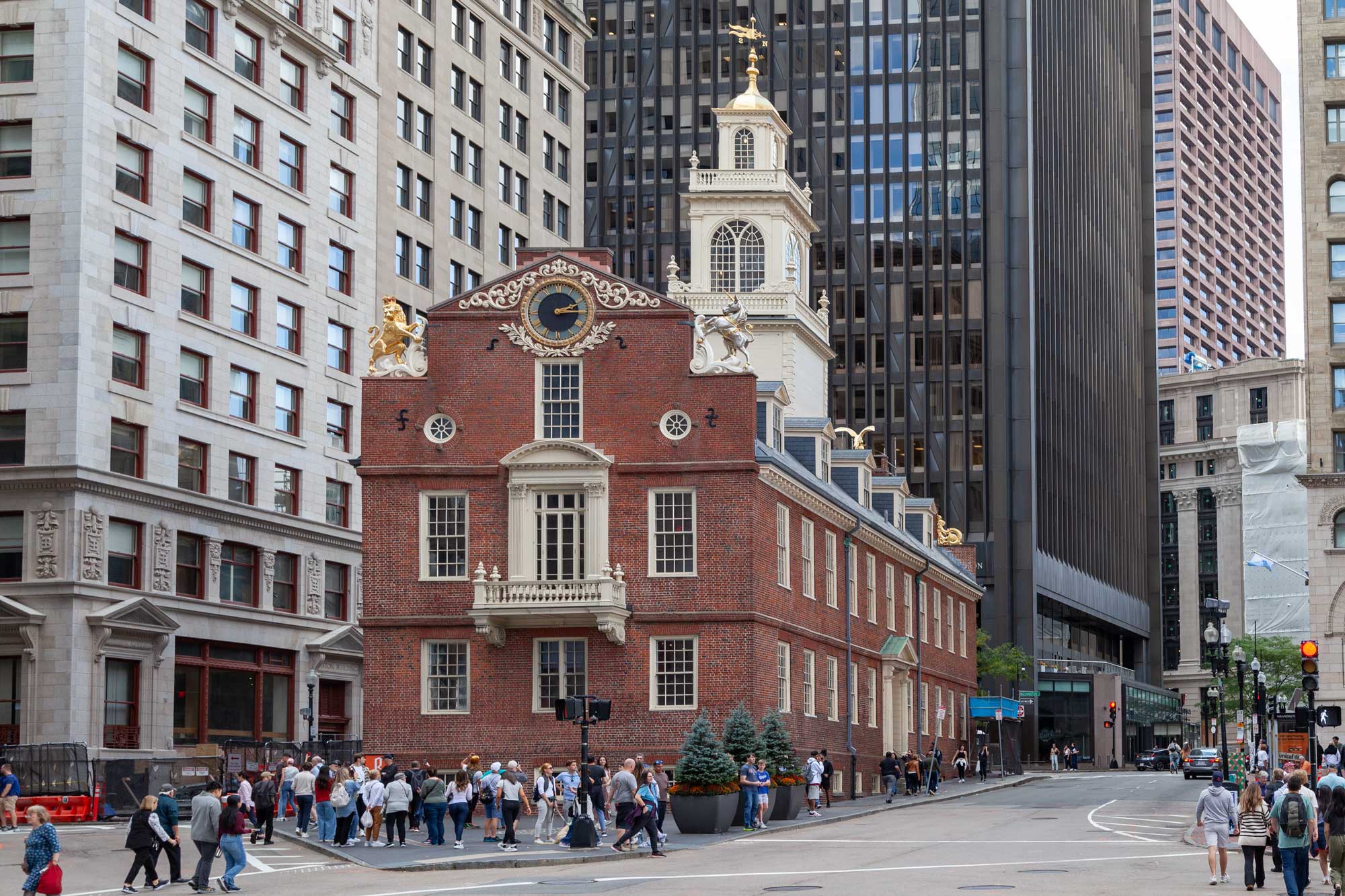

Quincy Market was full of food stalls selling all kinds of food to eat for lunch. Outside there were street entertainers, so it was very reminiscent of Covenant Garden Market in London

Immediately opposite Quincy Market is Fanueil Hall. A plaque inside the Hall tells us that "Merchant Peter Faneuil funded the original hall to create a central marketplace for Boston. He included a meeting place upstairs to appease opposition to such a market Shortly after the Hall's completion, the town named the building in Faneuil's memory".
Nowadays the Hall is home to various expensive shops.
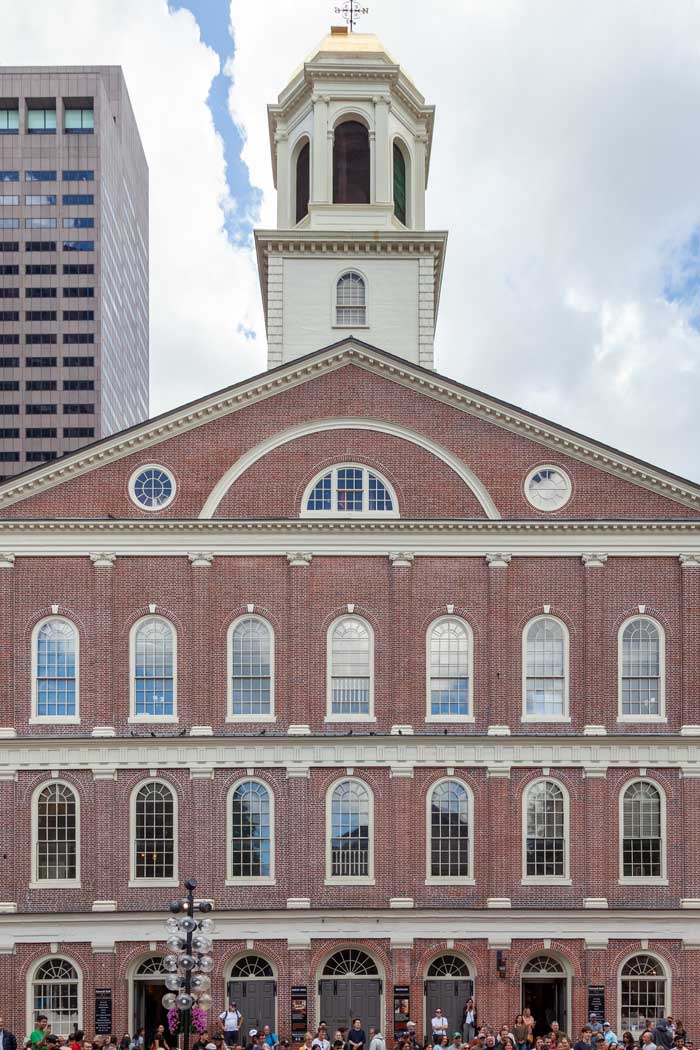
Some of the entertainers outside Quincy Market were breakdancers.
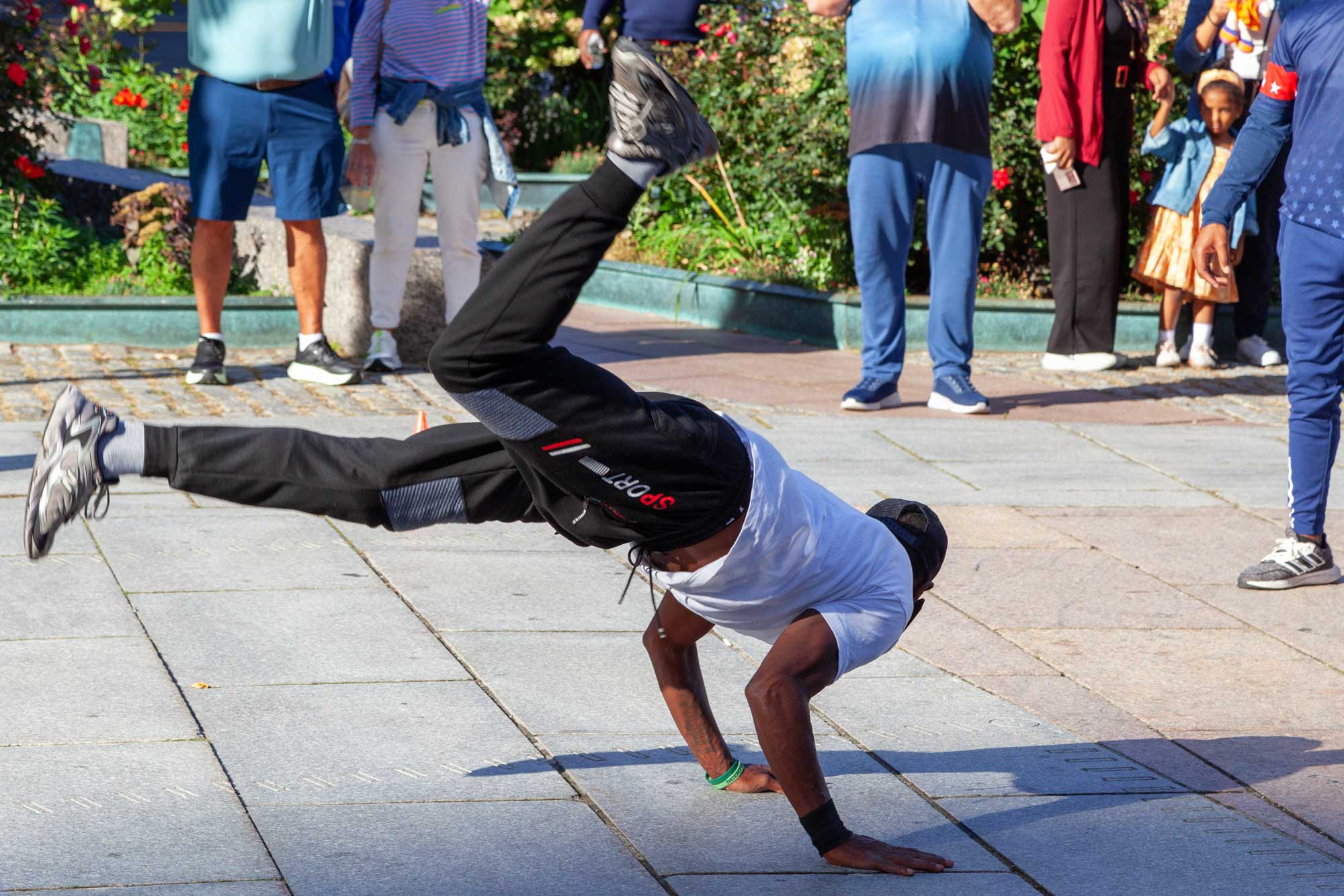
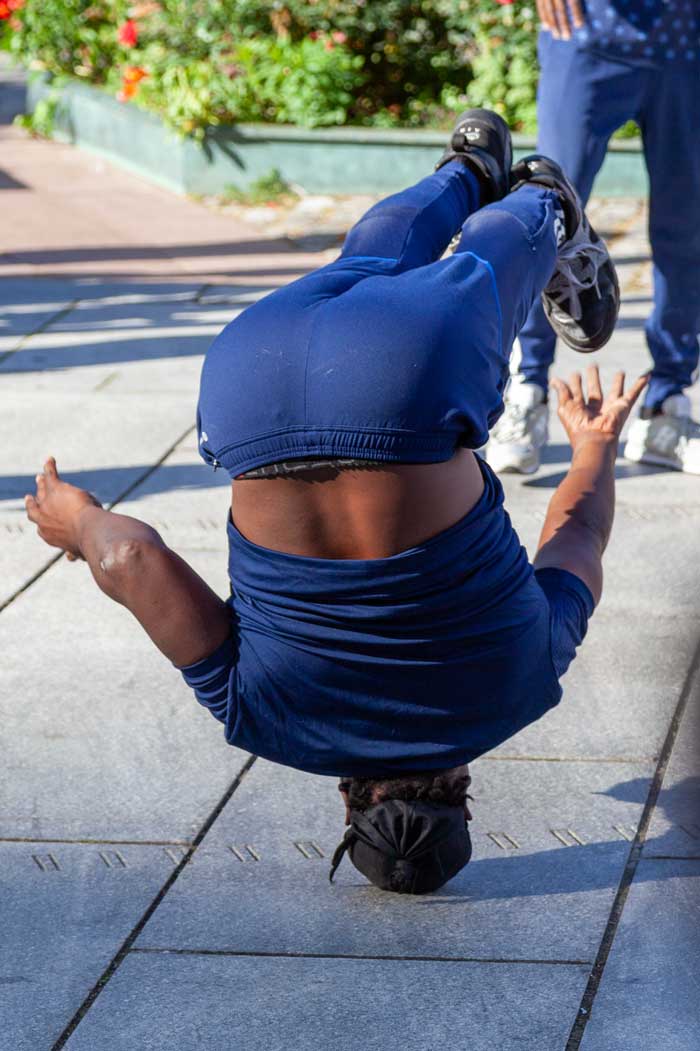
We spent a couple of minutes watching them and then they selected me (and some others) out of the audience to join them ... I reluctantly agreed!!
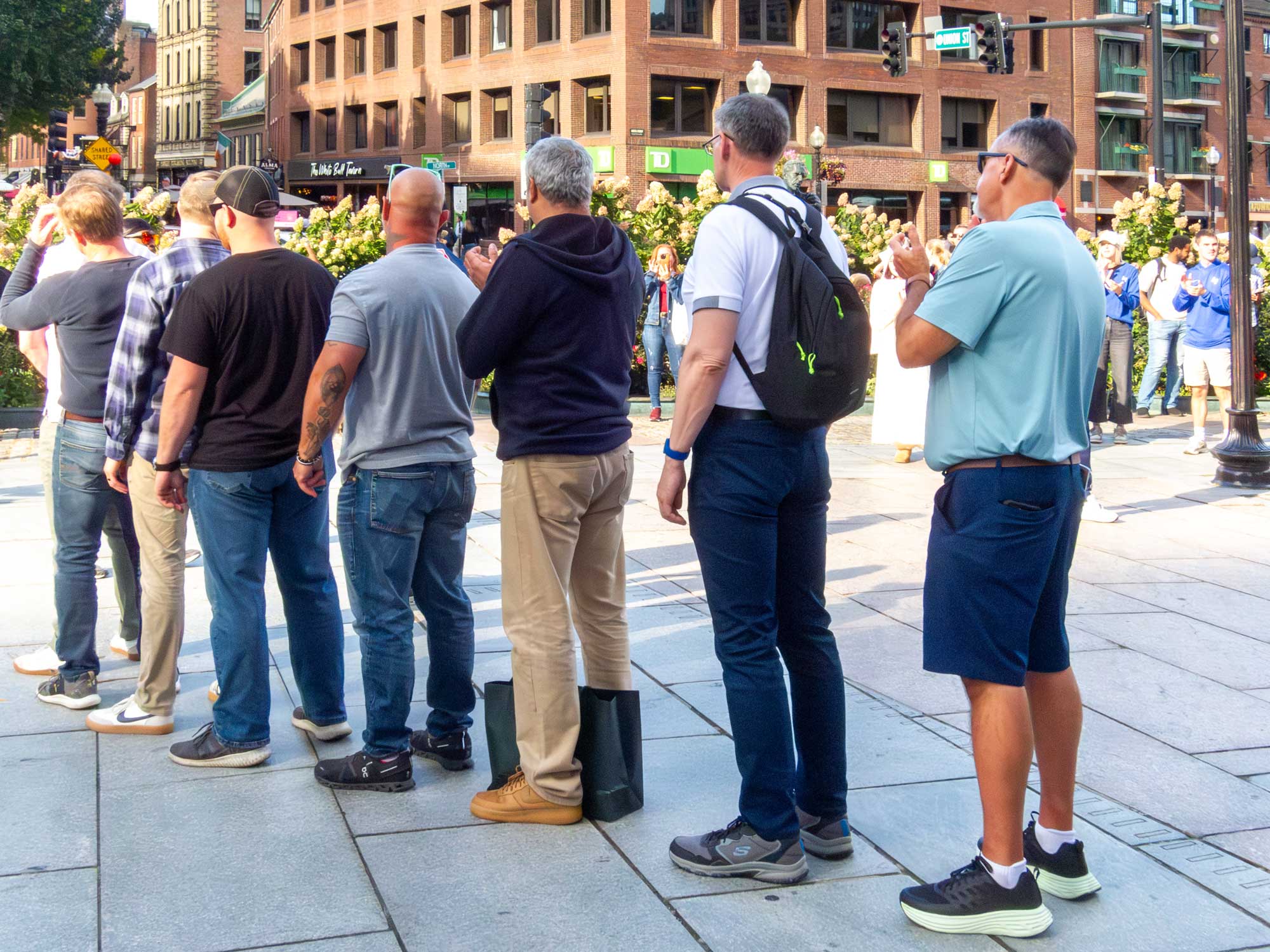
What happened next? Ask me next time you see me!!
There are a few towns or cities called "St John" in Canada, so Saint John, New Brunswick distinguishes itself from the rest by always calling itself "Saint" rather than simply "St".
The main attraction in the city itself are the "Reversing Falls". The city is set on the Bay of Fundy which has the highest tides in the world. The force of the tide is such that, as the tide is coming in, it forces the river to flow backwards on itself. There's a bridge on the outskirts of town underneath which there as some rapids and this area gives itself to the name "Reversing Falls" because of the unusual phenomena.
We arrived early in the morning and high tide wasn't until 3.30pm that day and so, although we walked the couple of miles to the bridge, the "Reversing Falls" weren't "doing their thing".


We walked back into the centre and visited the local market hall.
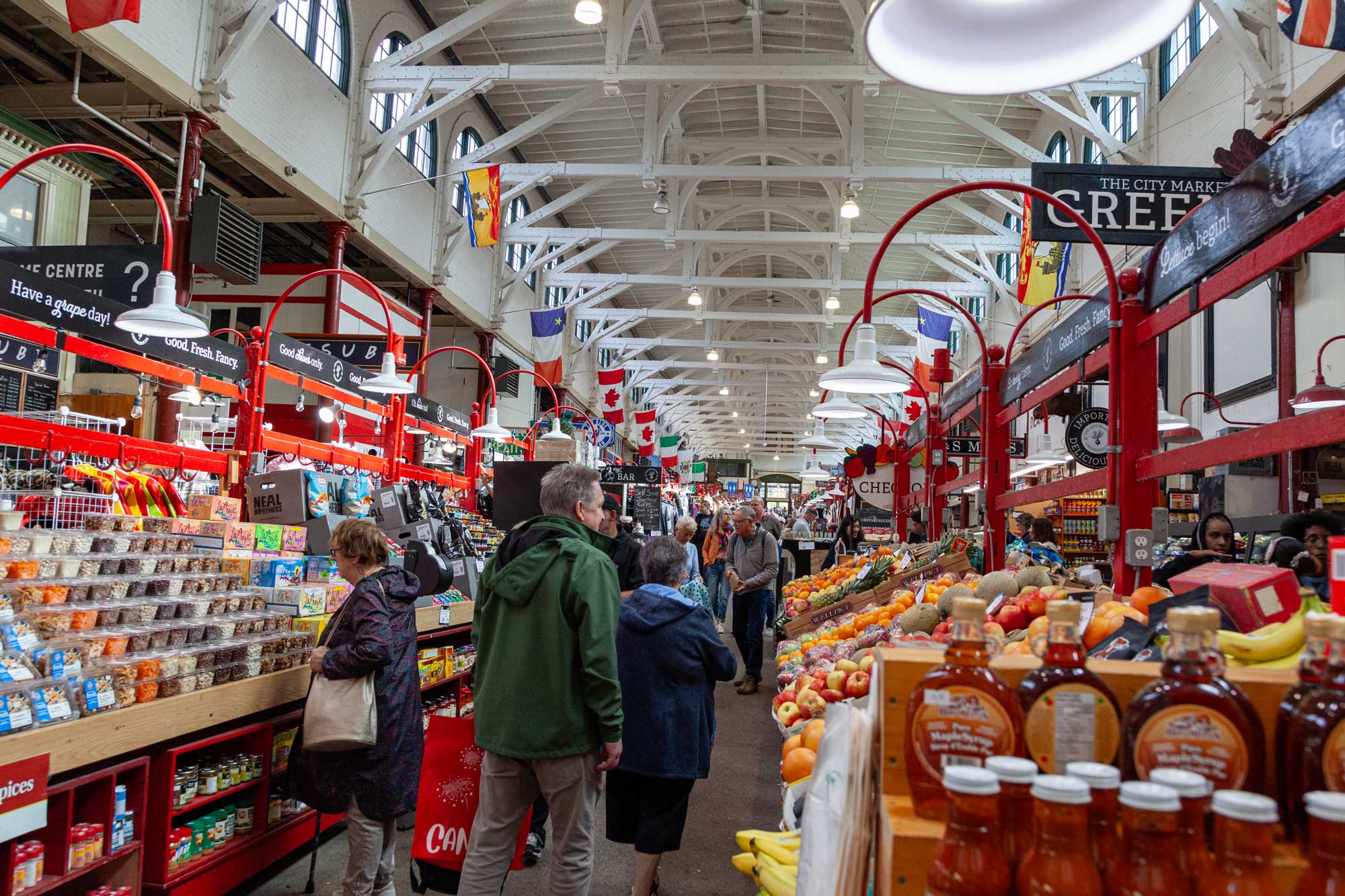
A local police car...
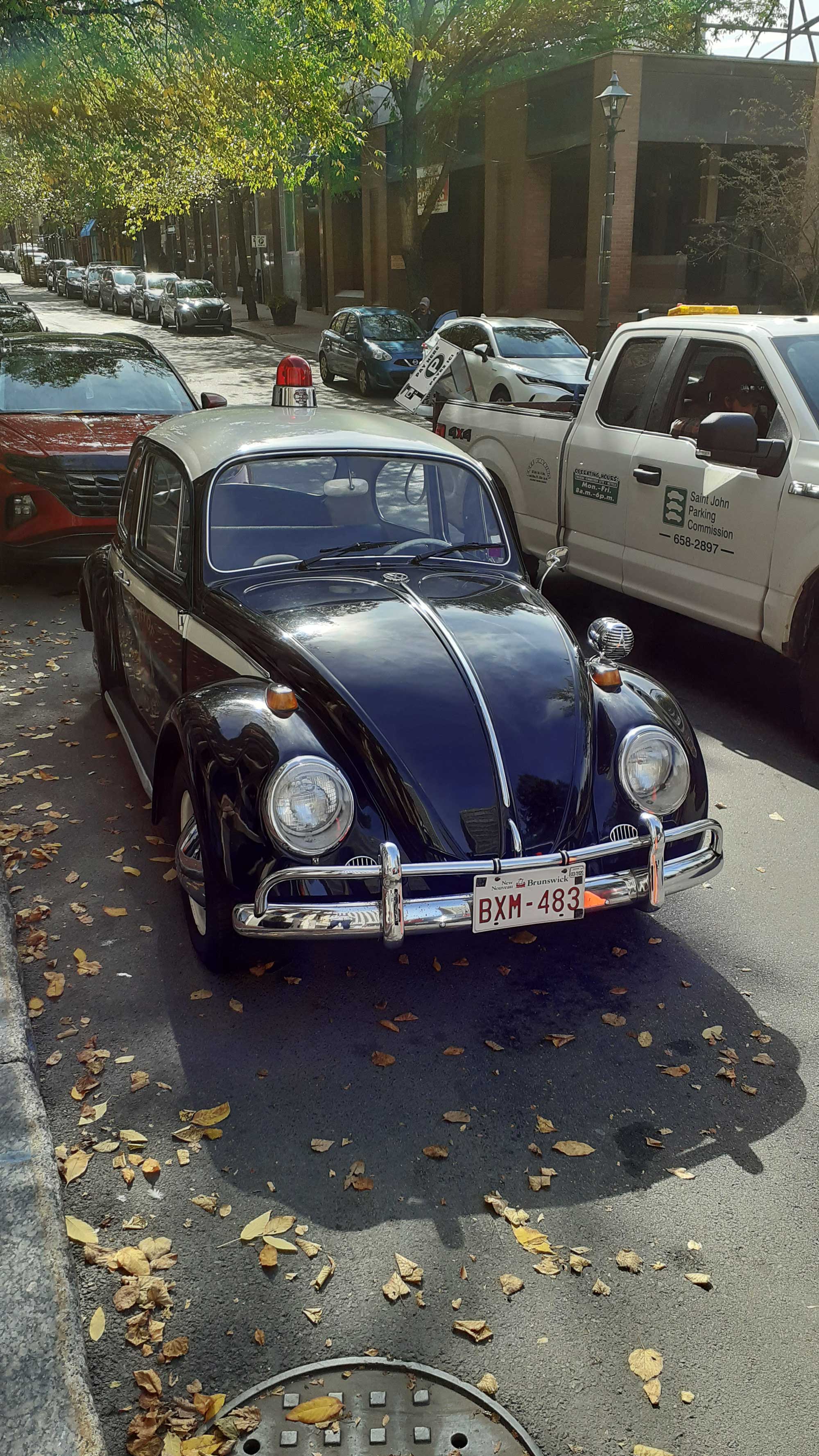
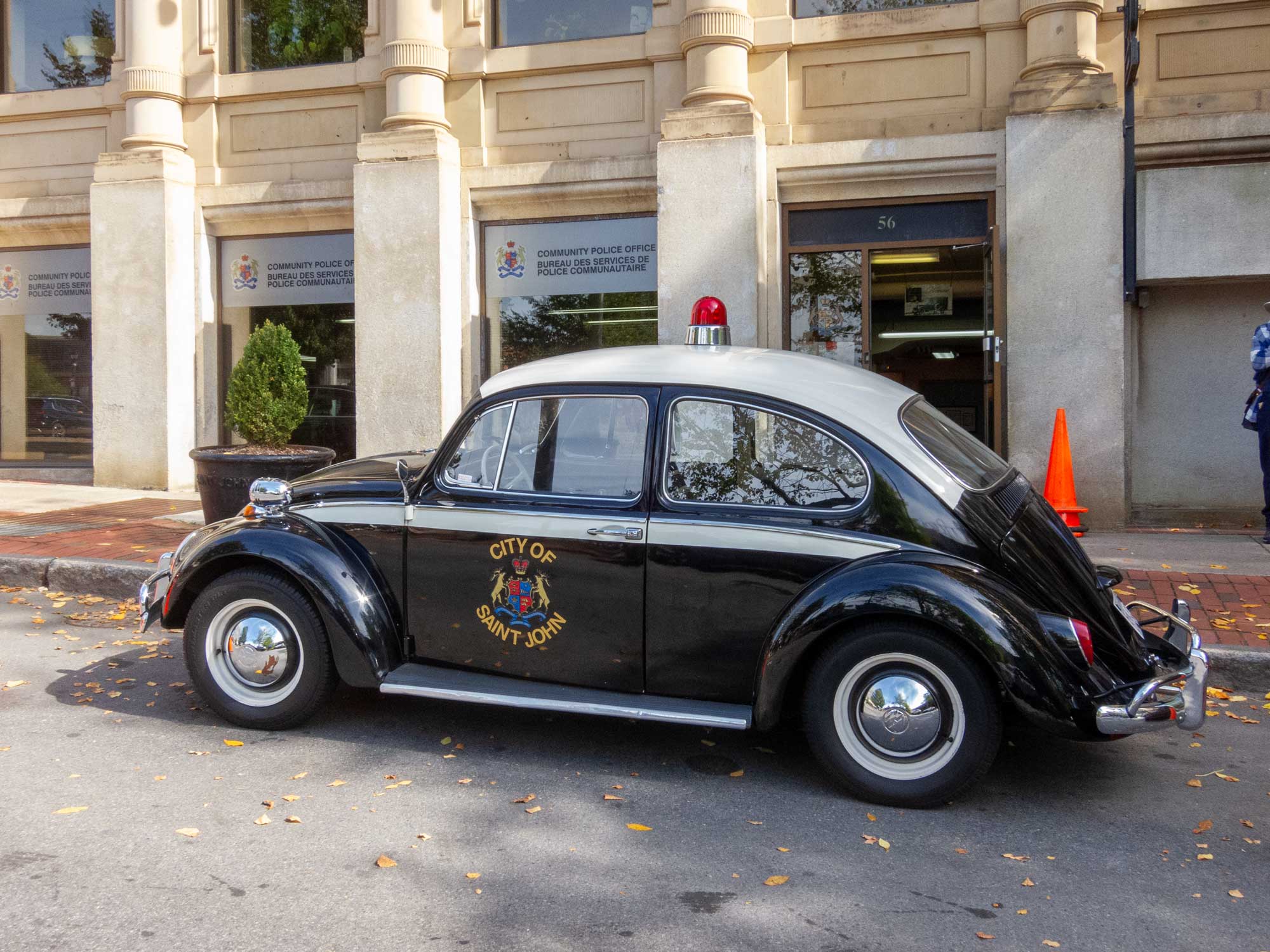
On the quayside where our ship had docked there was a "container village" - basically a few rows of shipping containers that had been converted into shops.
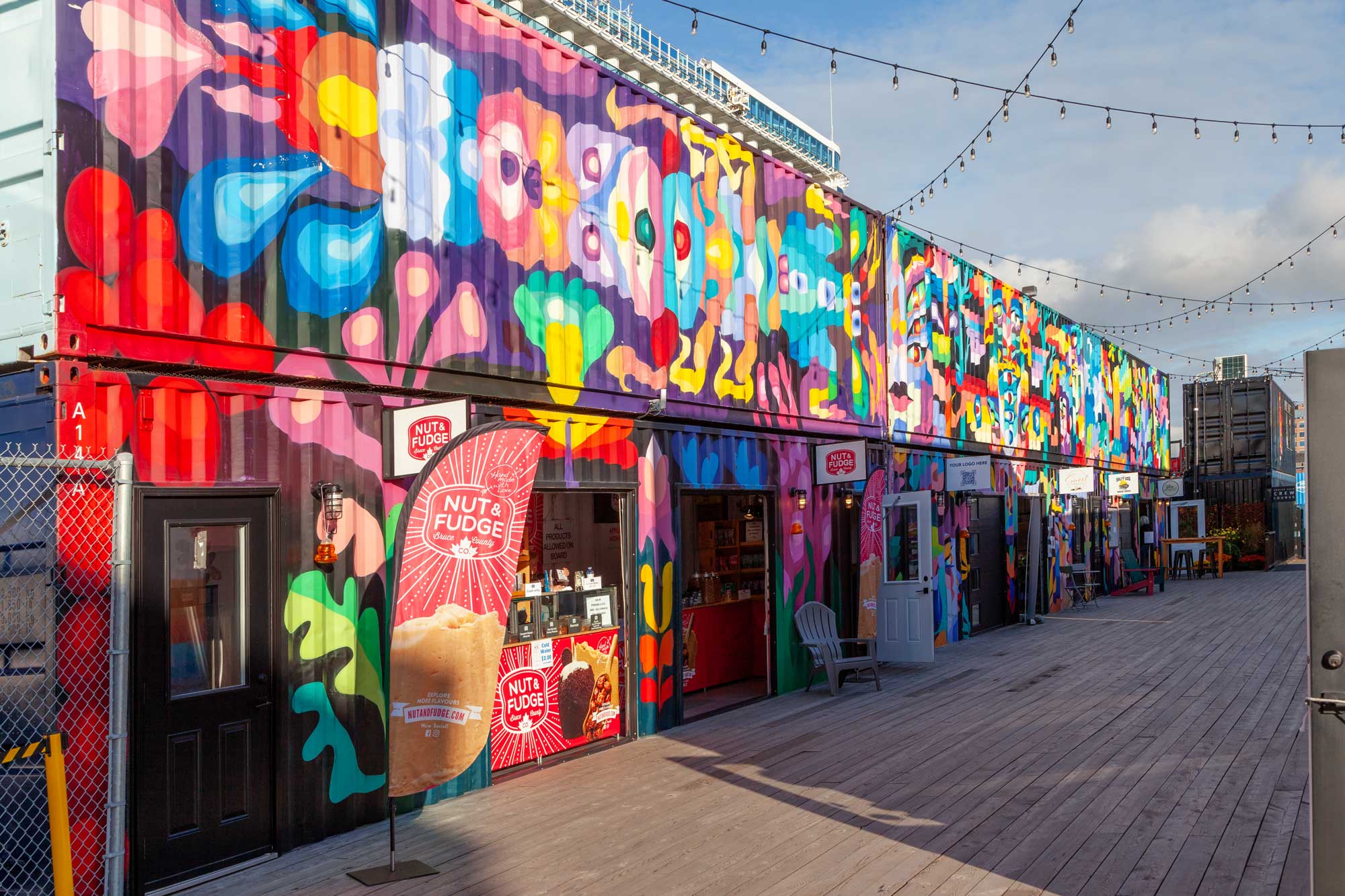
Saint John marked the end of our visit to Canada and the United States and now we started our long voyage home across the Atlantic Ocean.
After the first couple of days, however, we had to alter course and head back towards Newfoundland as there was a medical emergency onboard and we had to get close enough for a helicopter to be sent out to the ship to pick up the unfortunate passenger.
The rest of the time was spent enjoying the facilities onboard ... particularly the food!! (and then copious visits to the gym to work off the excess weight gained!).
On the final night of our Atlantic crossing, we had the last formal night on the ship.
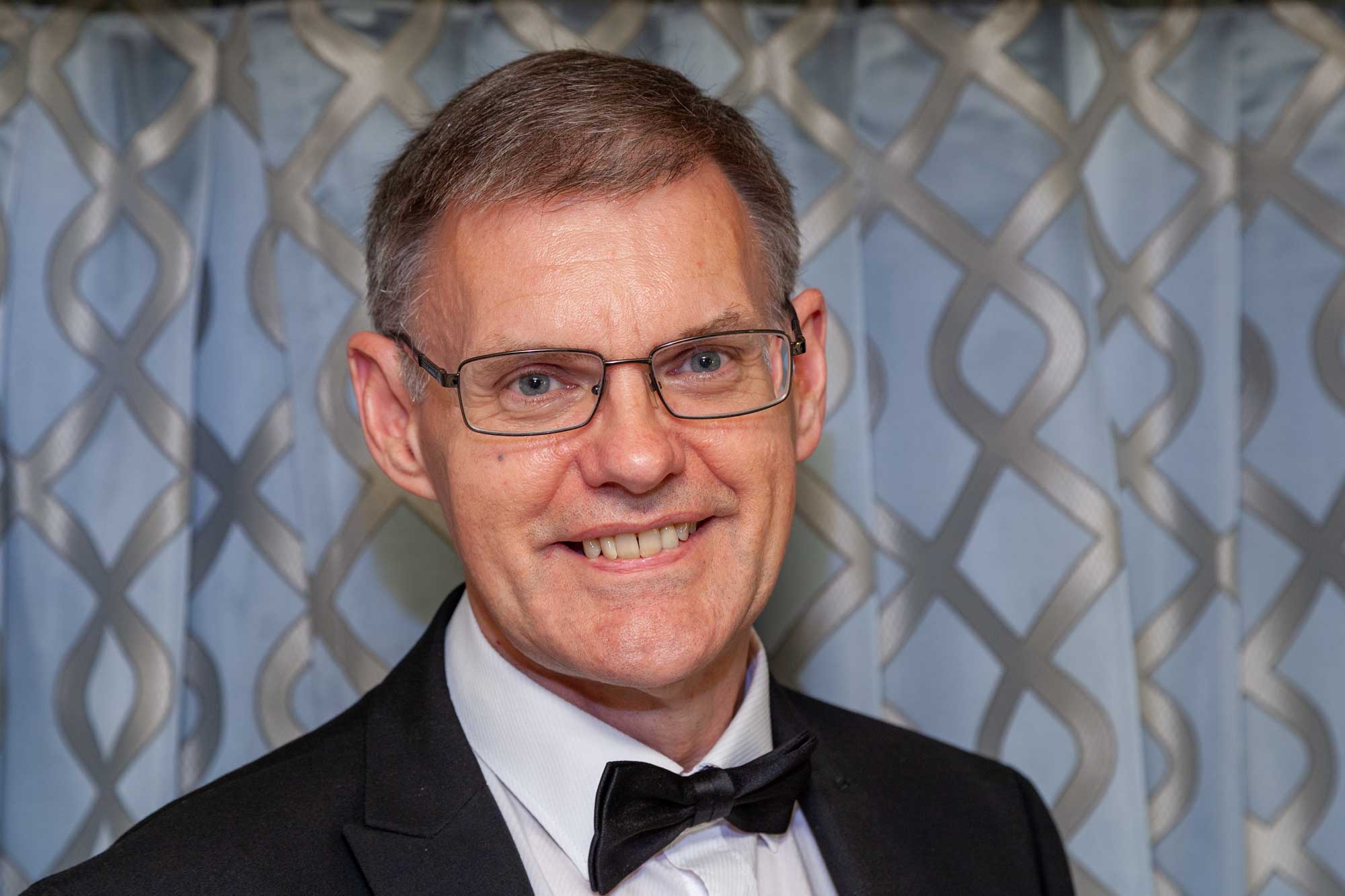
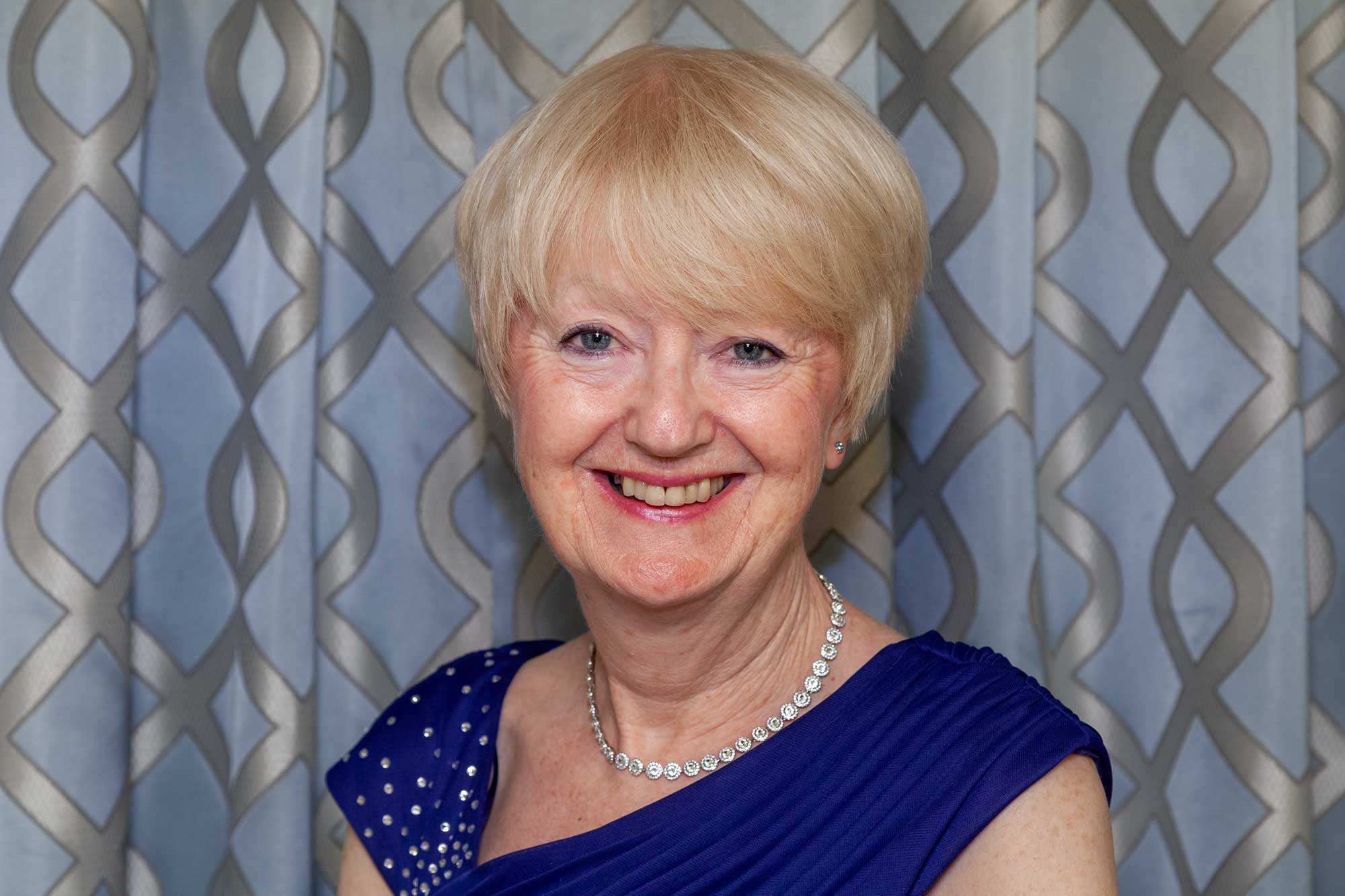
Brest has been a fortified city since Roman times. It was developed as a military base and arsenal by Cardinal Richlieu in 1631 and it is now one of three French naval bases.
Much of Brest was destroyed during the Second World War although the thirteenth century castle survived and is now used as the National Maritime Museum.
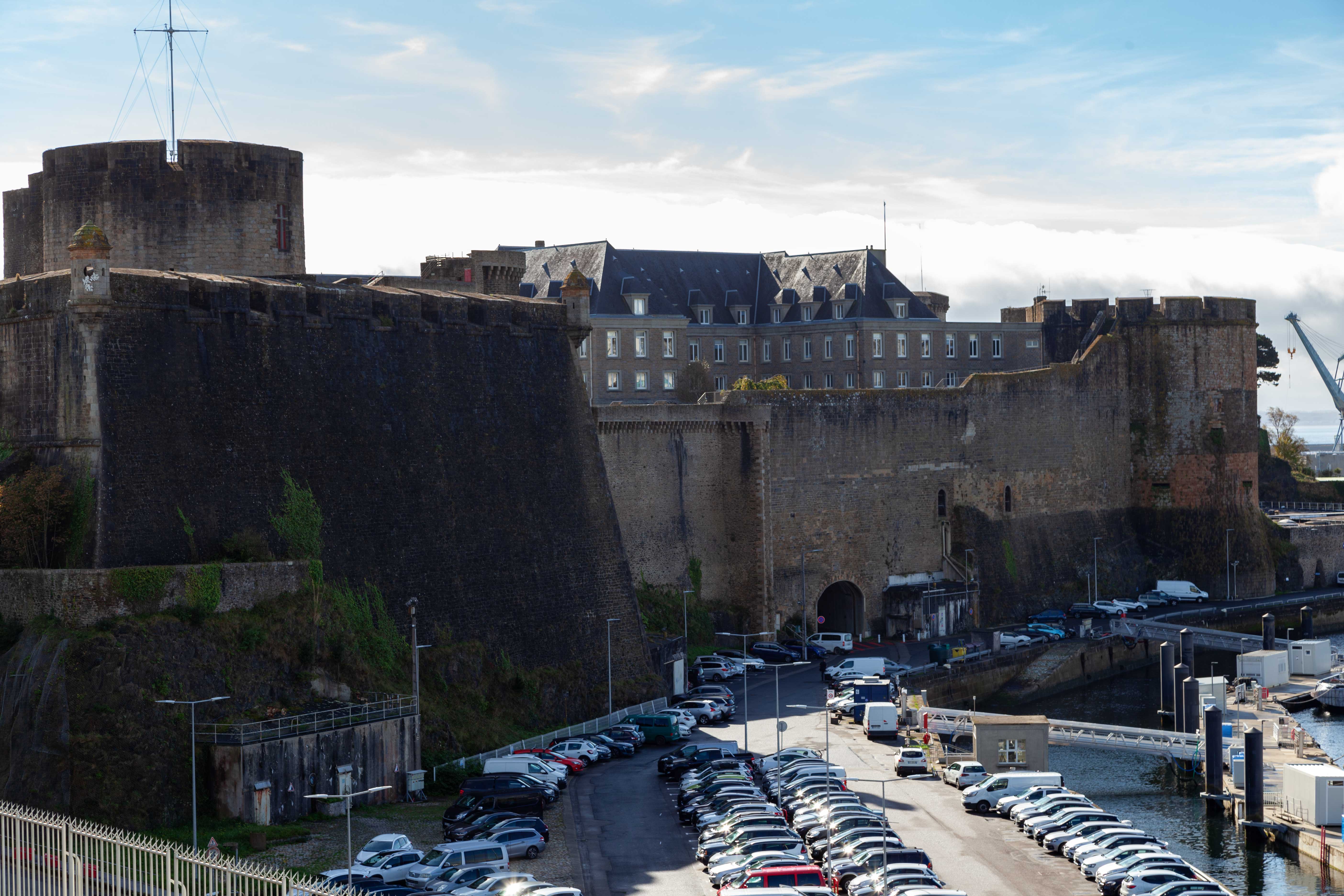
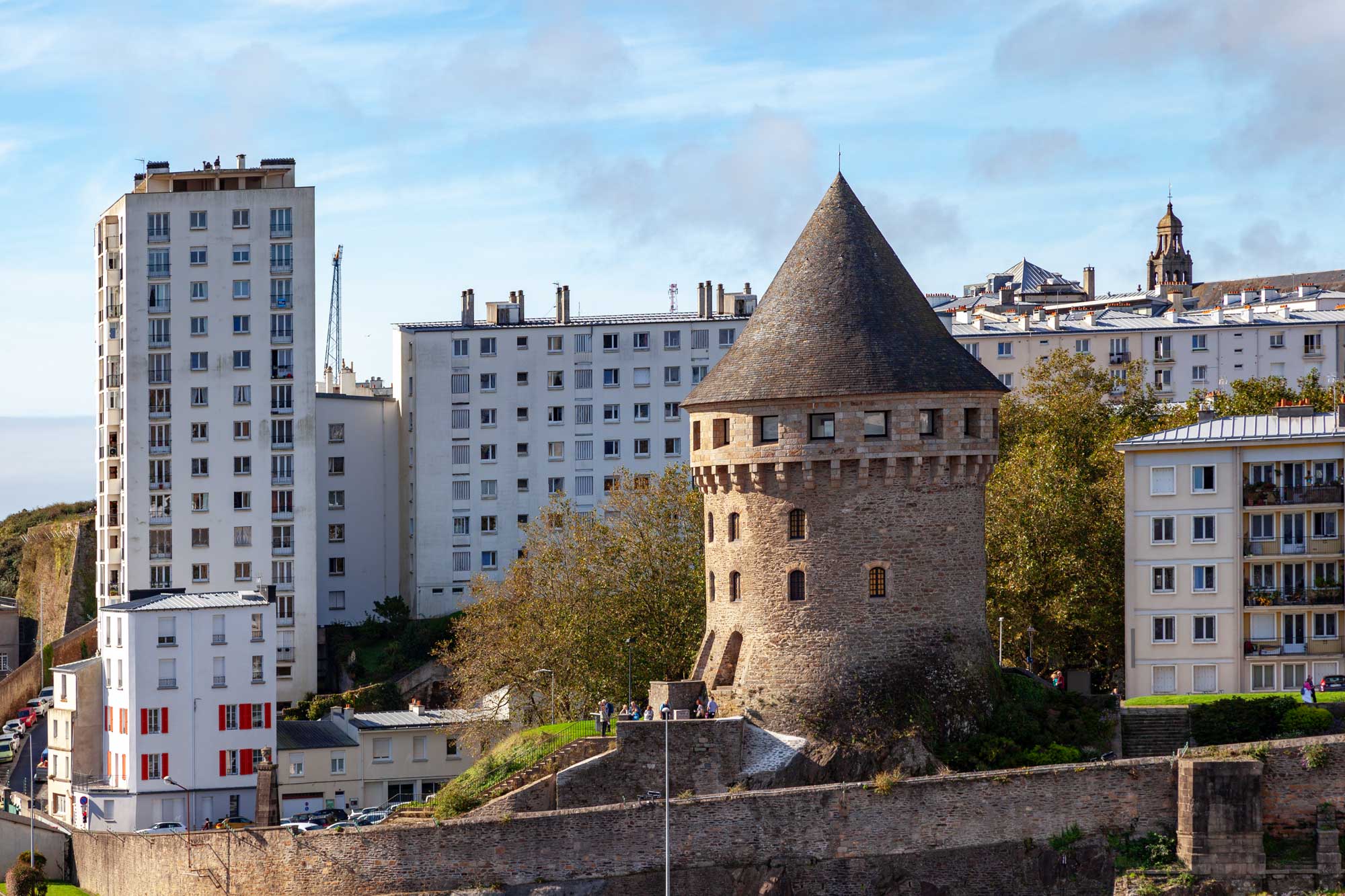





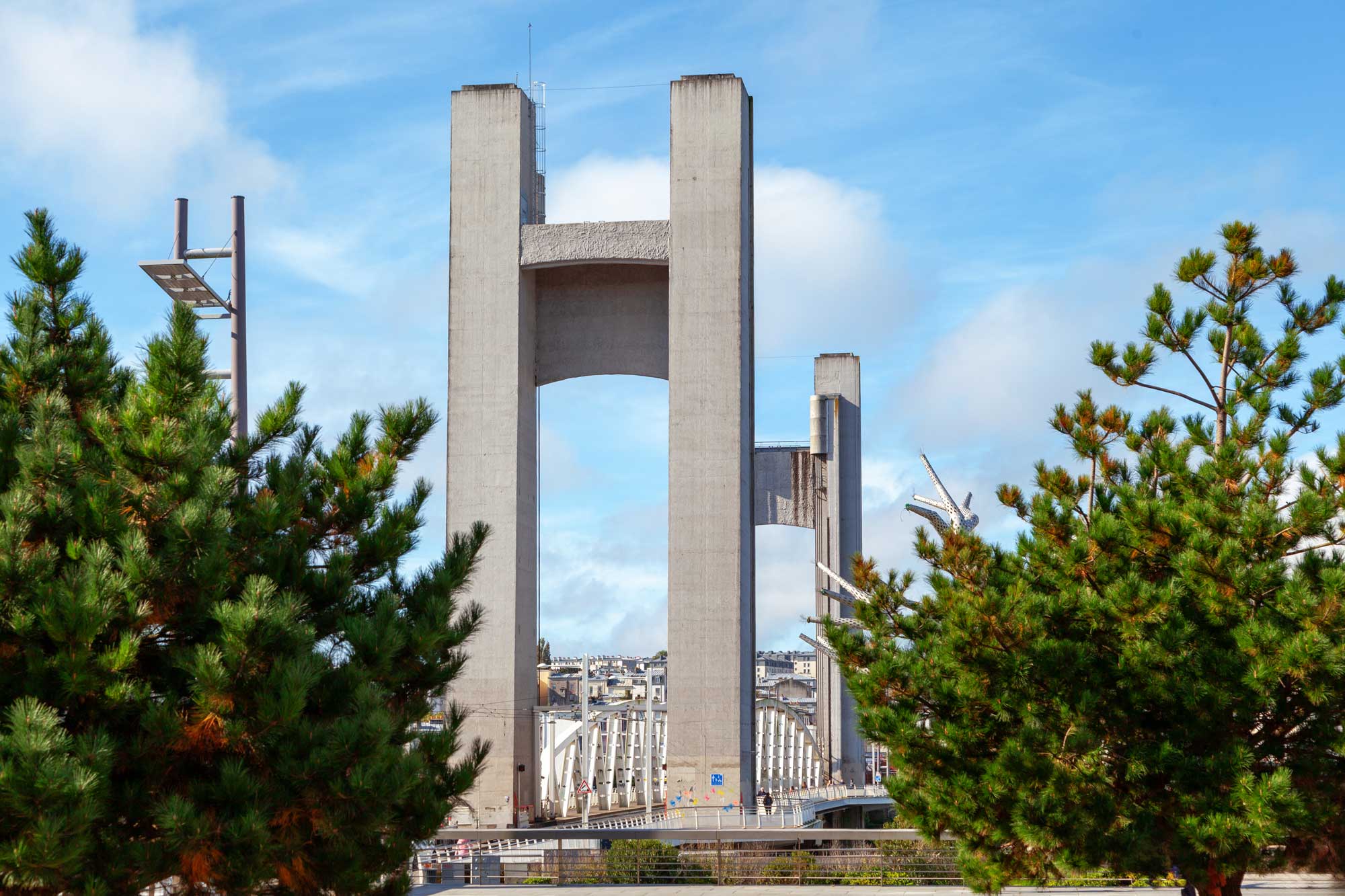
Today we've reached our final stop before returning to Southampton tomorrow morning.
We are in Cherbourg. The city and the surrounding area has been the home of conquerors ever since Julius Caesar's armies ousted the Celts in the 1st Century BC and named their new port Coriallum.
The close proximity to England made the port valuable to the Vikings who arrived in the 9th century and used the renamed port of Carusburg, as a base to attack England.
For the next 500 years Cherbourg bounced back and forth between French and English hands until 1540 when it finally became a permanent part of France.
In 1802 Napoleon fortified the city to prevent British attacks and also with the intention of using it as a base from which to launch his invasion of Britain.
During the Second World War, it was conquered by Nazi Germany who used it as a base for U-boats. It was liberated from them as an early success of the D-day landings in Normandy.
We walked from the cruise terminal at Quai de France to Place Napoléon, from where we could see a statue of Napoleon and the nearby Basilique Sainte-Trinité (an 11th century church).

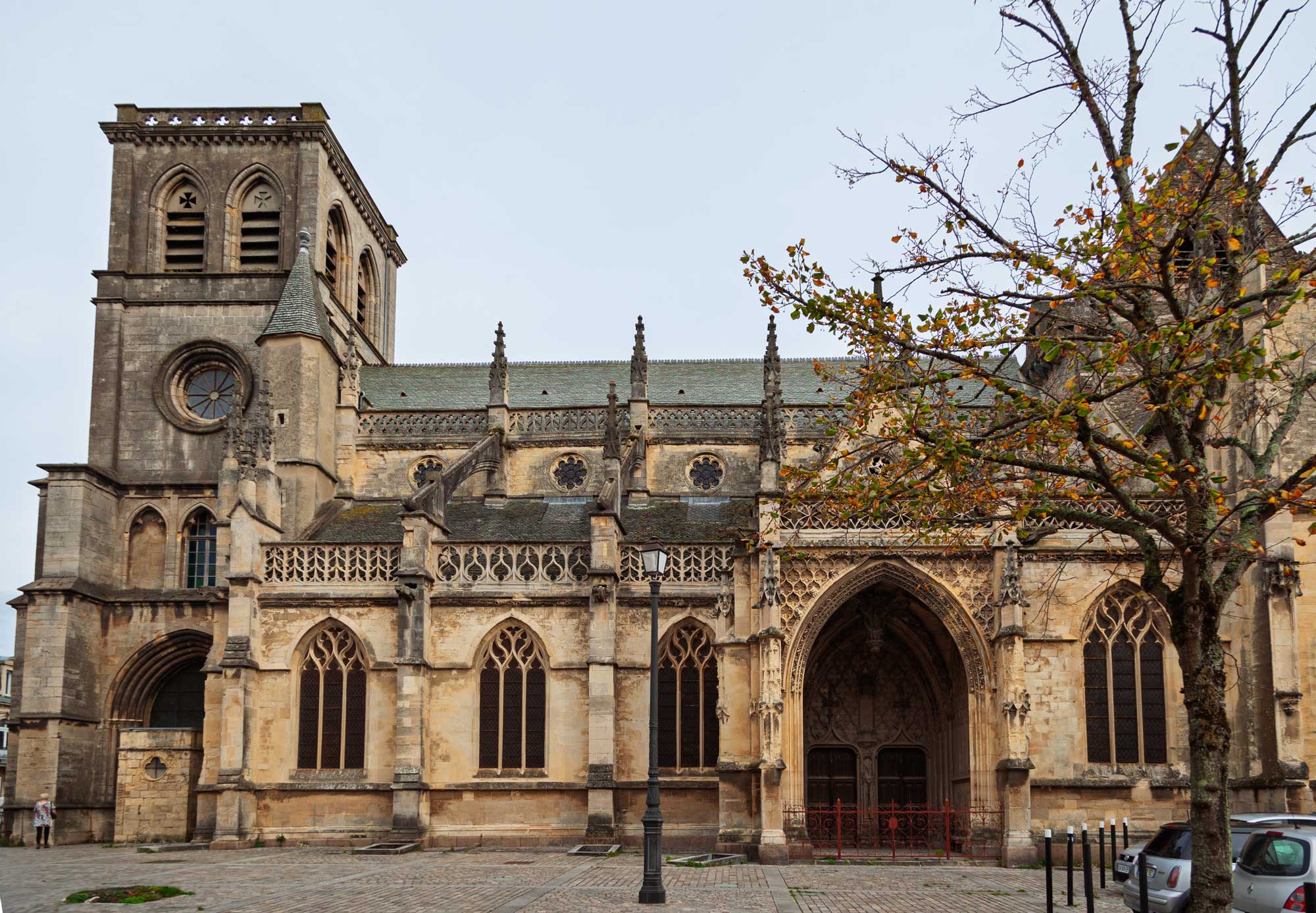
The inside of the church was very interesting as above the altar were statues but they were set out in a sort of niche and this made them look like a 3-D painting. The camera doesn't properly show the real effect.
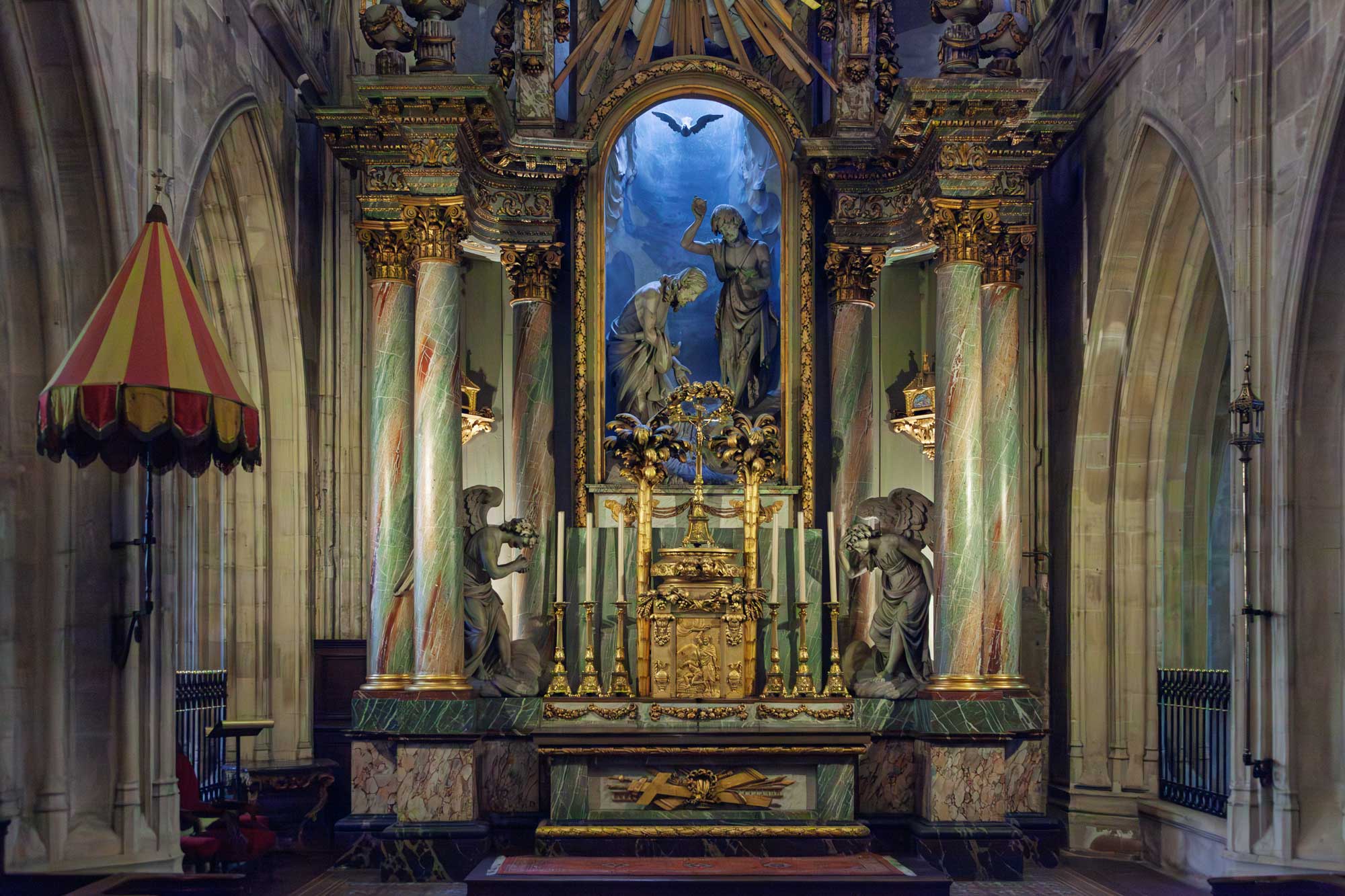
The other interesting thing was that the artwork on the columns had been preserved and still showed their colours. Presumably this would have been what columns in old English churches would also have looked like (i.e. colourful rather than the plain columns we see today).
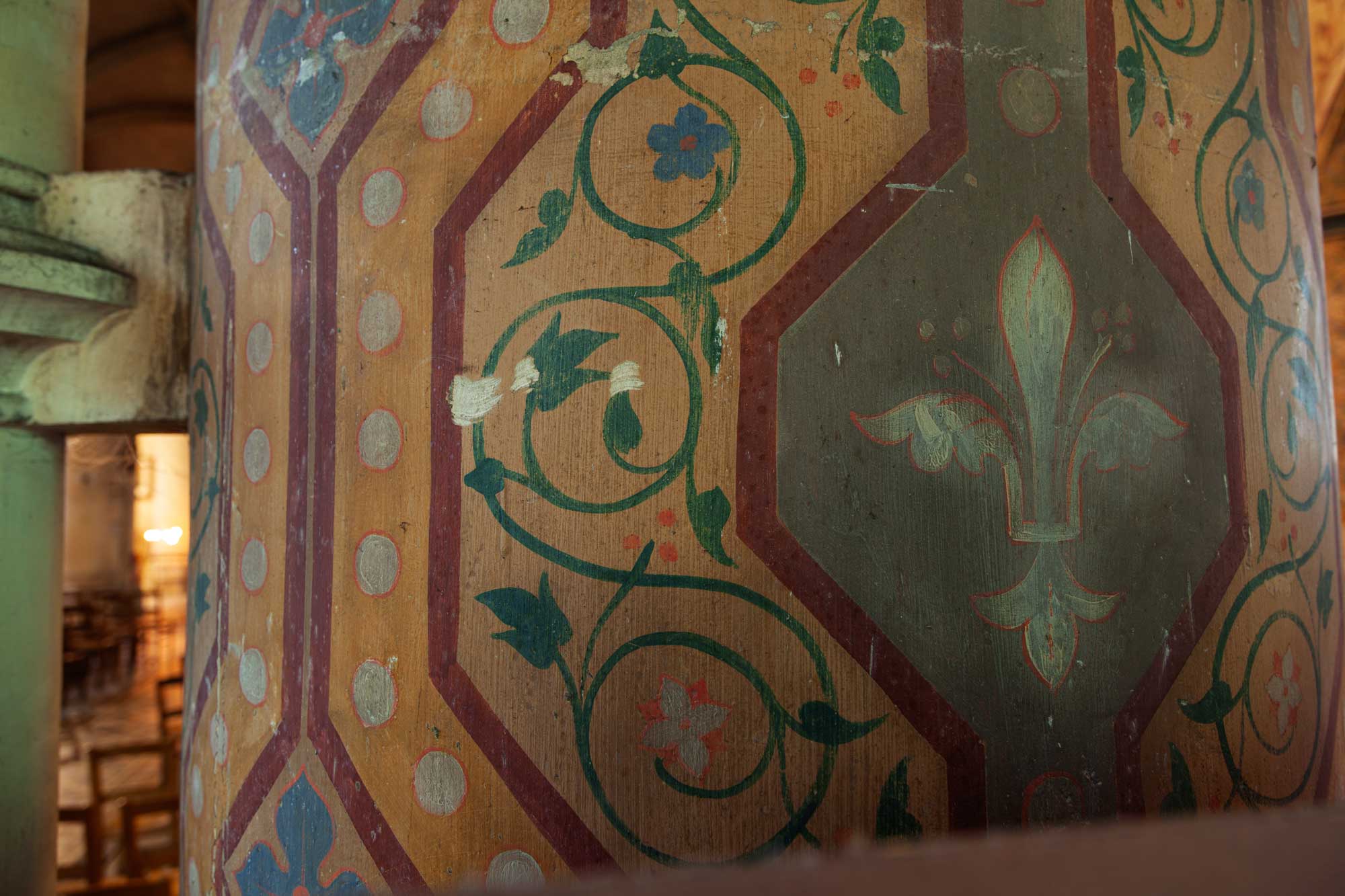
After visiting the church we made our way around the various shops in the centre of Cherbourg. It wasn't bad for shopping. At least much better than Brest.
We stopped off at a cafe (where Pat got a coffee) and tried out our French but it turned out that we needn't have done so as the waitress was part English.
One of the last things we did before going back to the ship was to try and buy a pair of shoes for me, but when I told the girl what size I took she almost broke out into fits of hysterics!! It must have been something I said ... I took off my shoes to check I'd got it right!!
We went to a show on our last night aboard the ship. It was starring Adam Barry who was described as a multi-instrumentalist. He played various guitars and drums (which included the Irish Bodhran and a suitcase!). He was really good. He played some Deep Purple, Guns N' Roses and Thin Lizzy which suited Pat down to the ground.
And thus ended our 2024 transatlantic cruise.